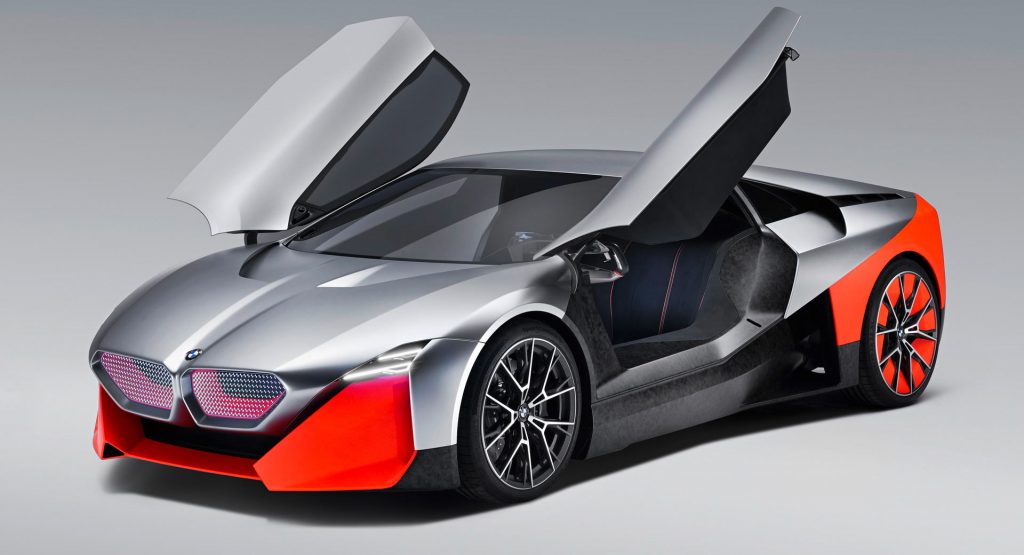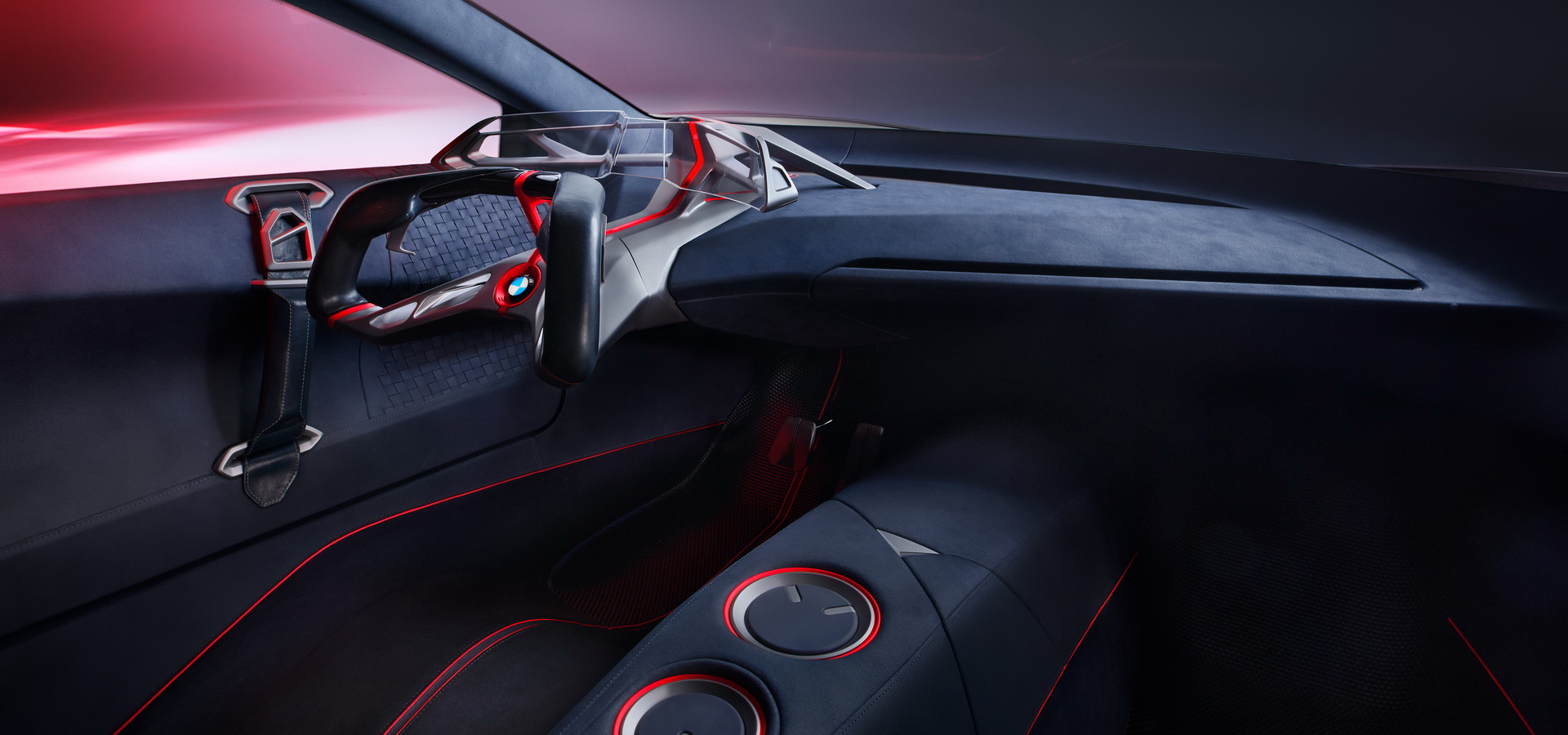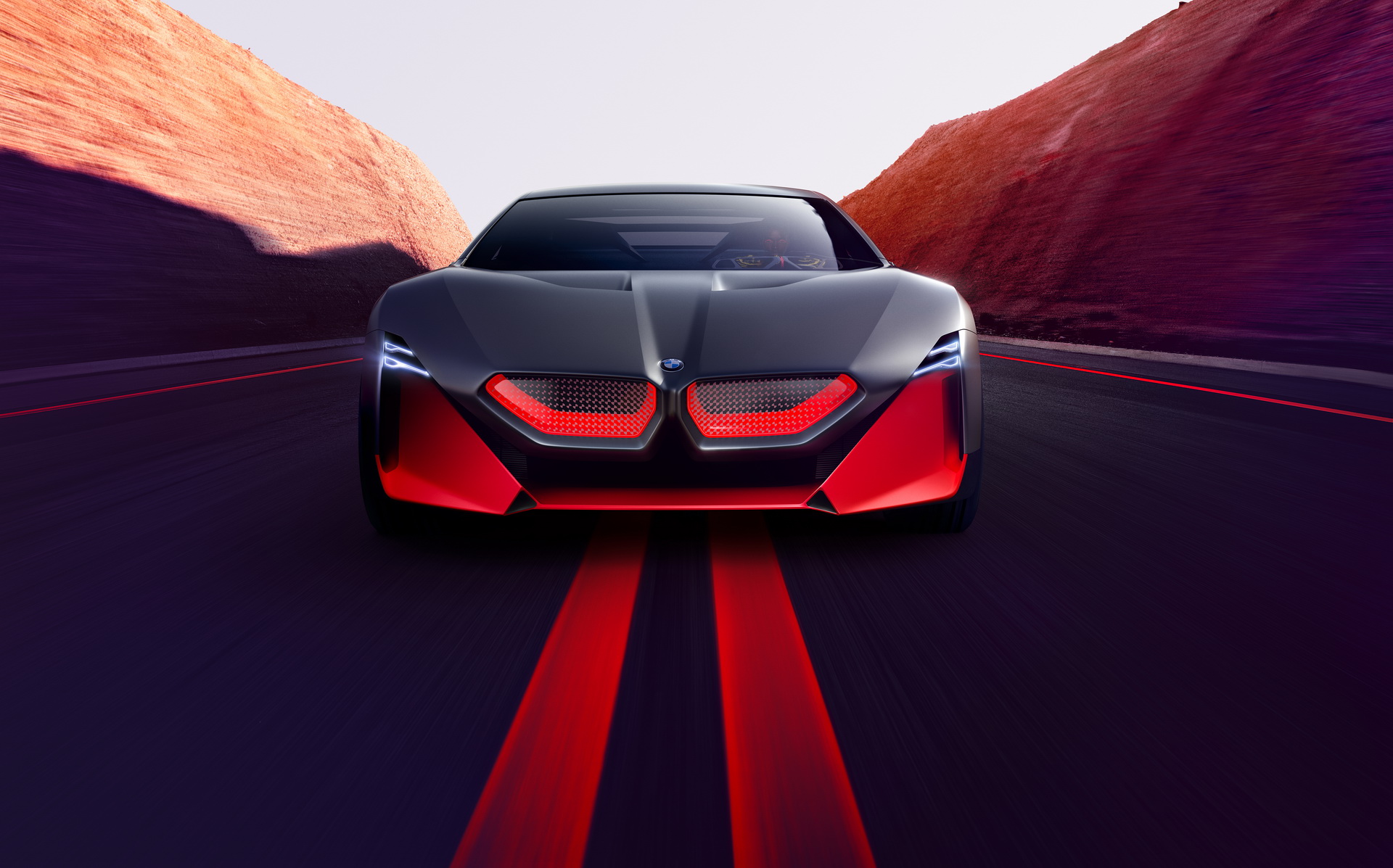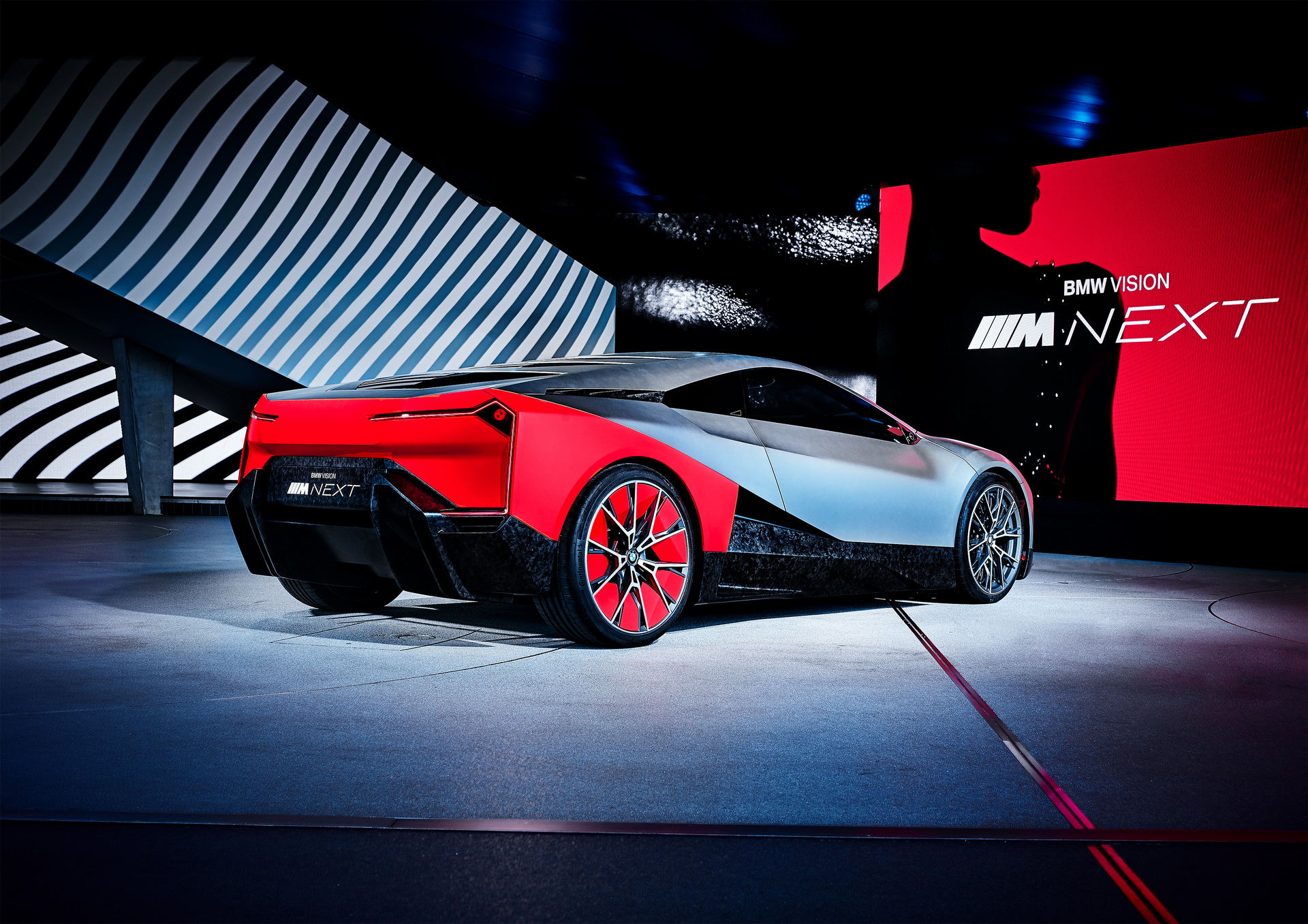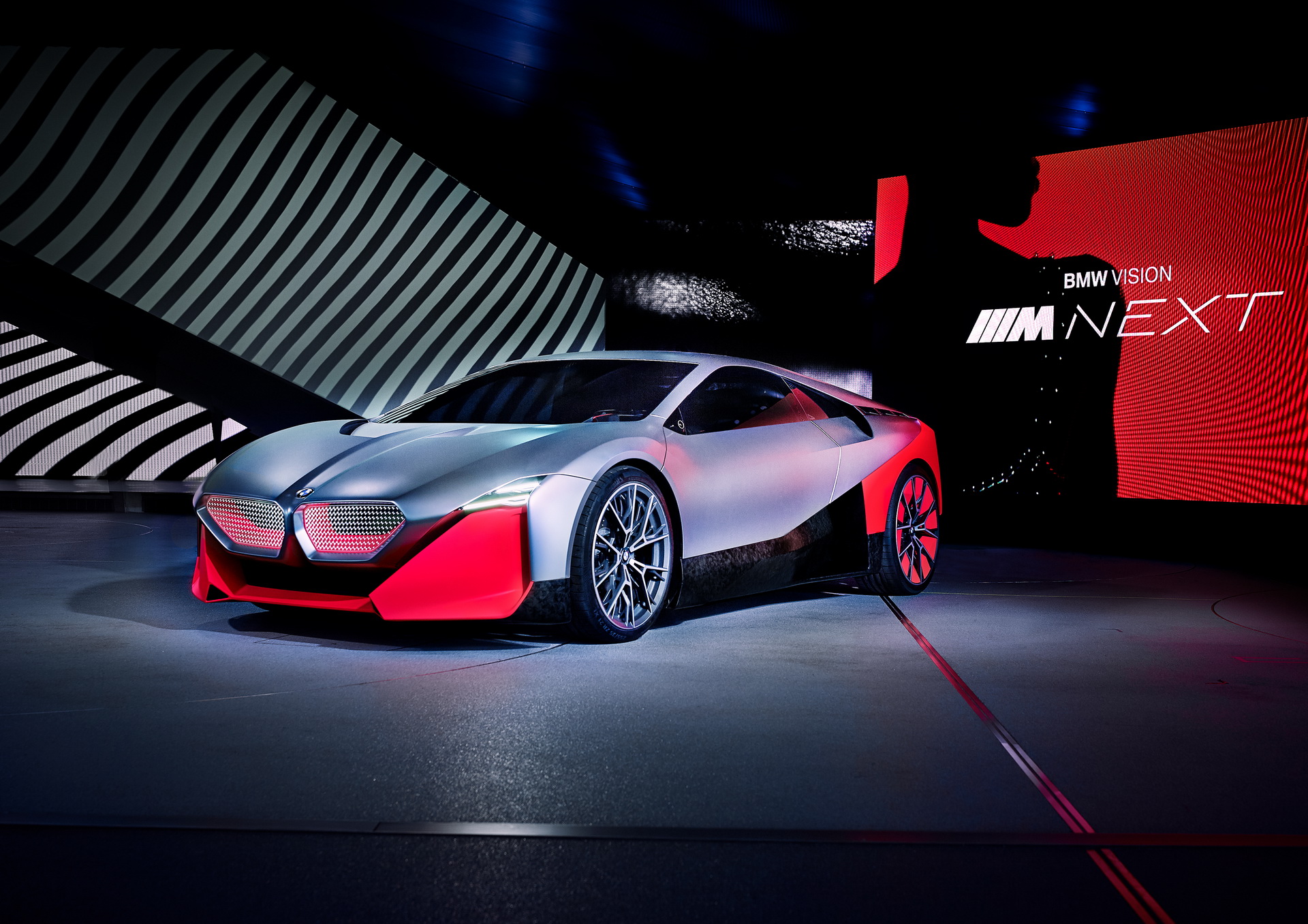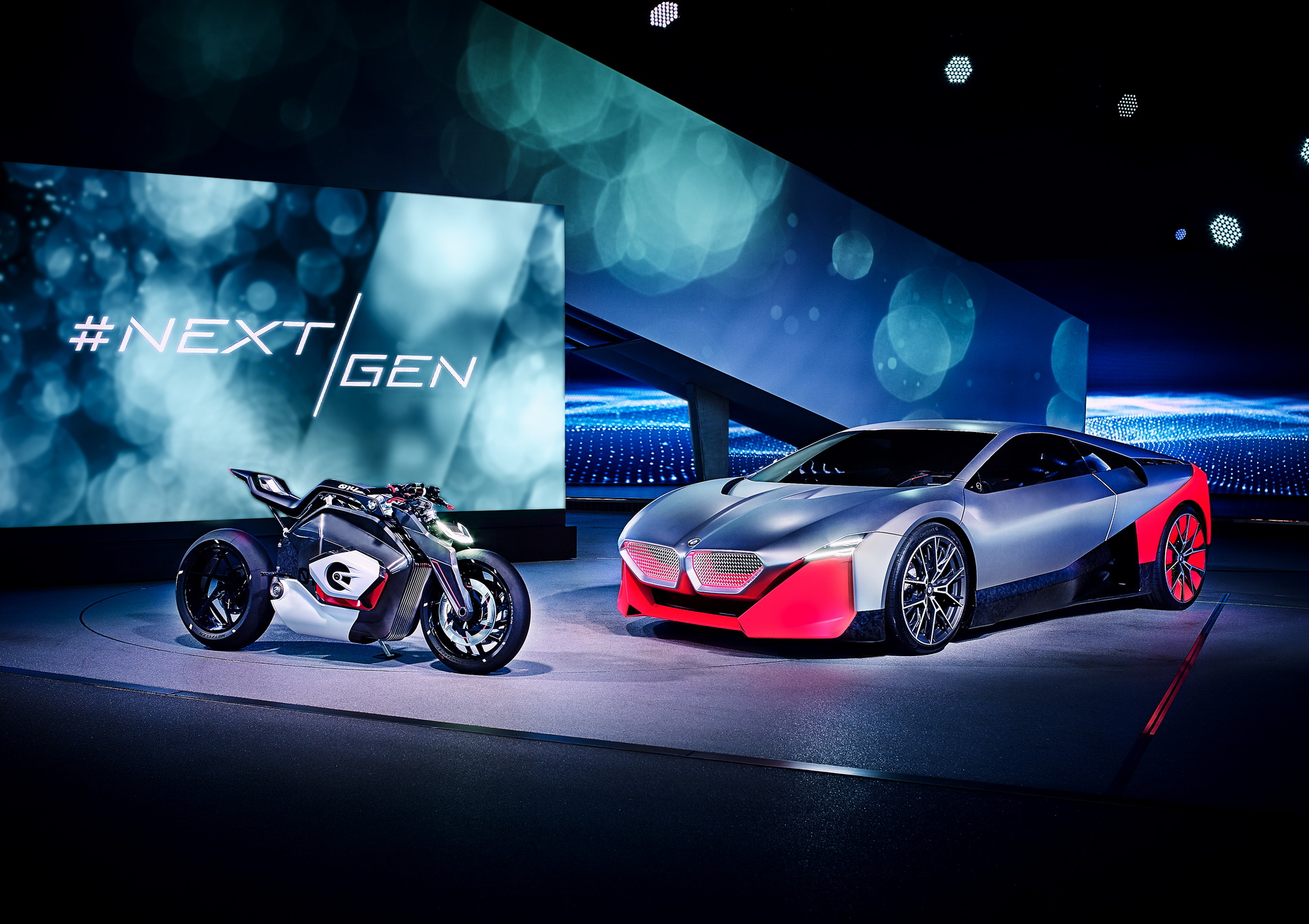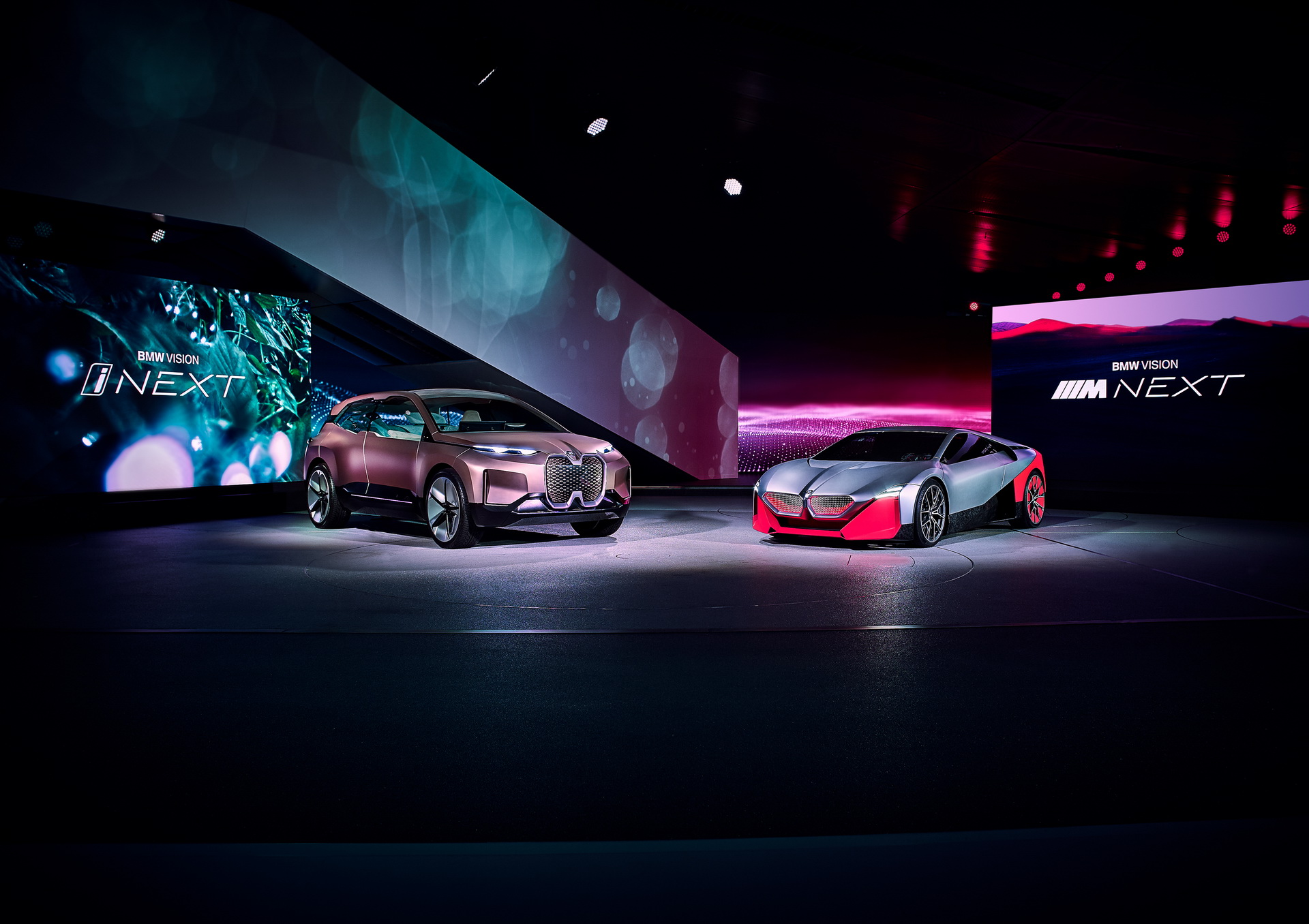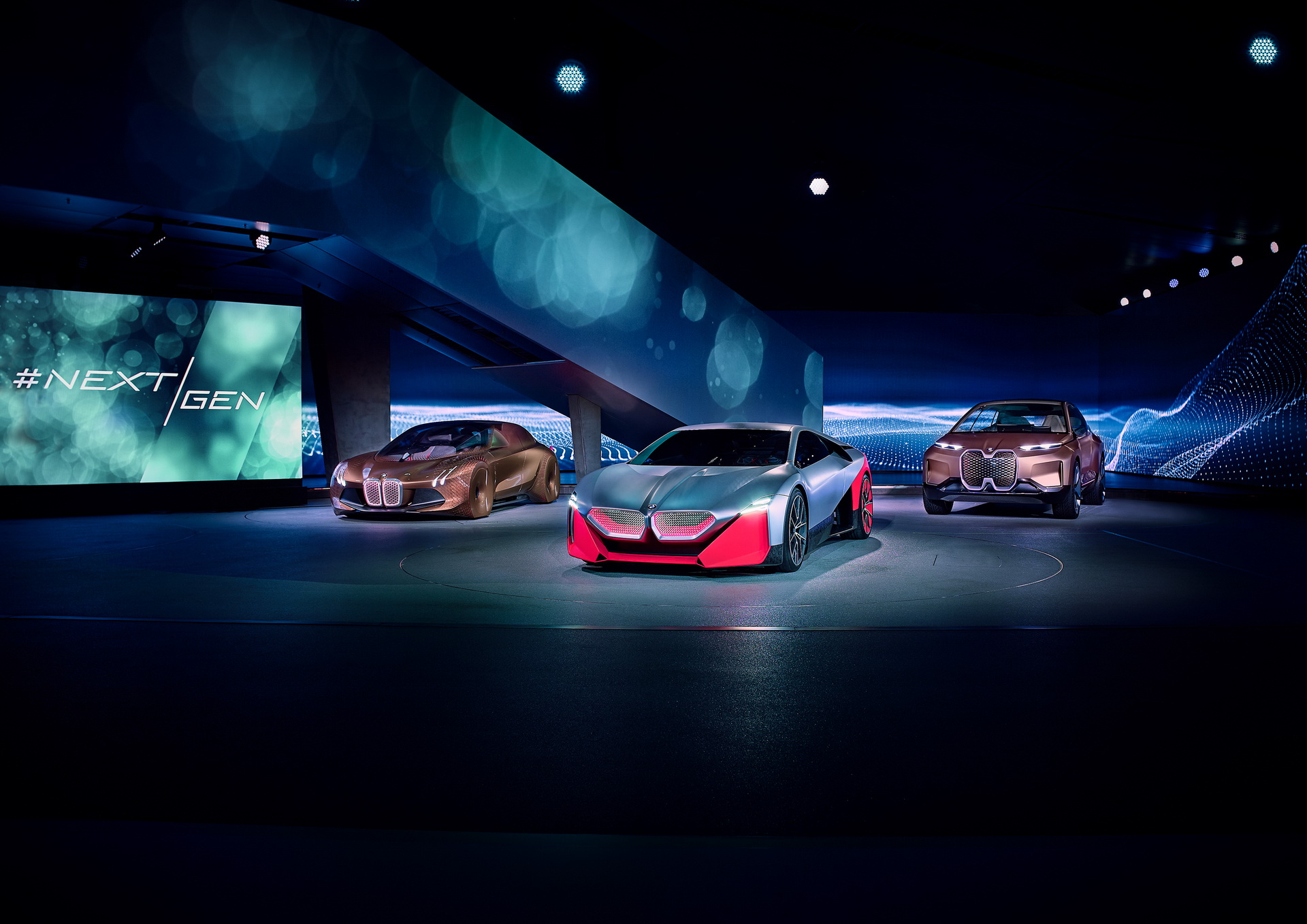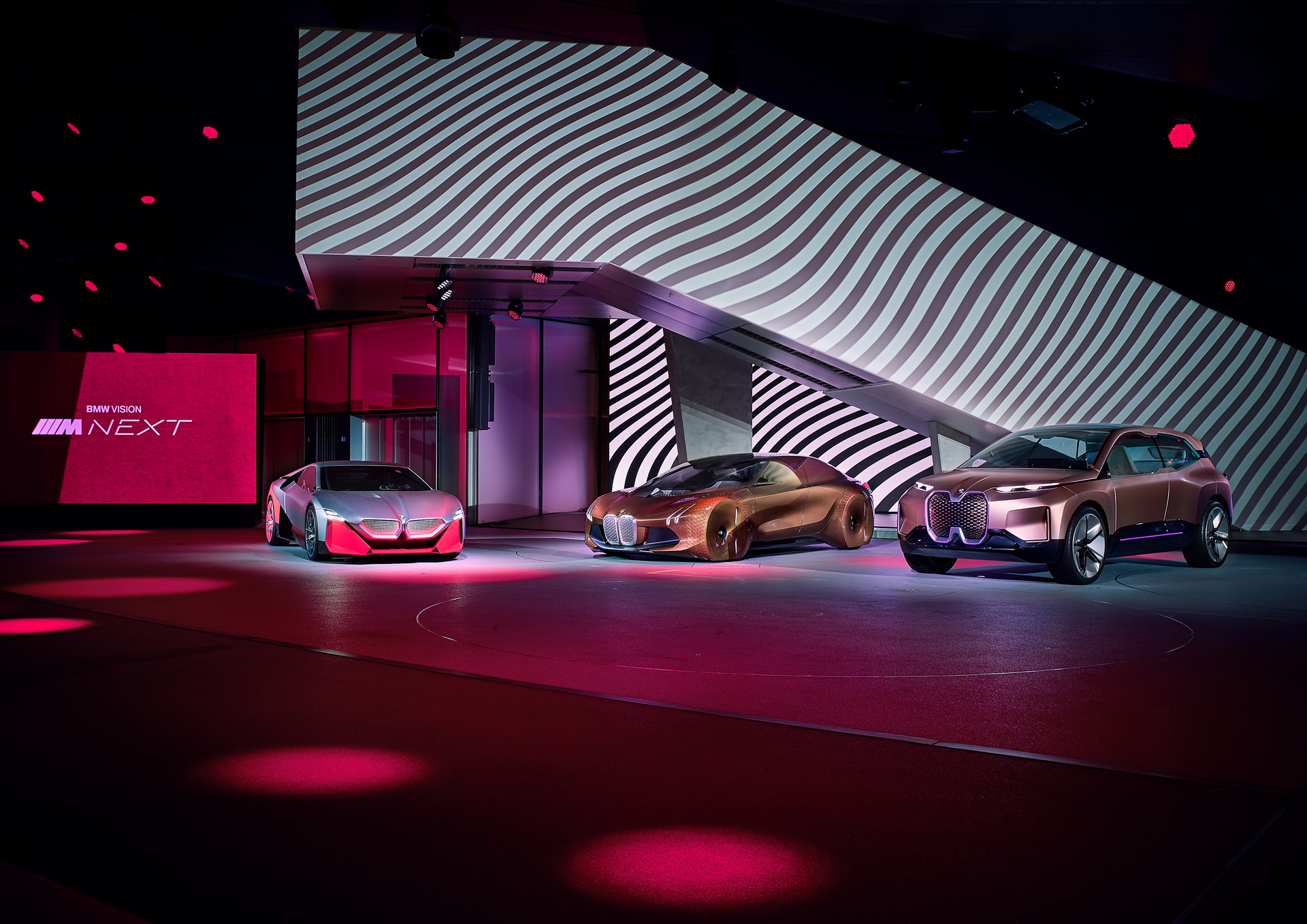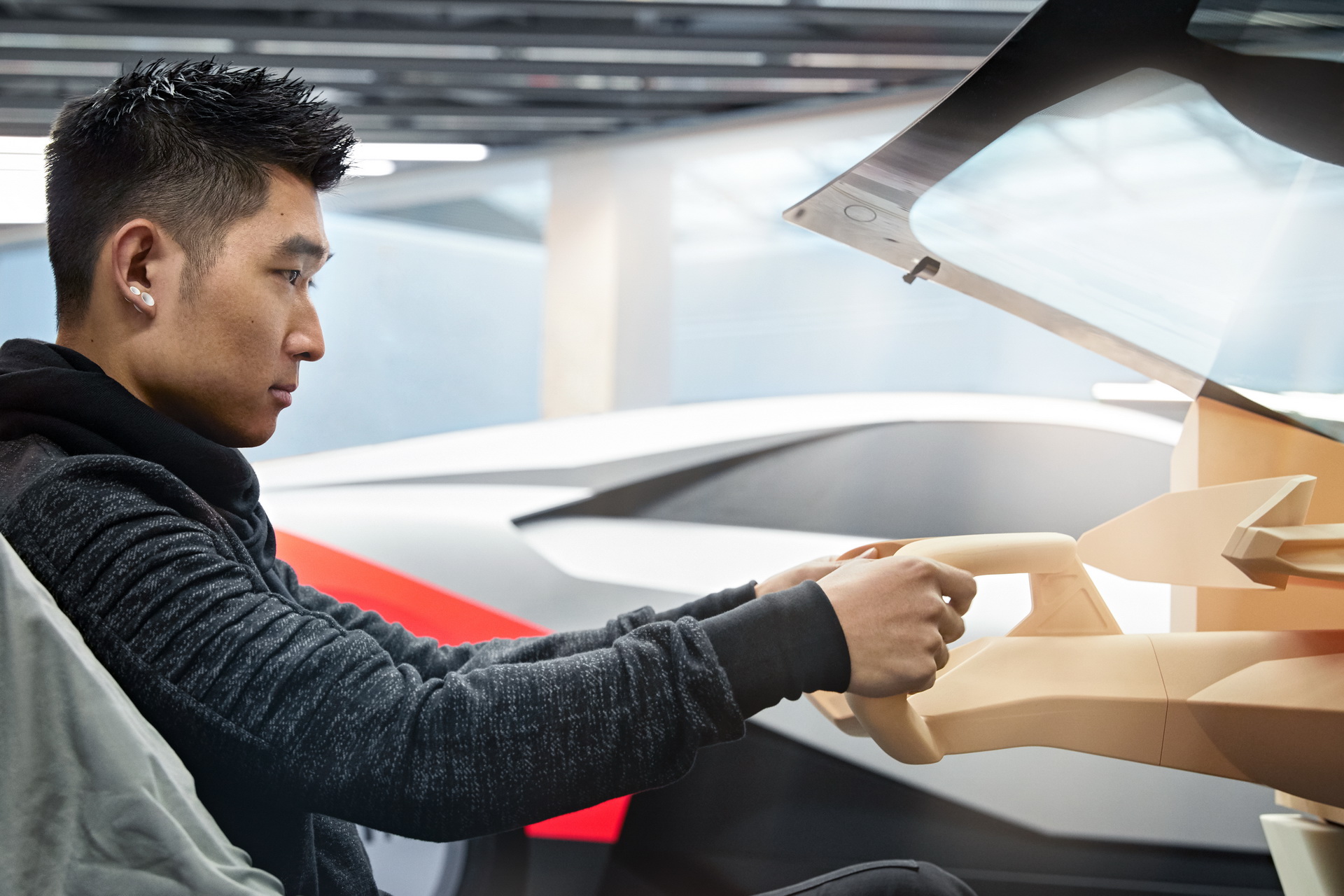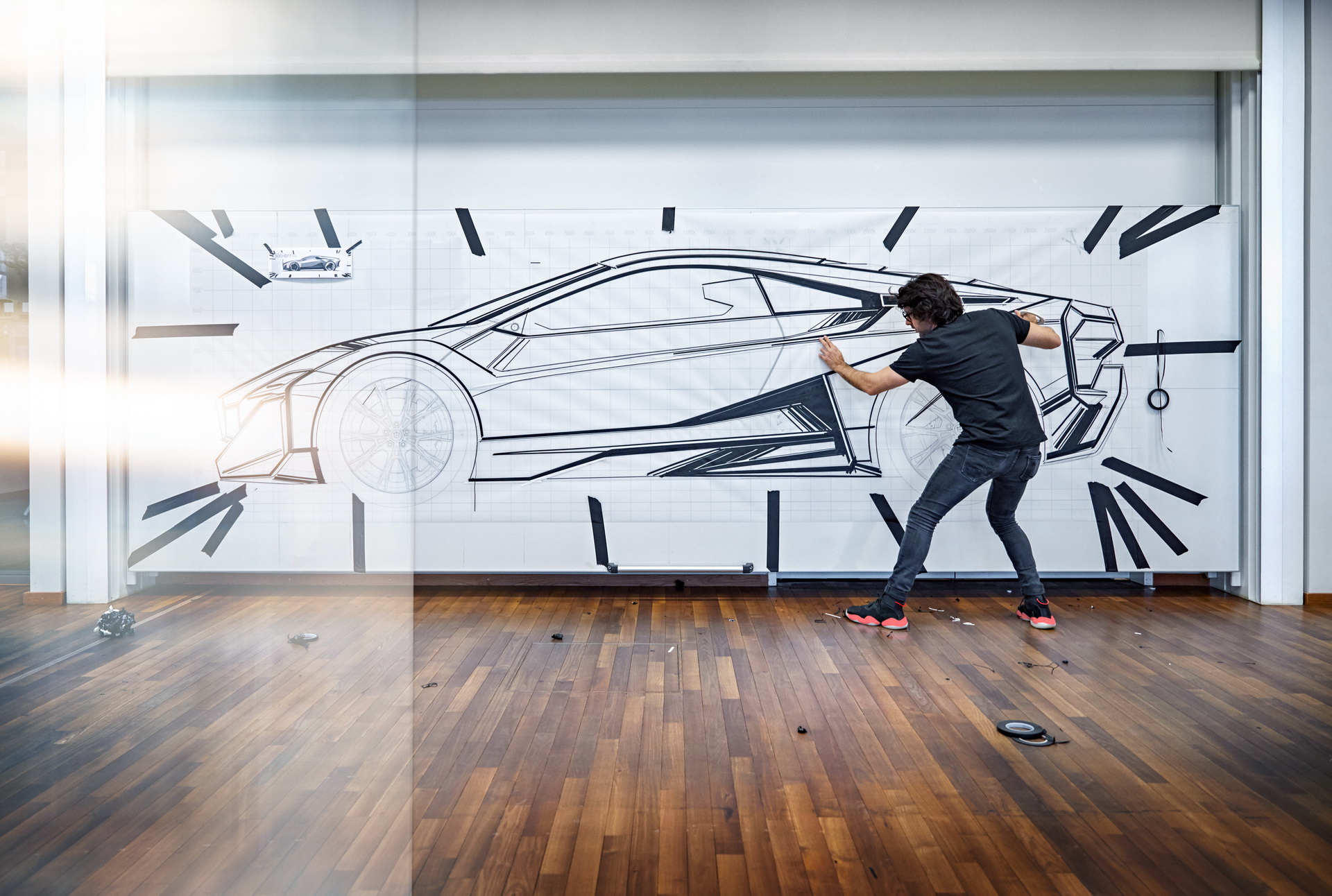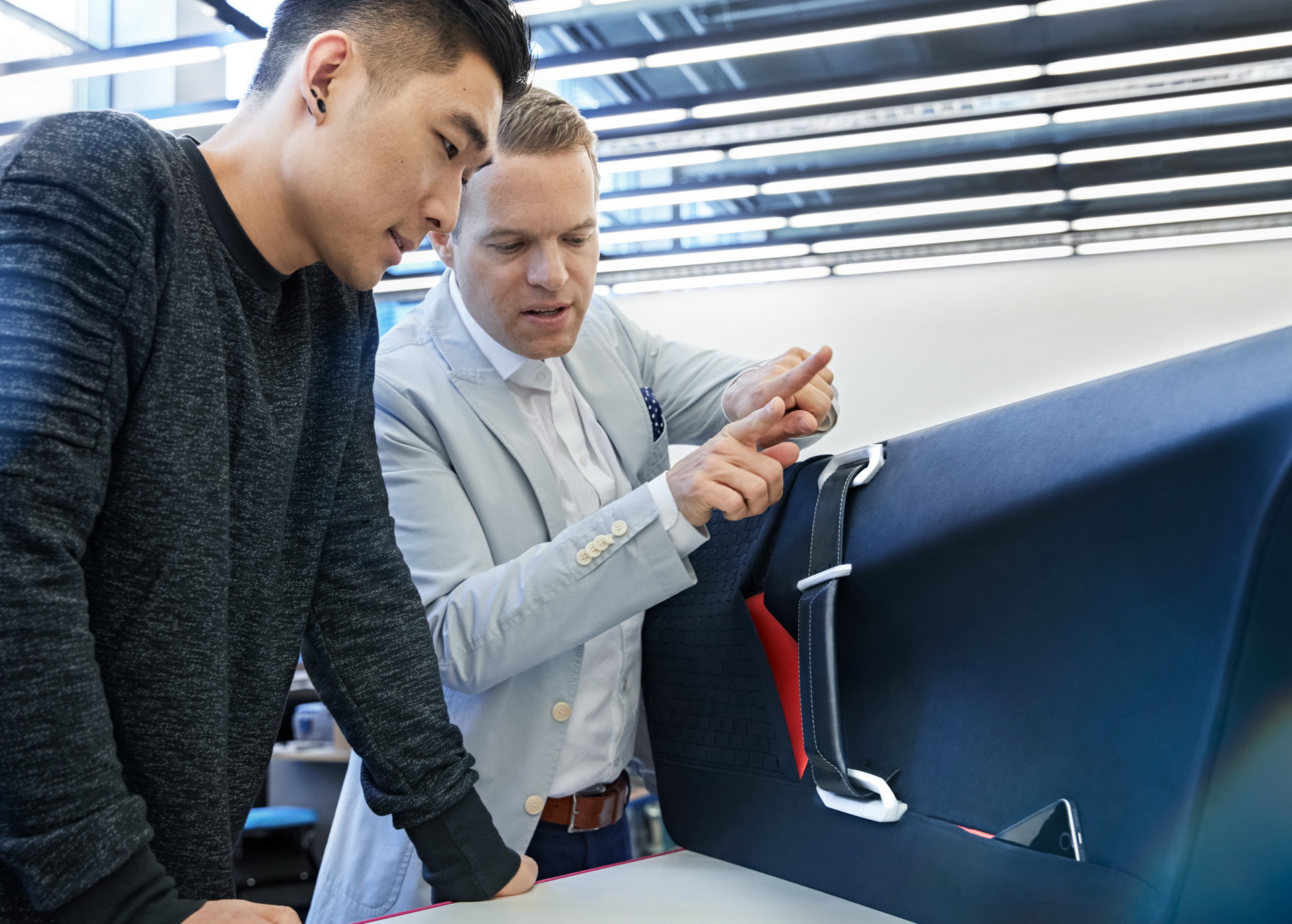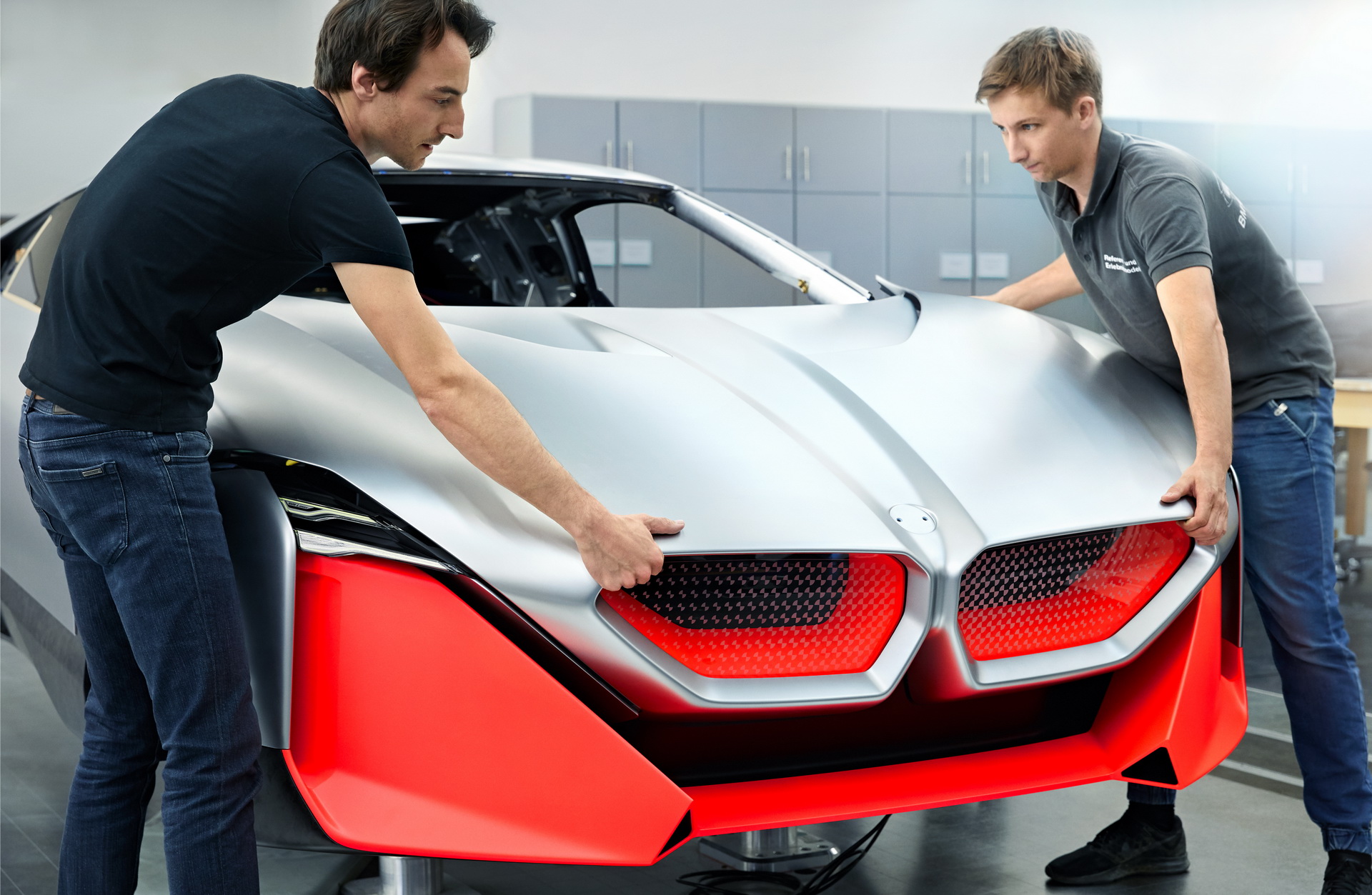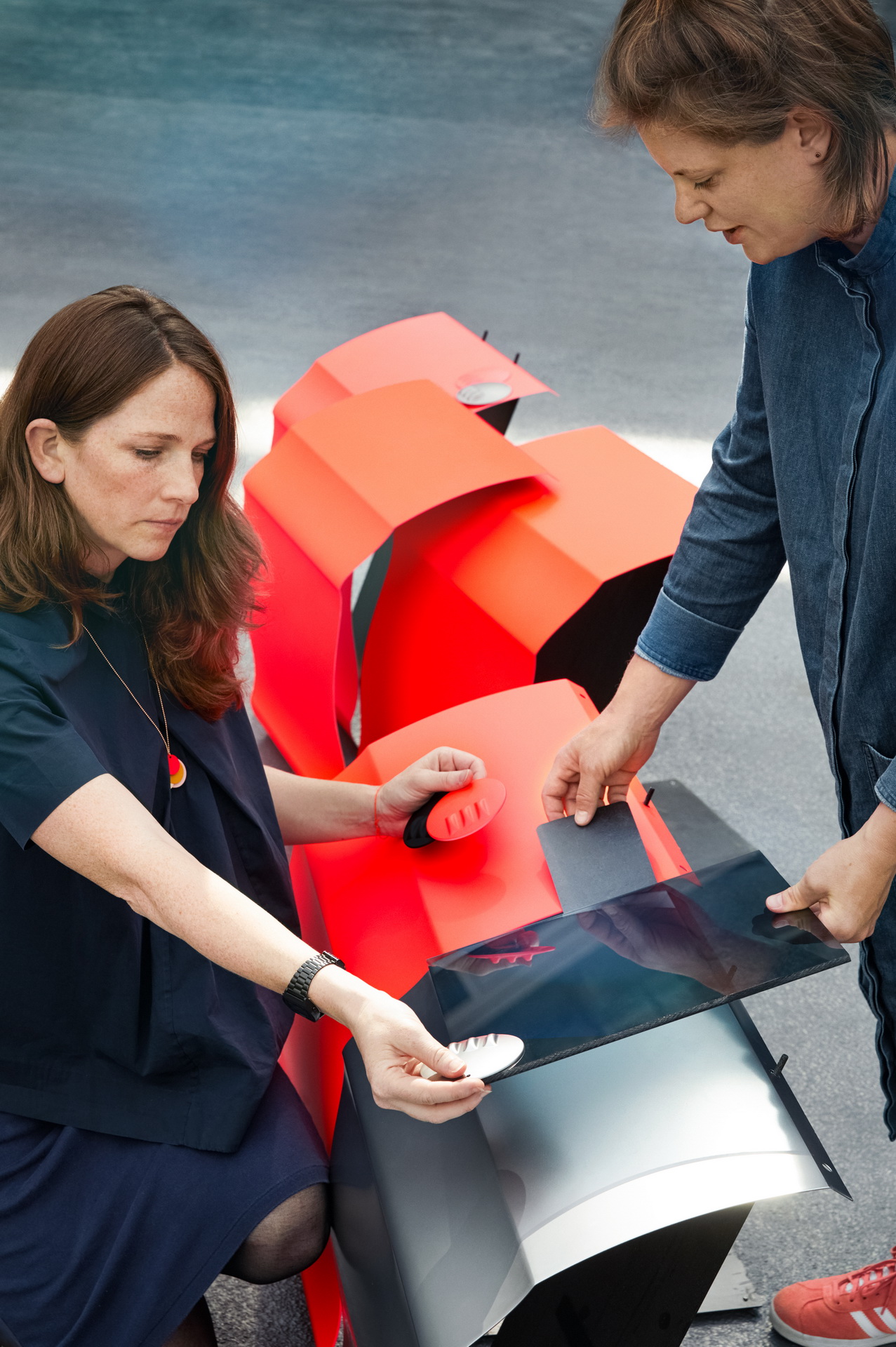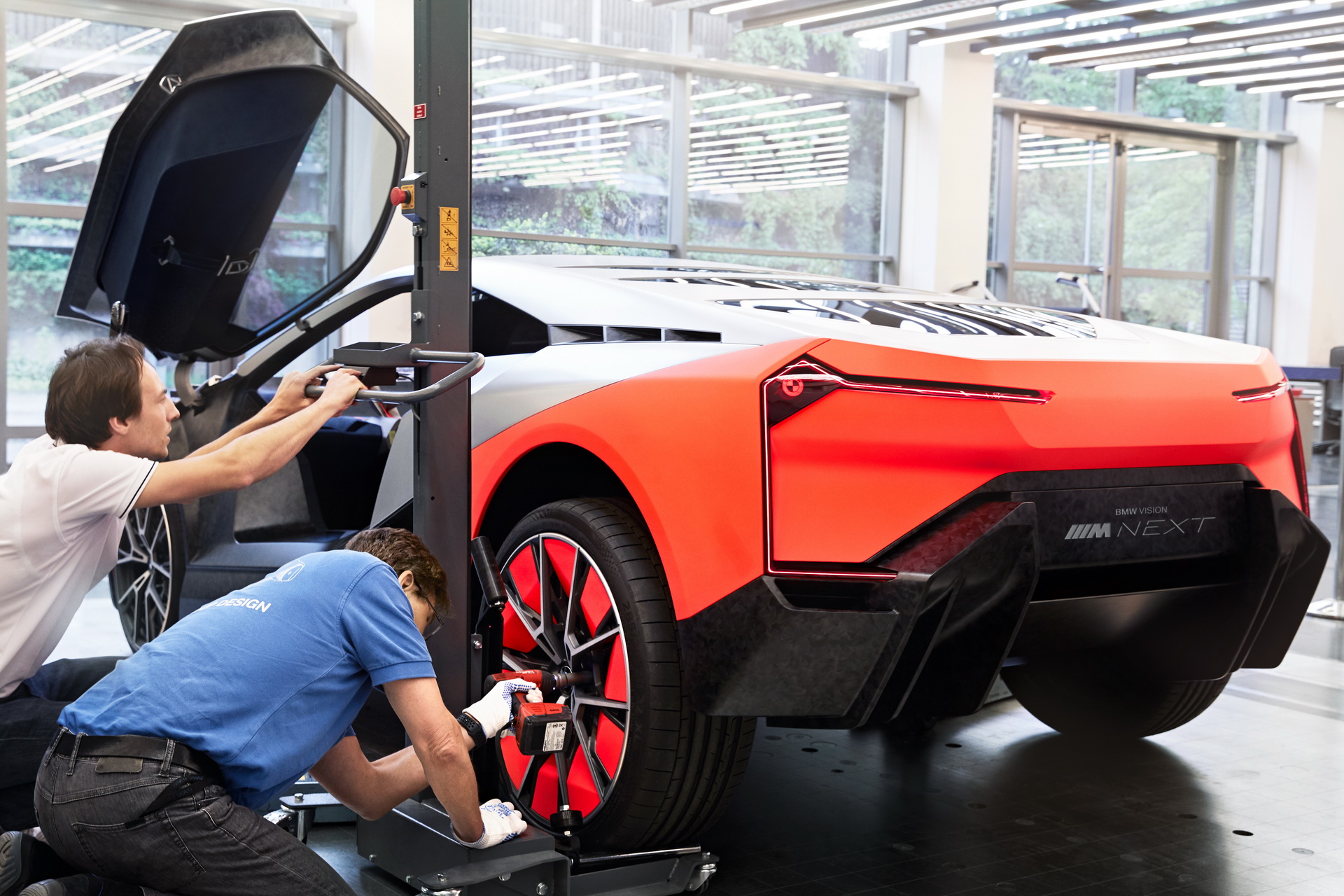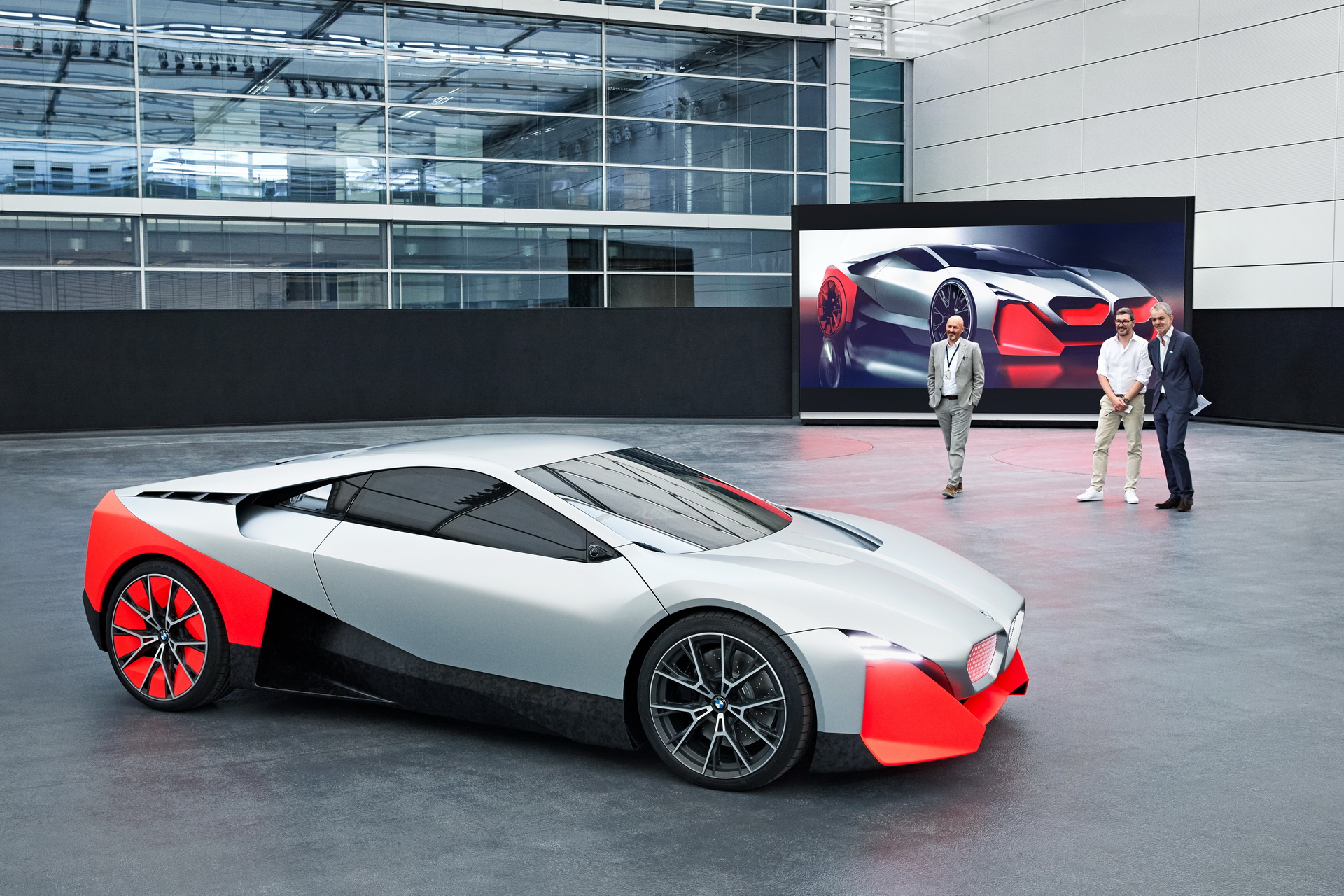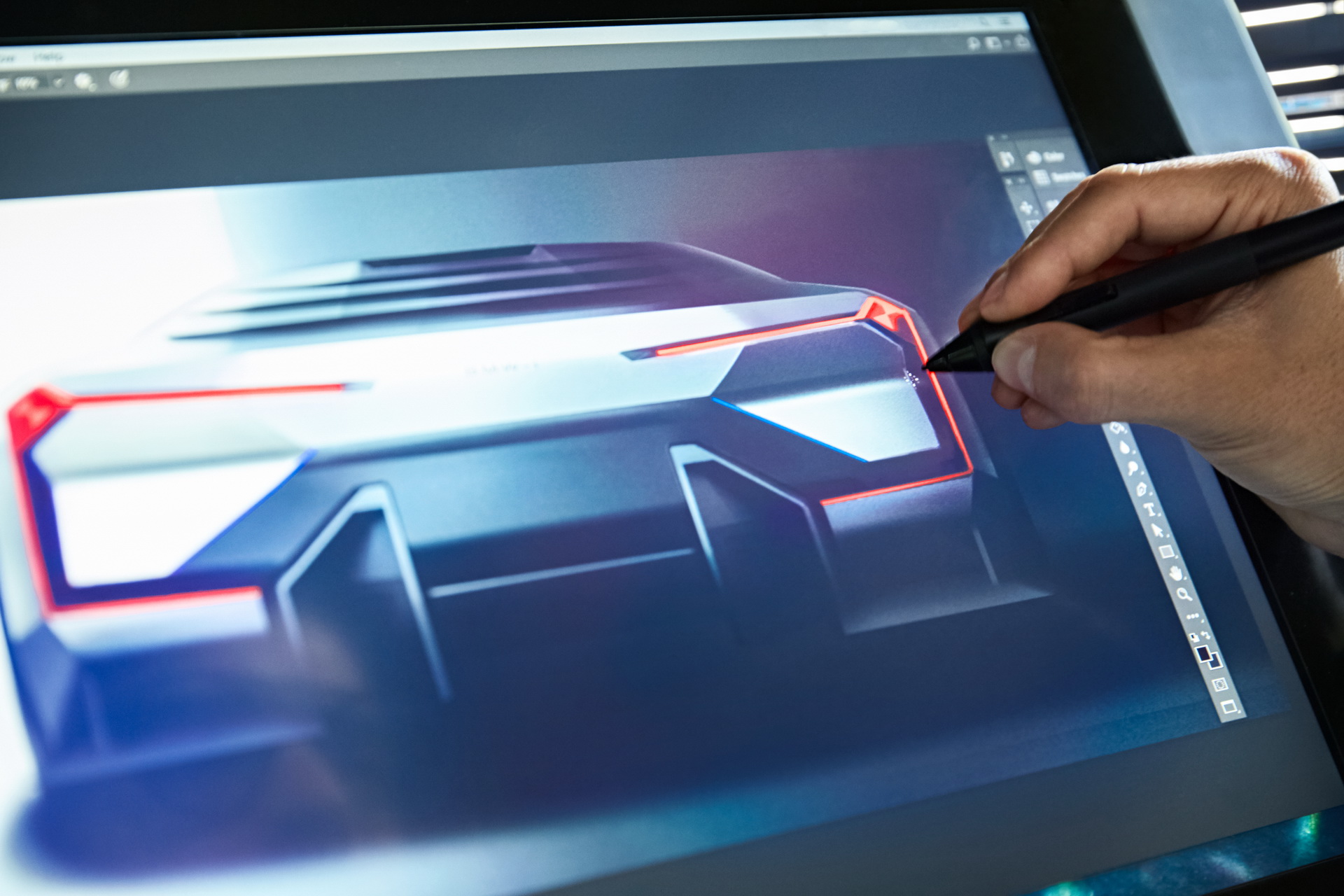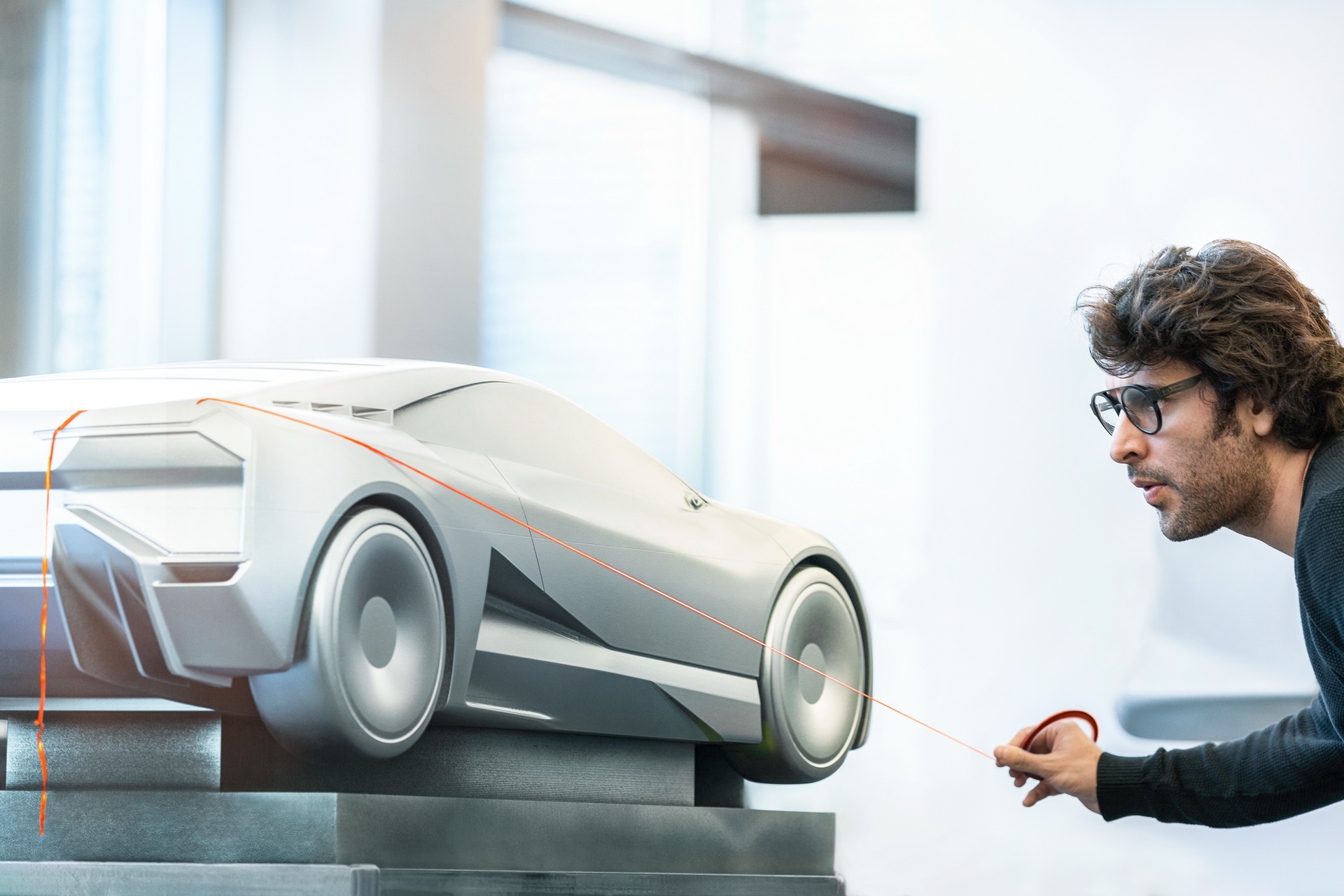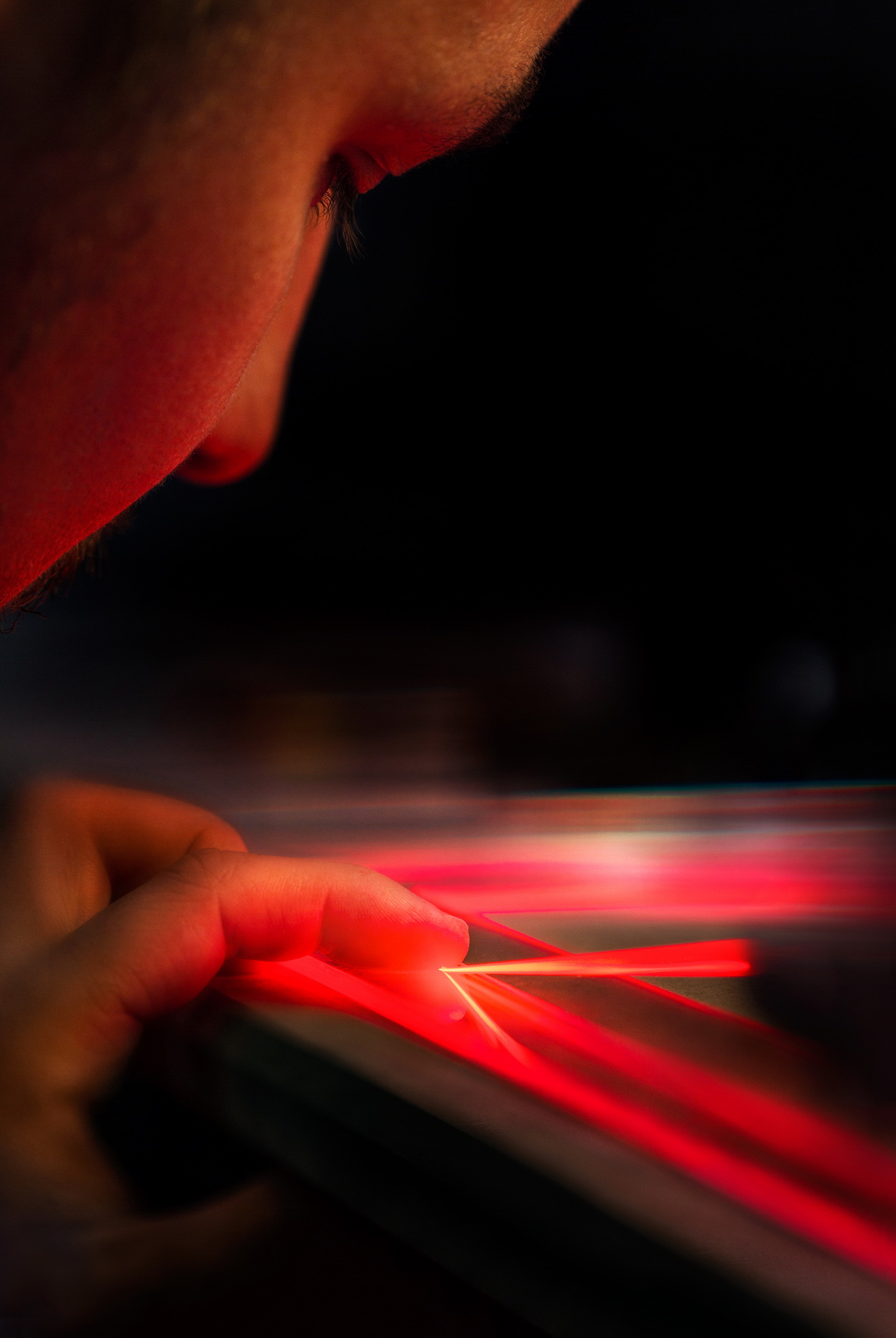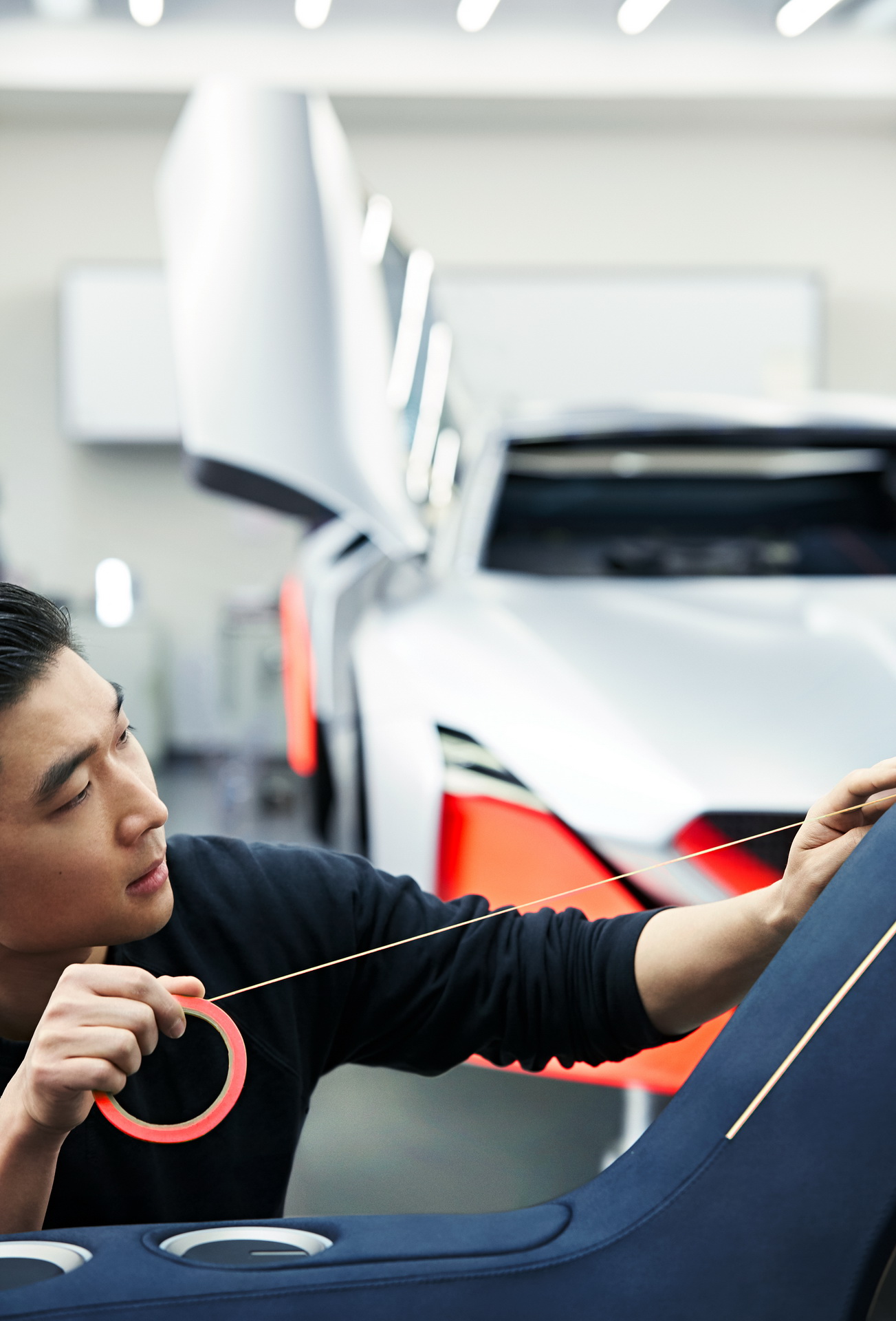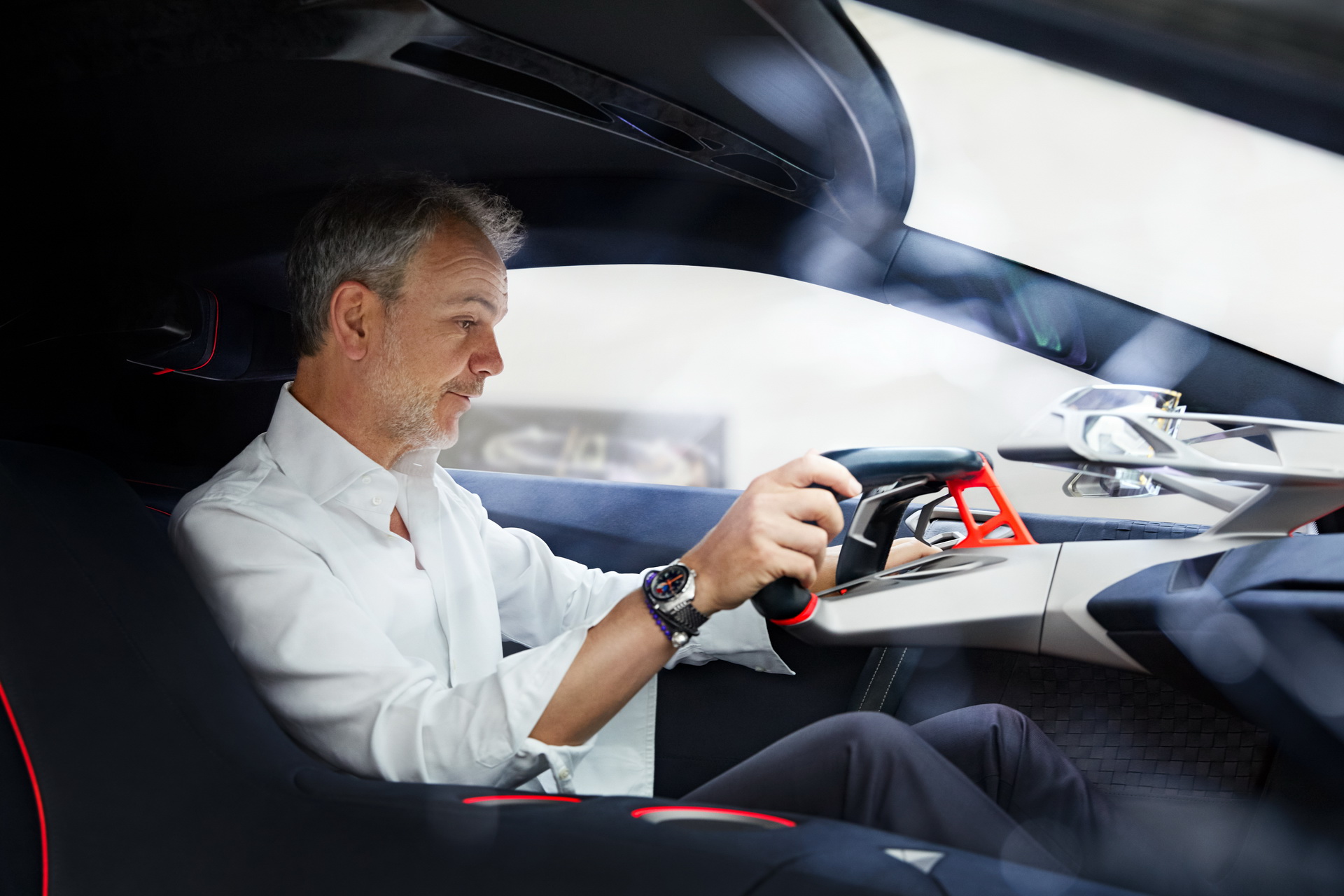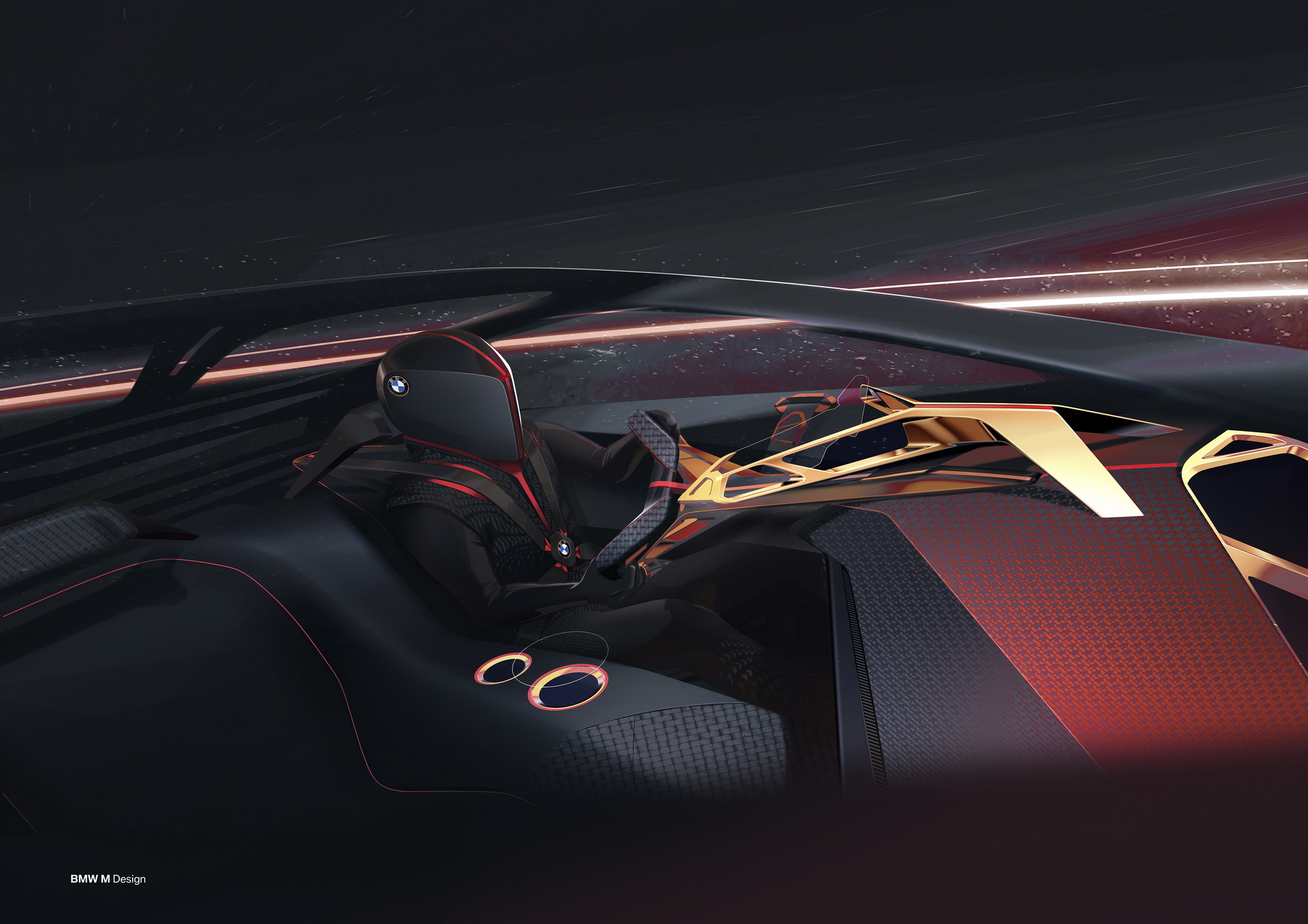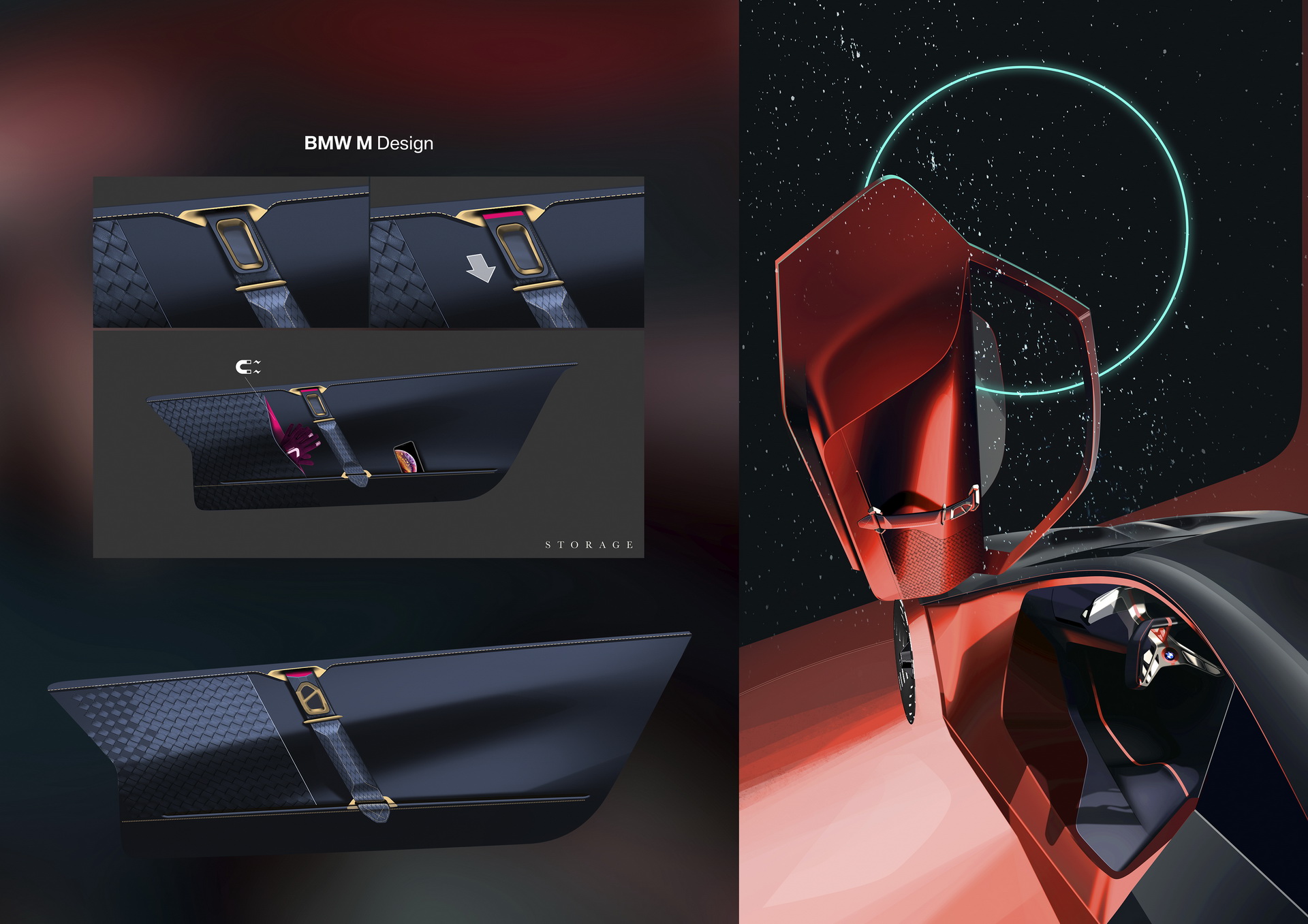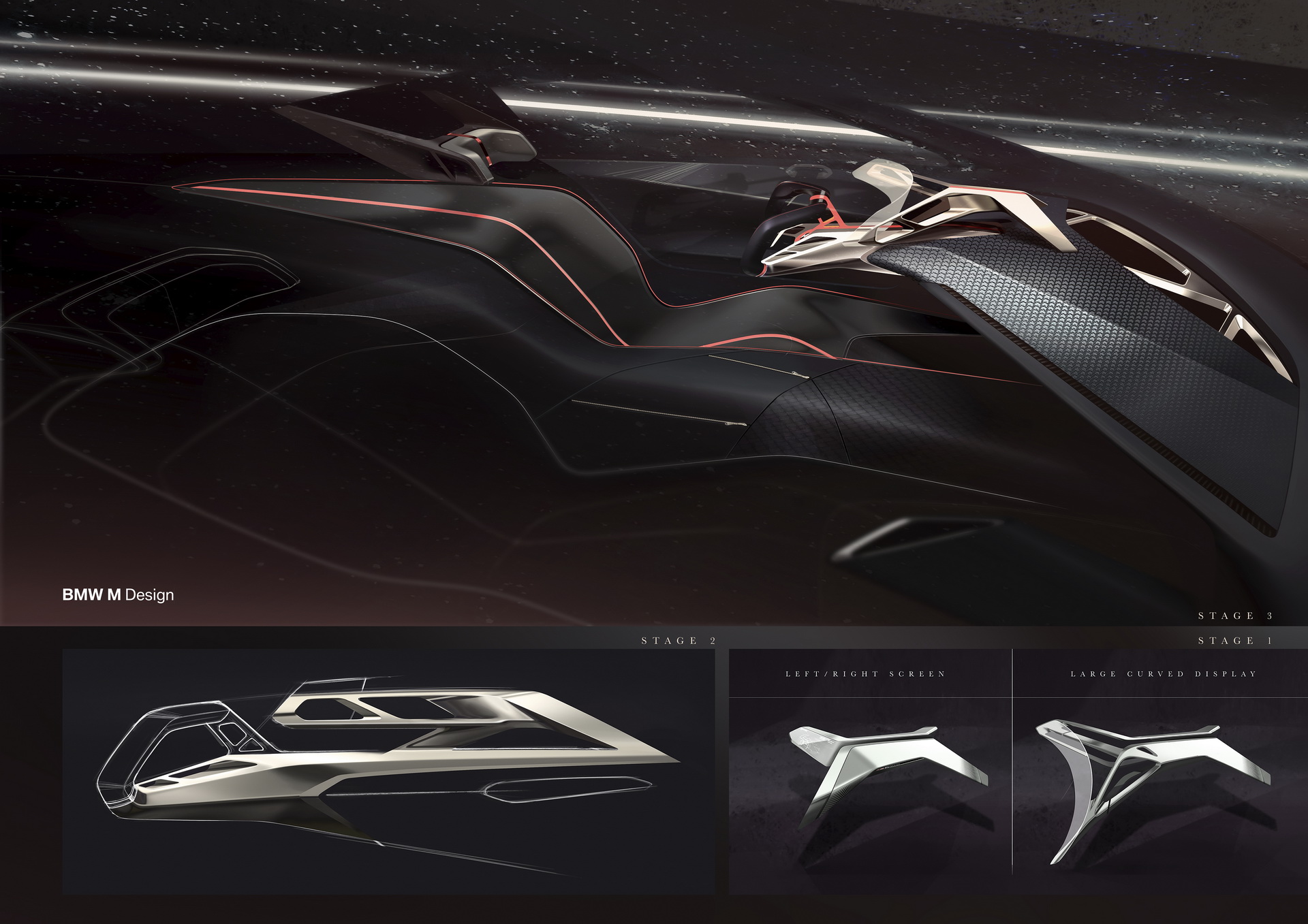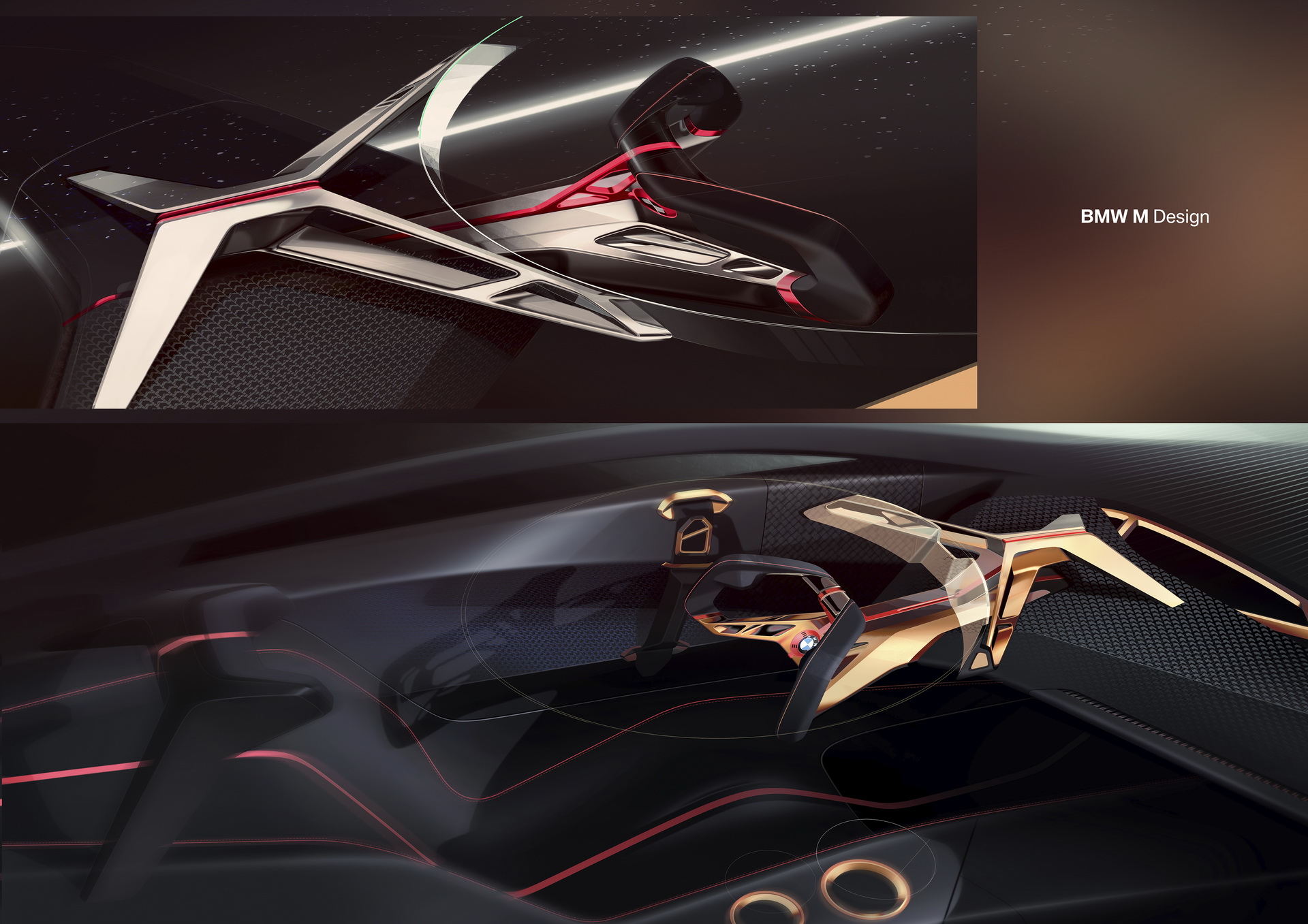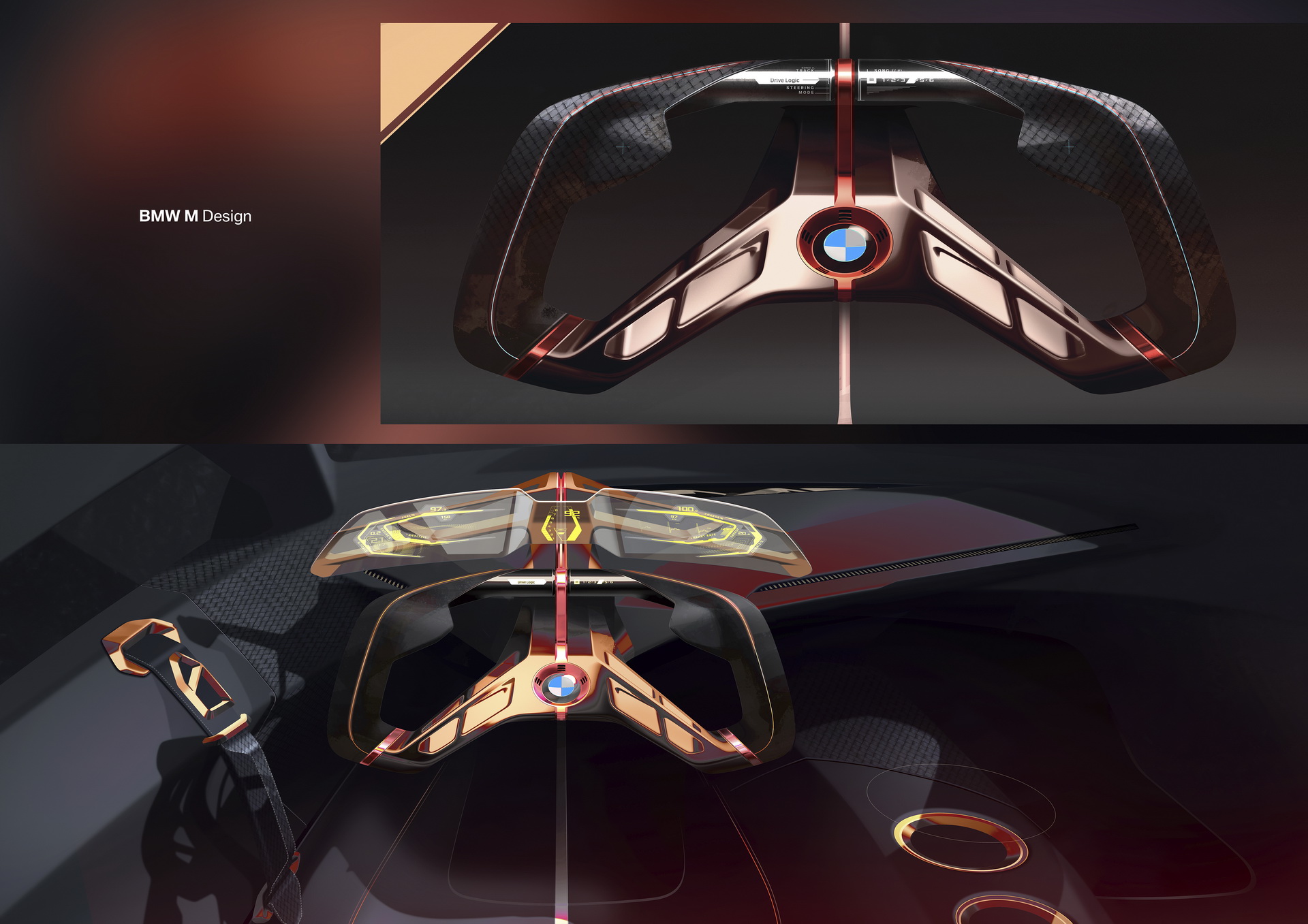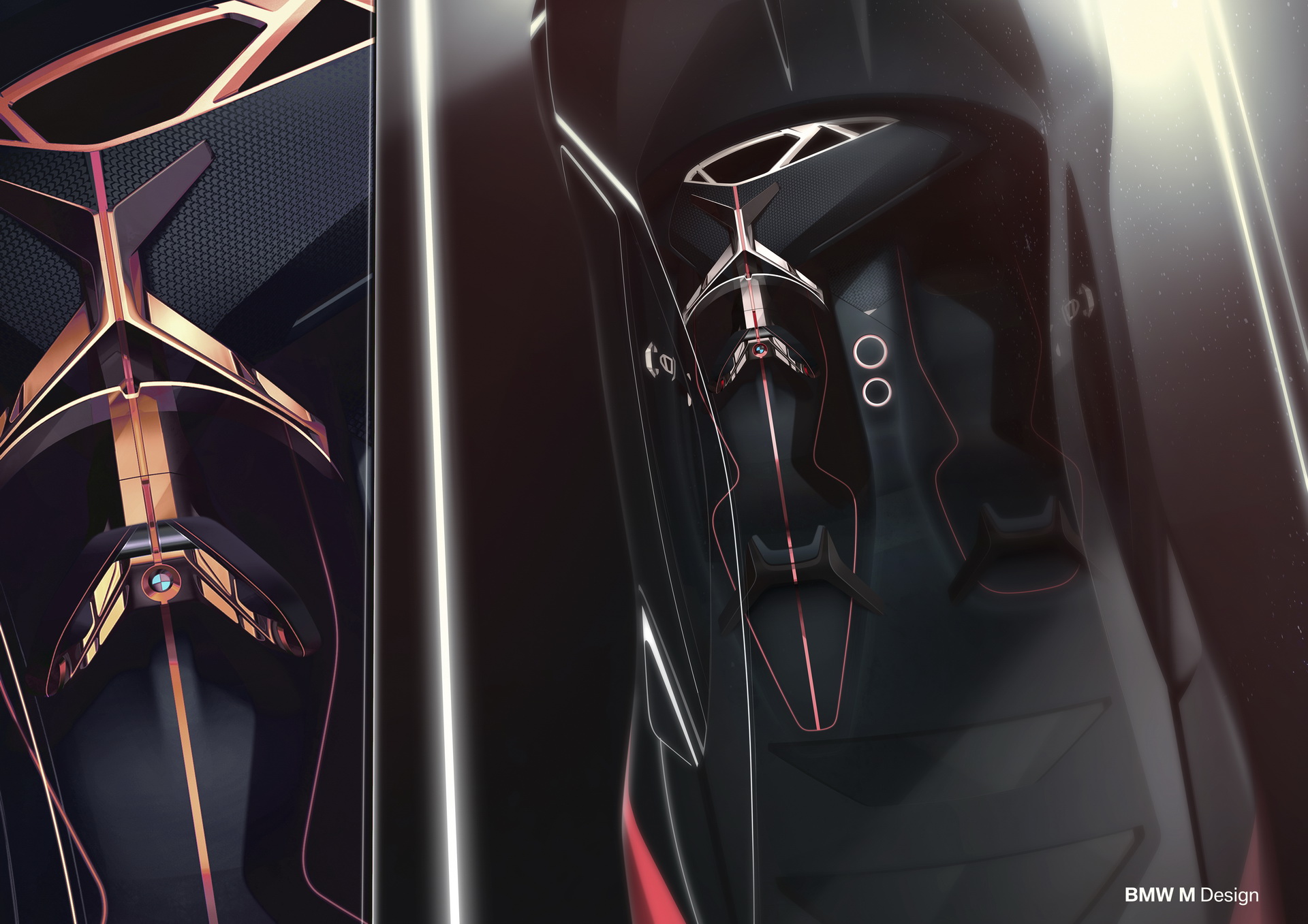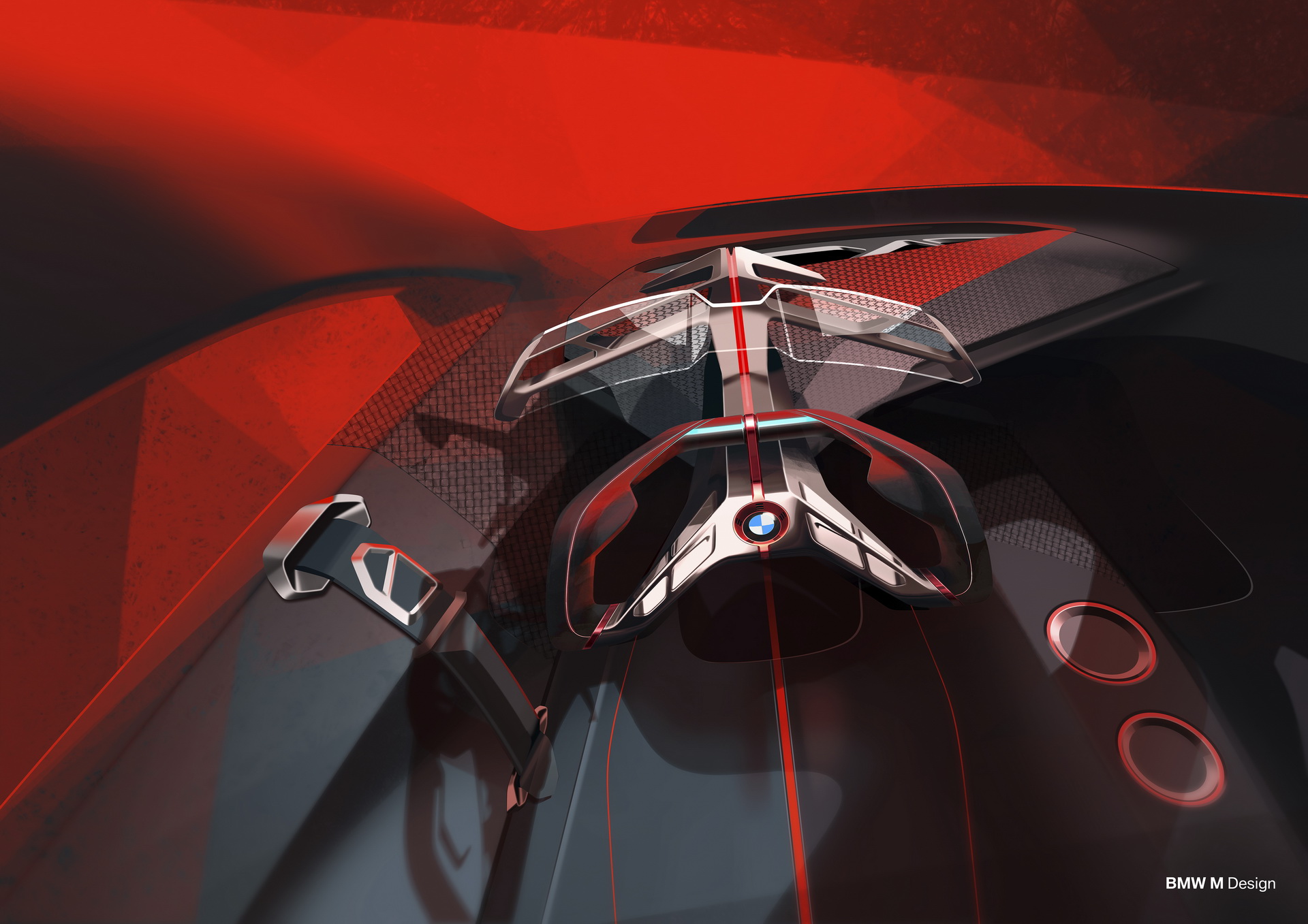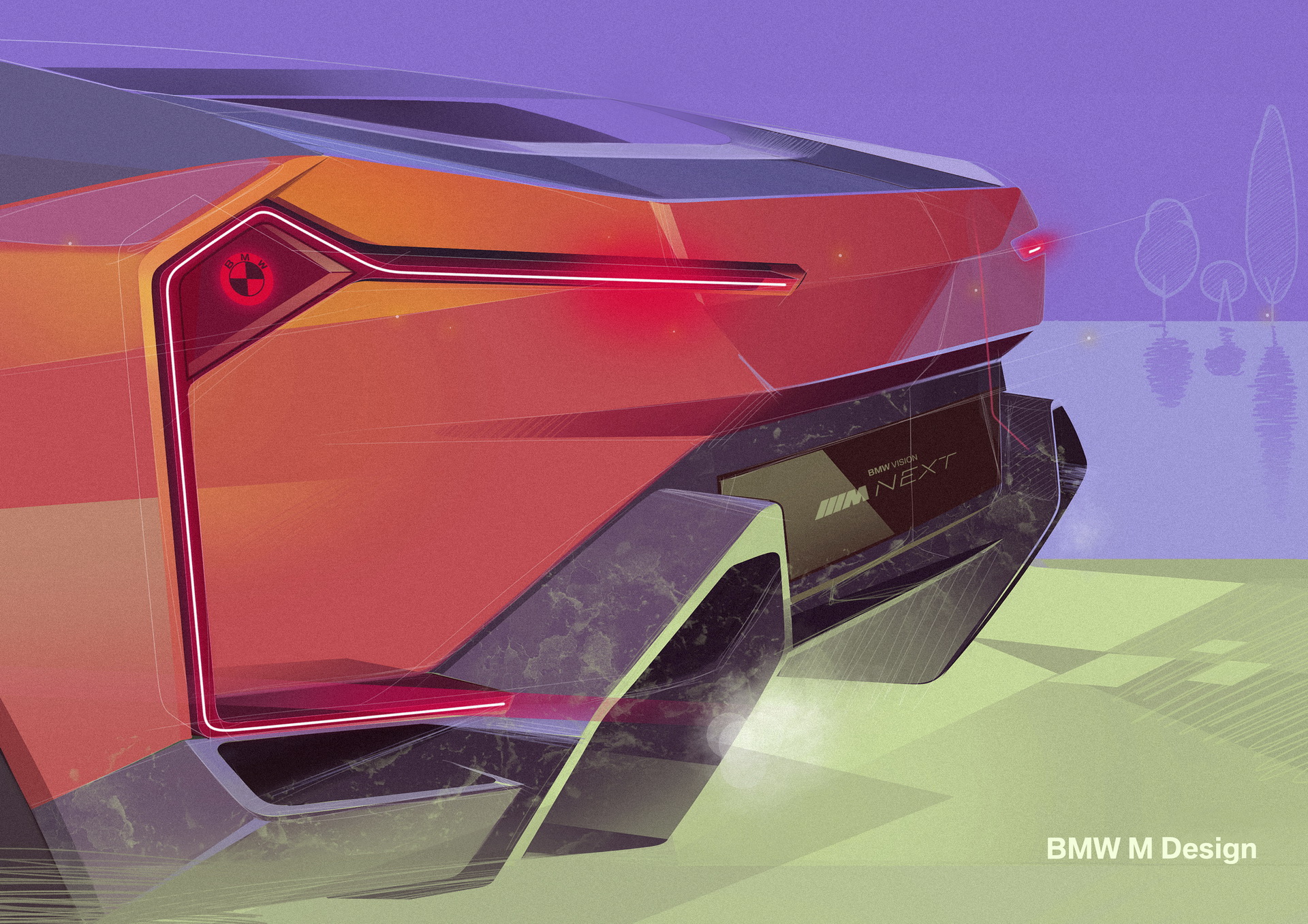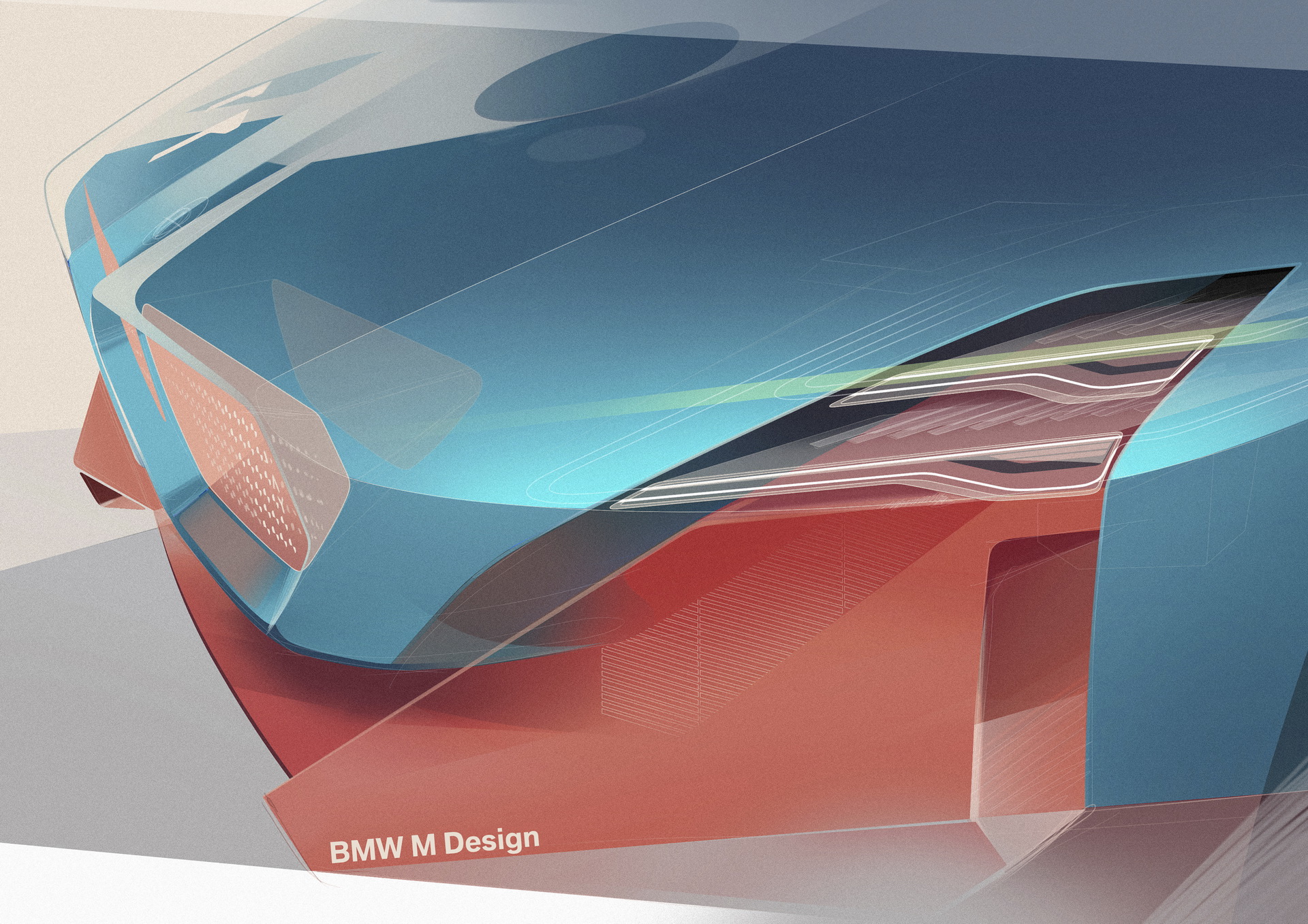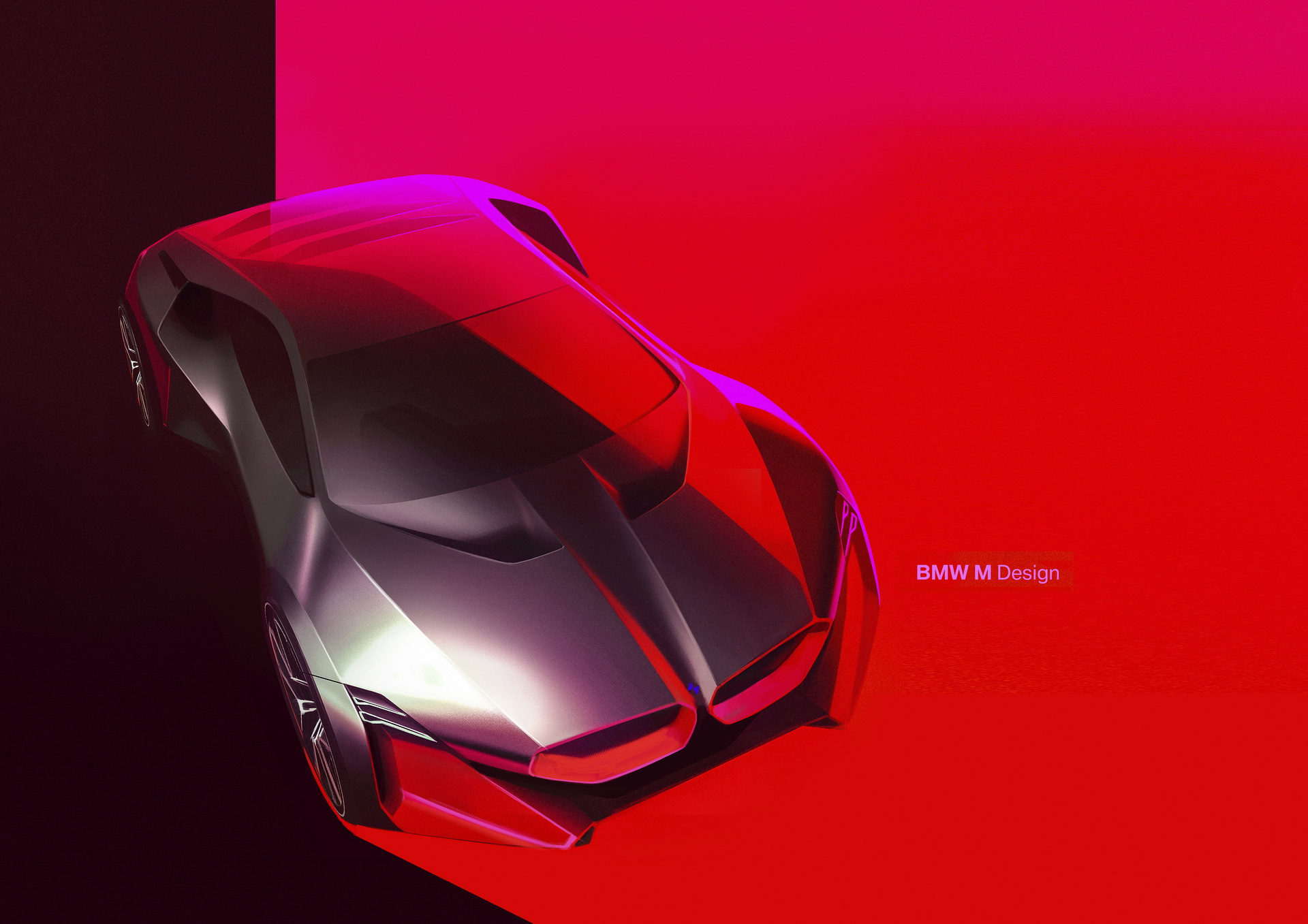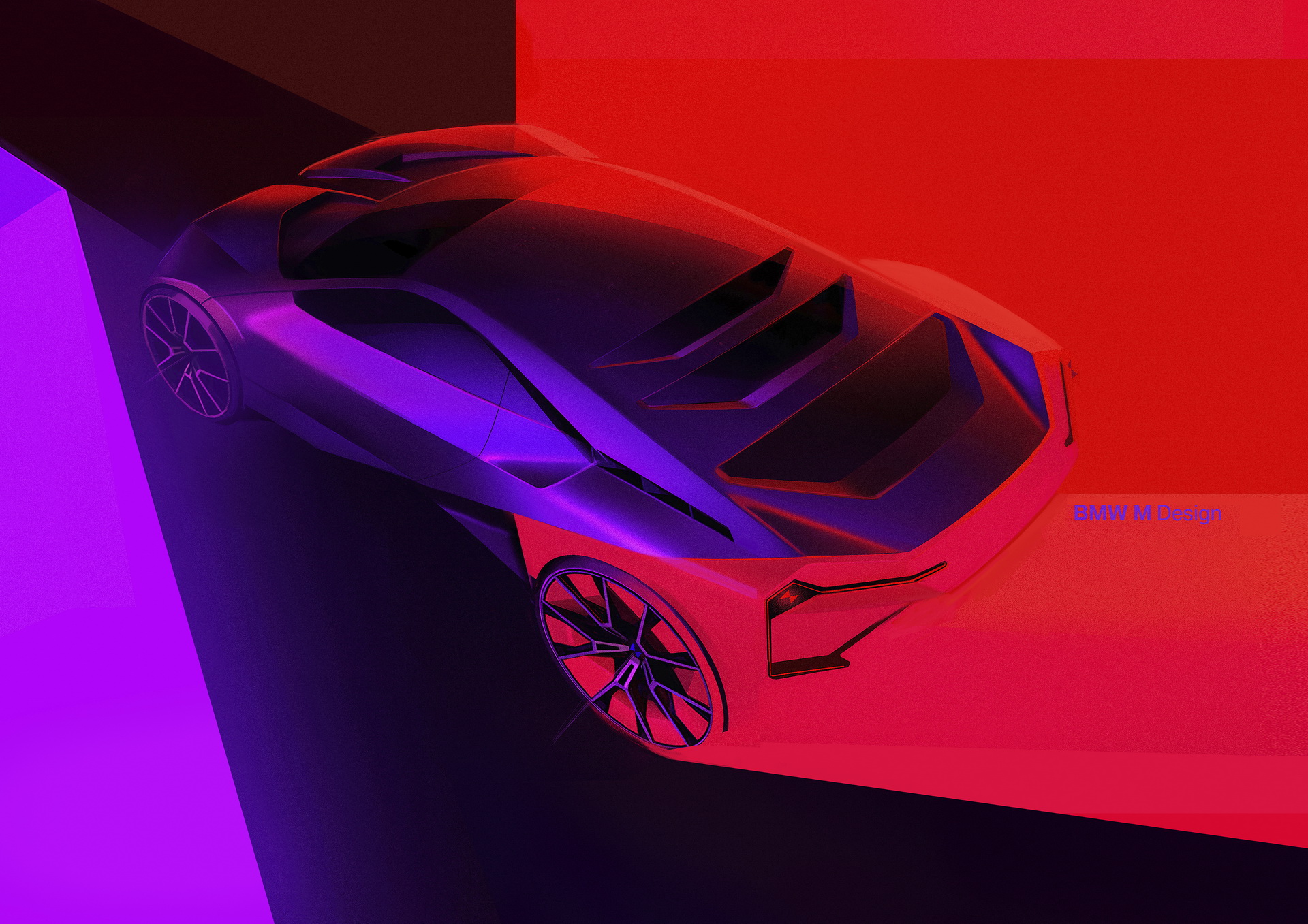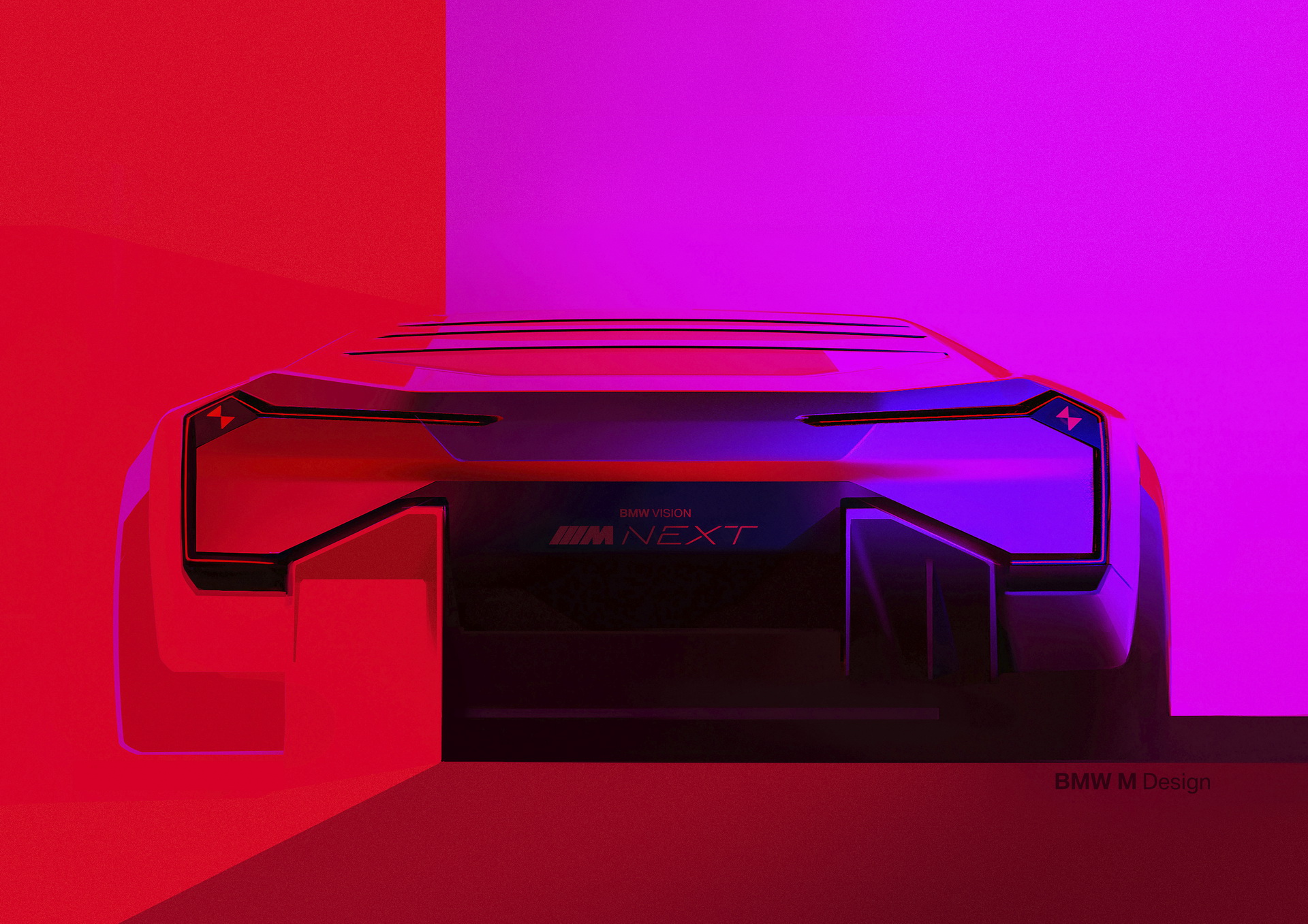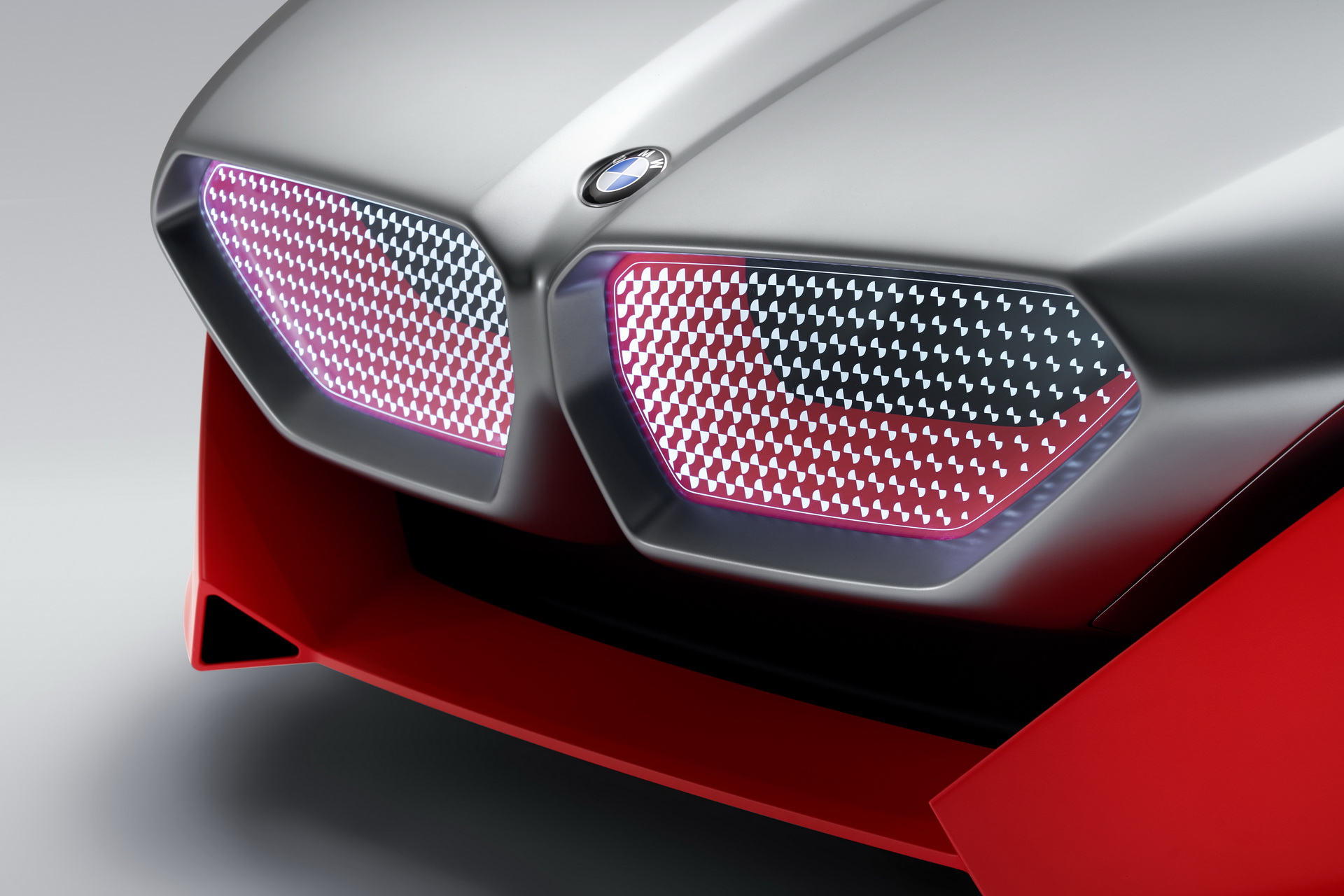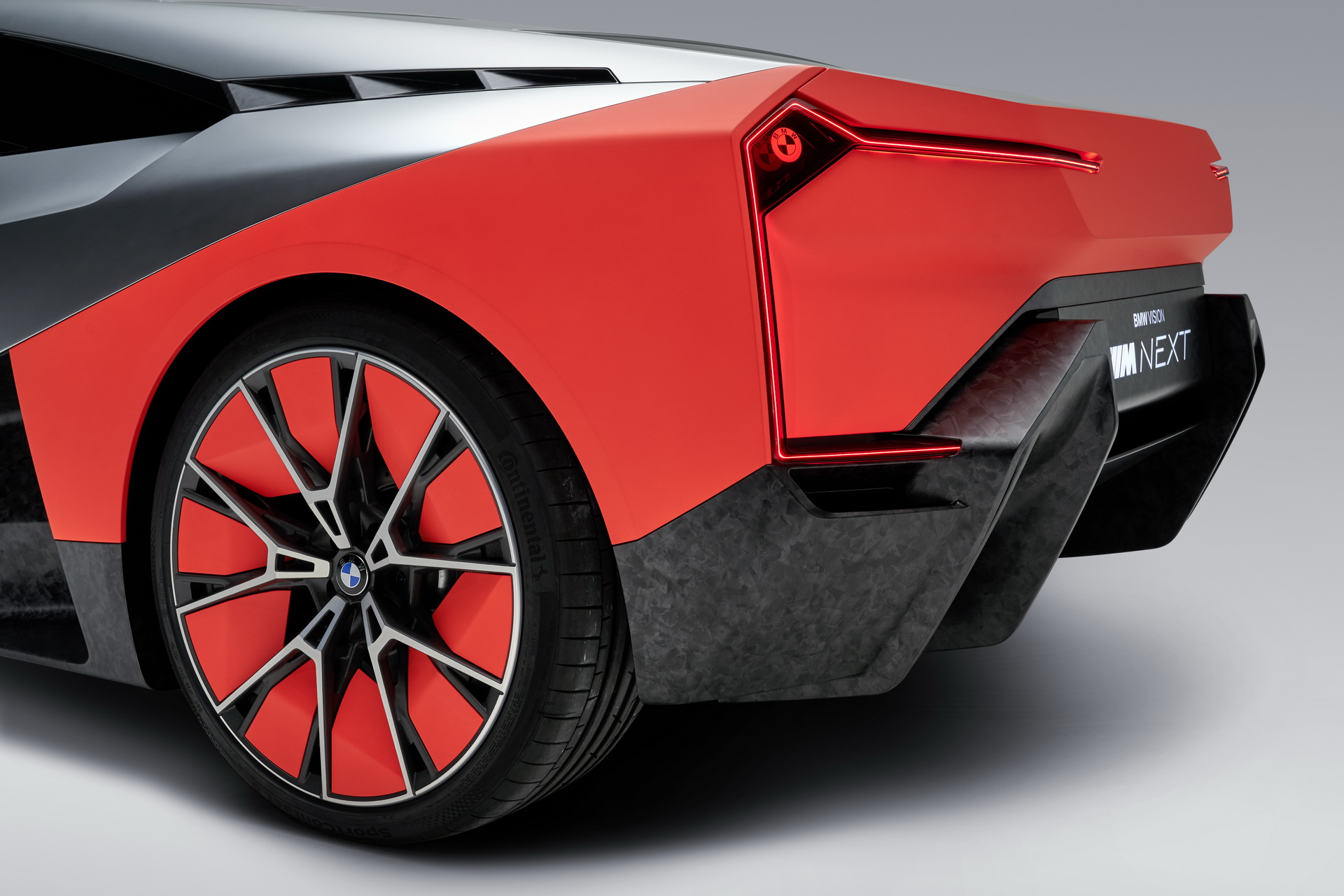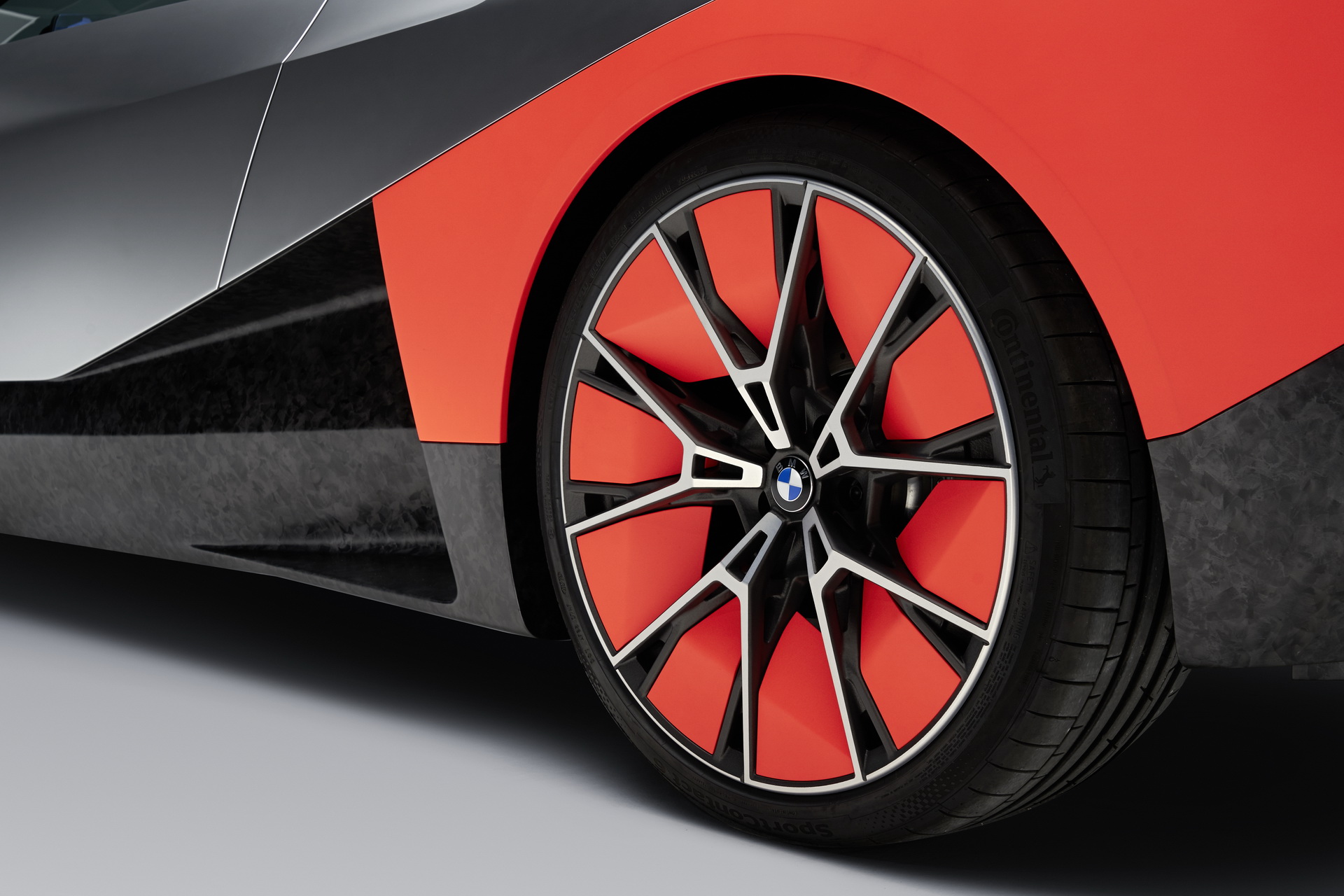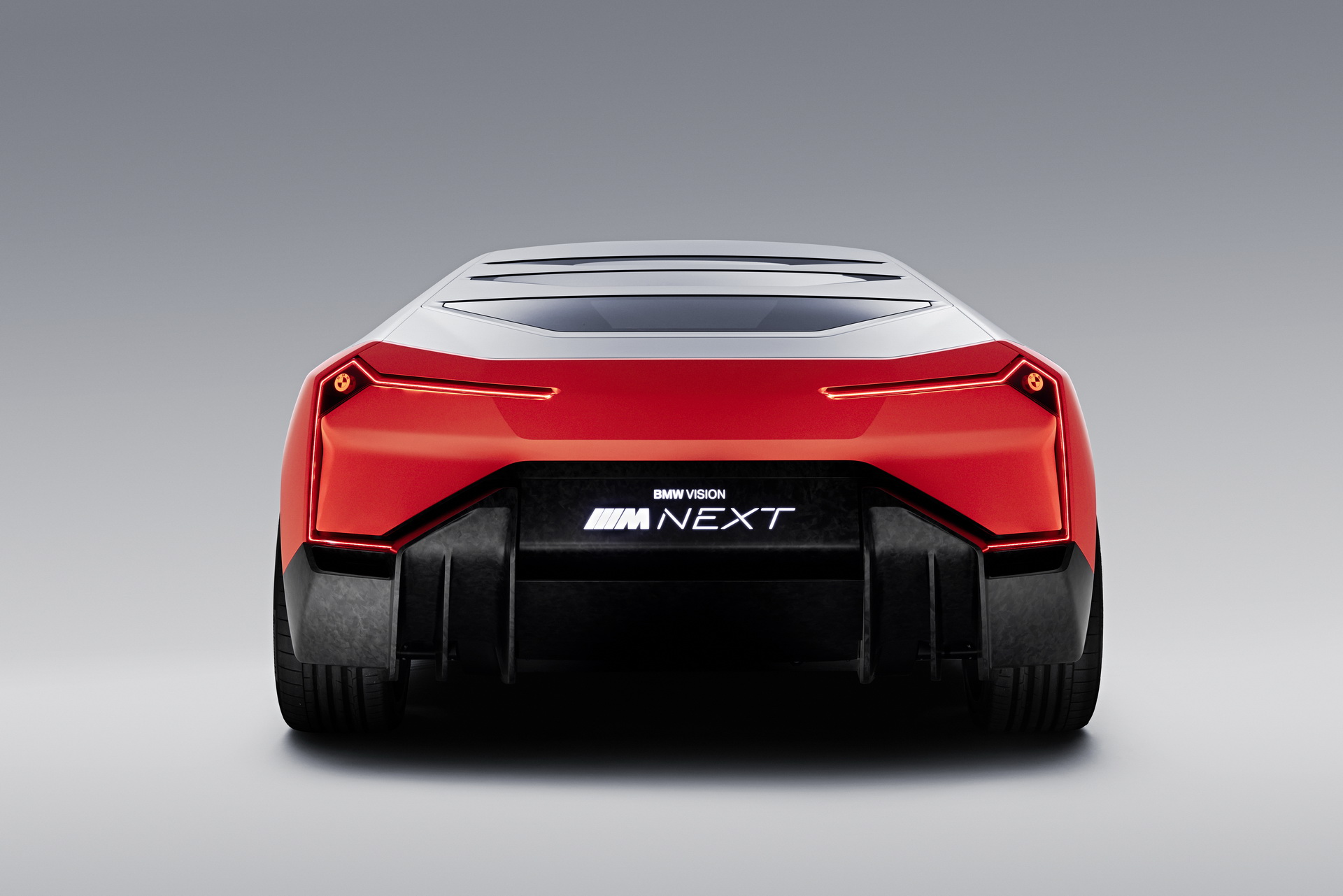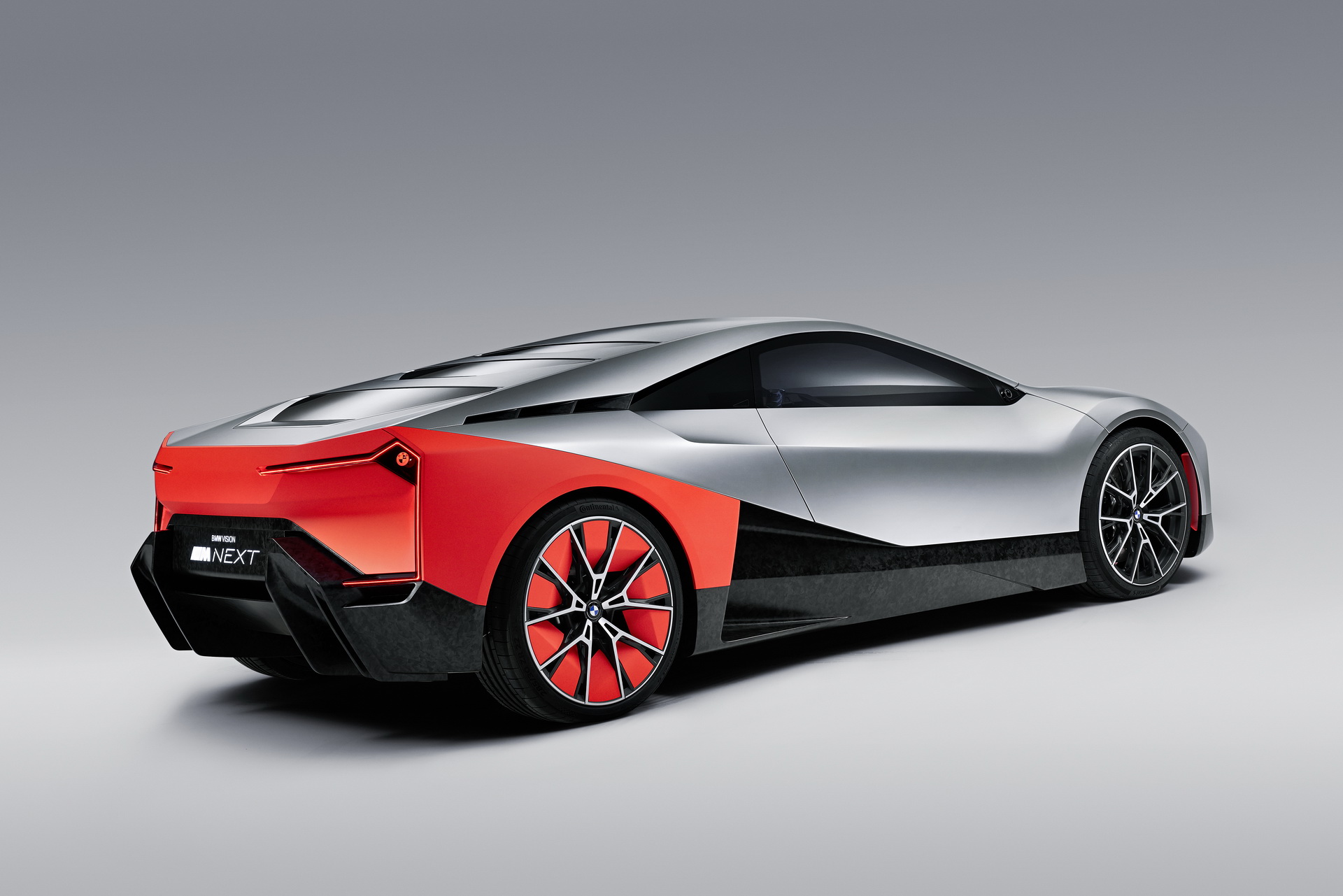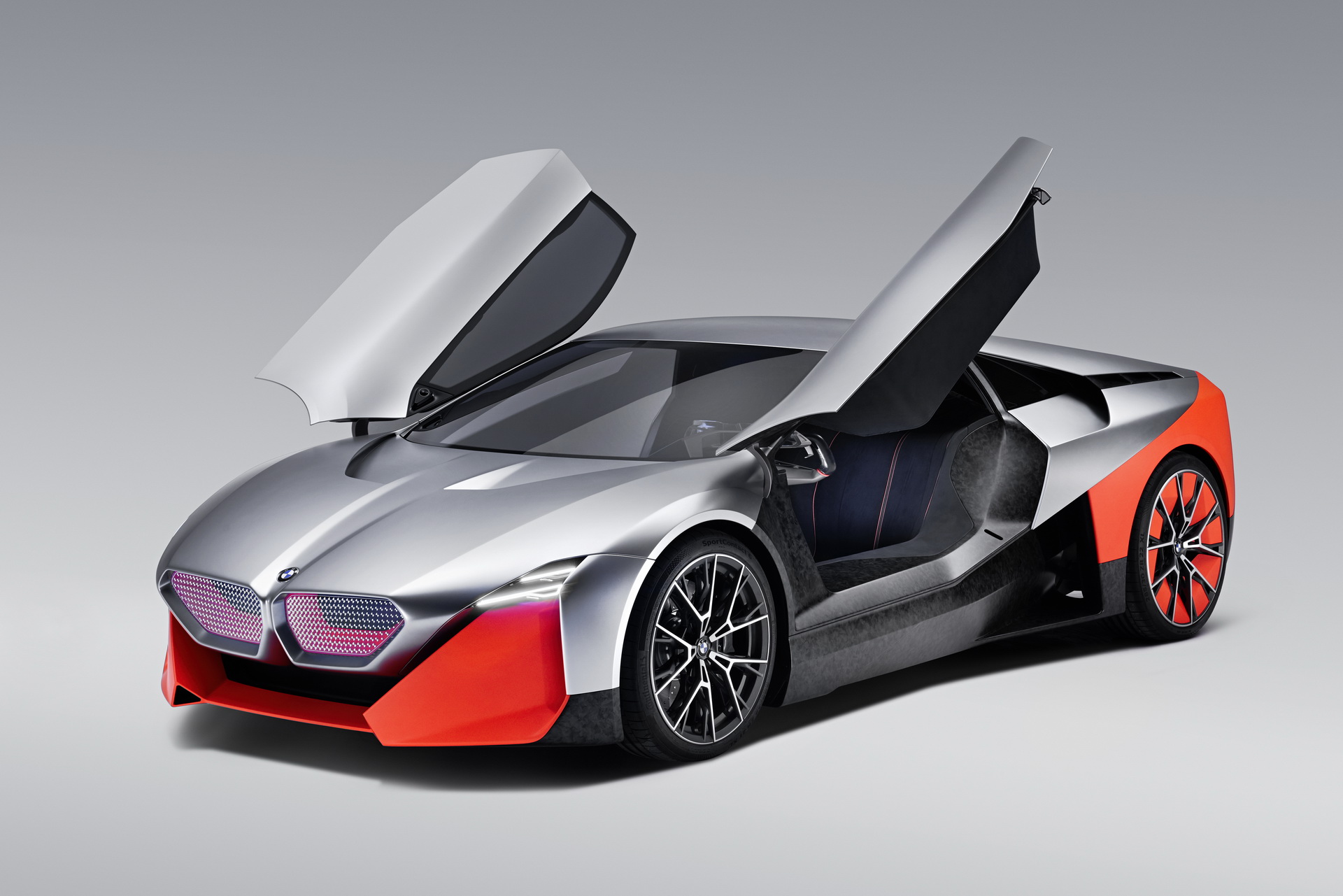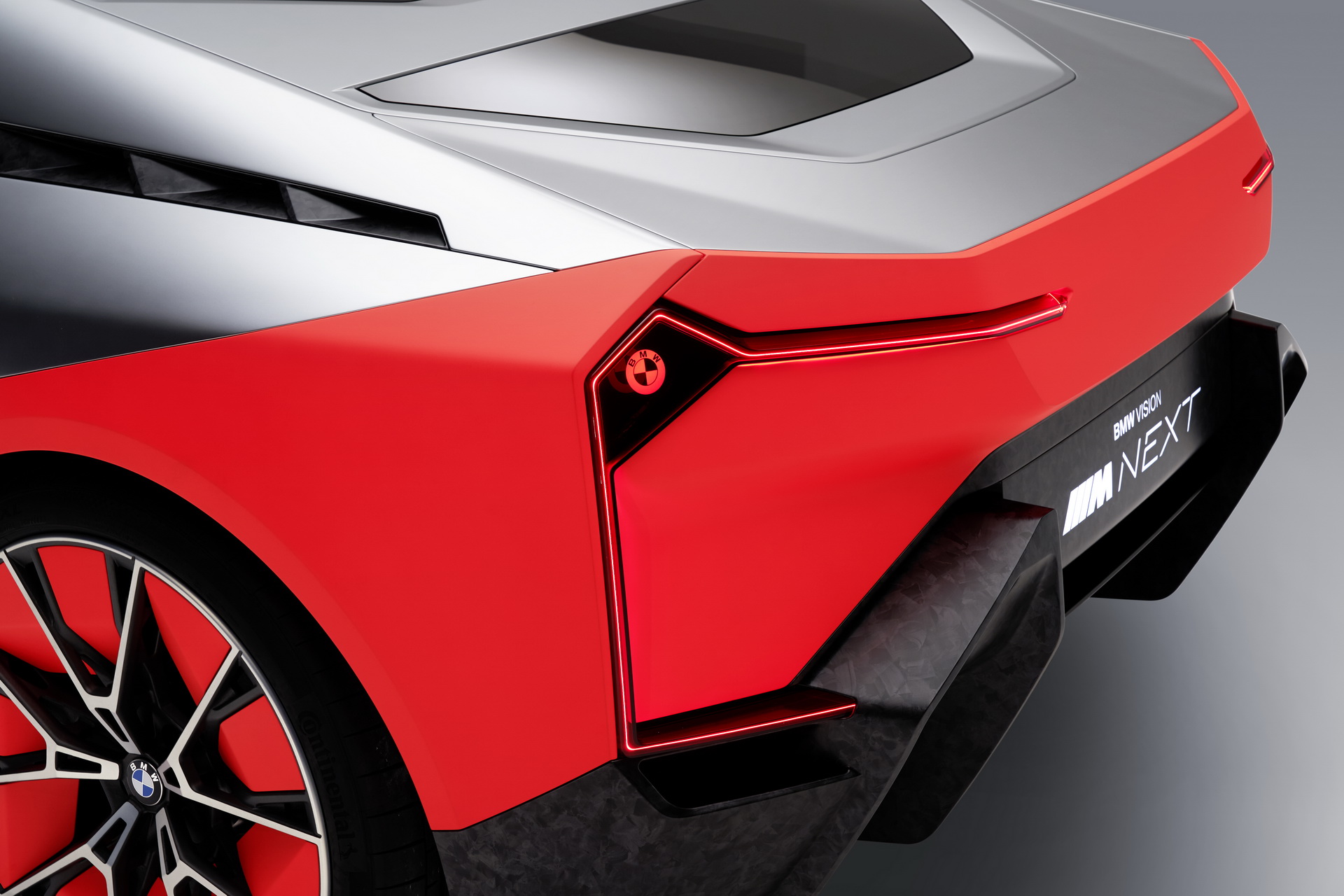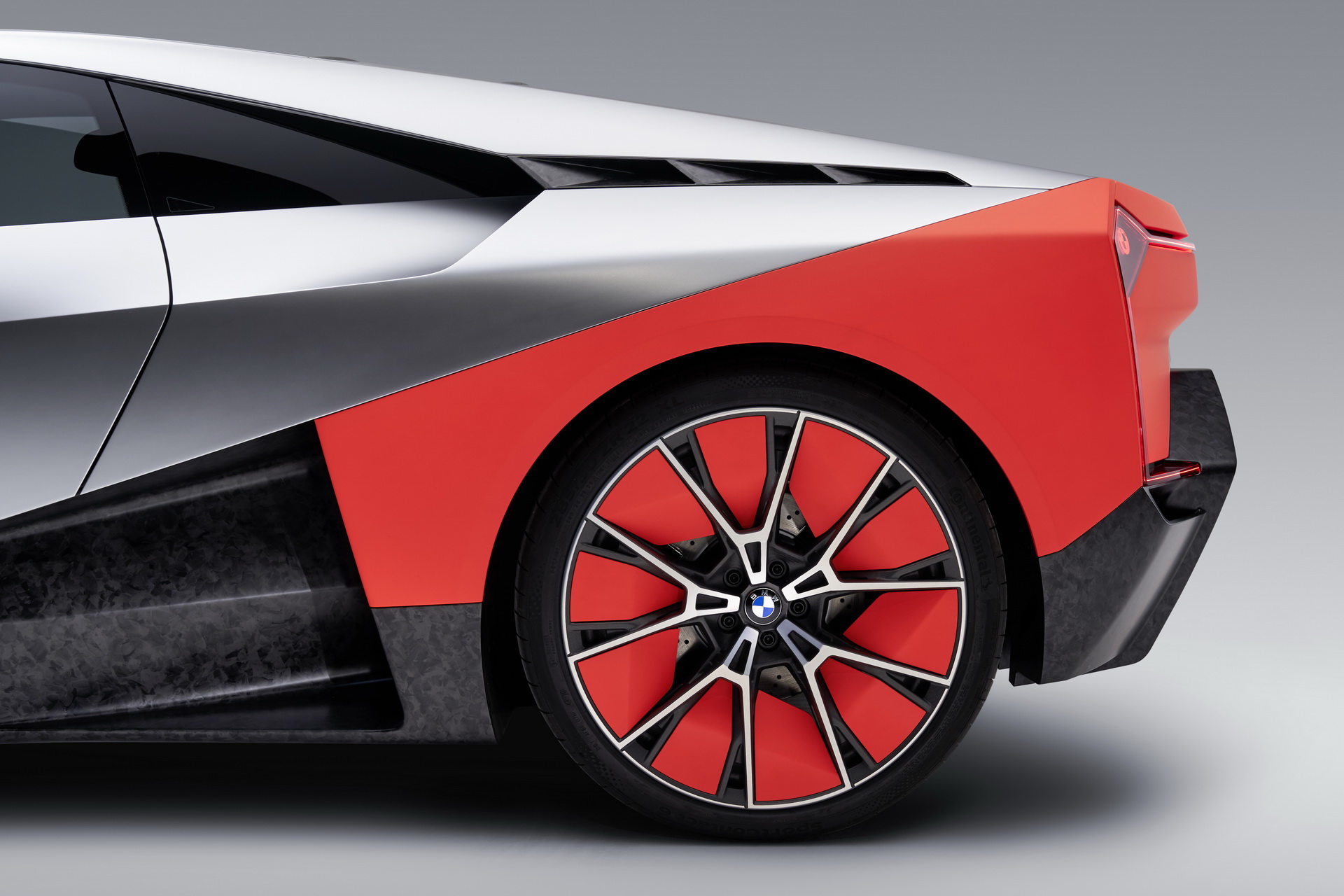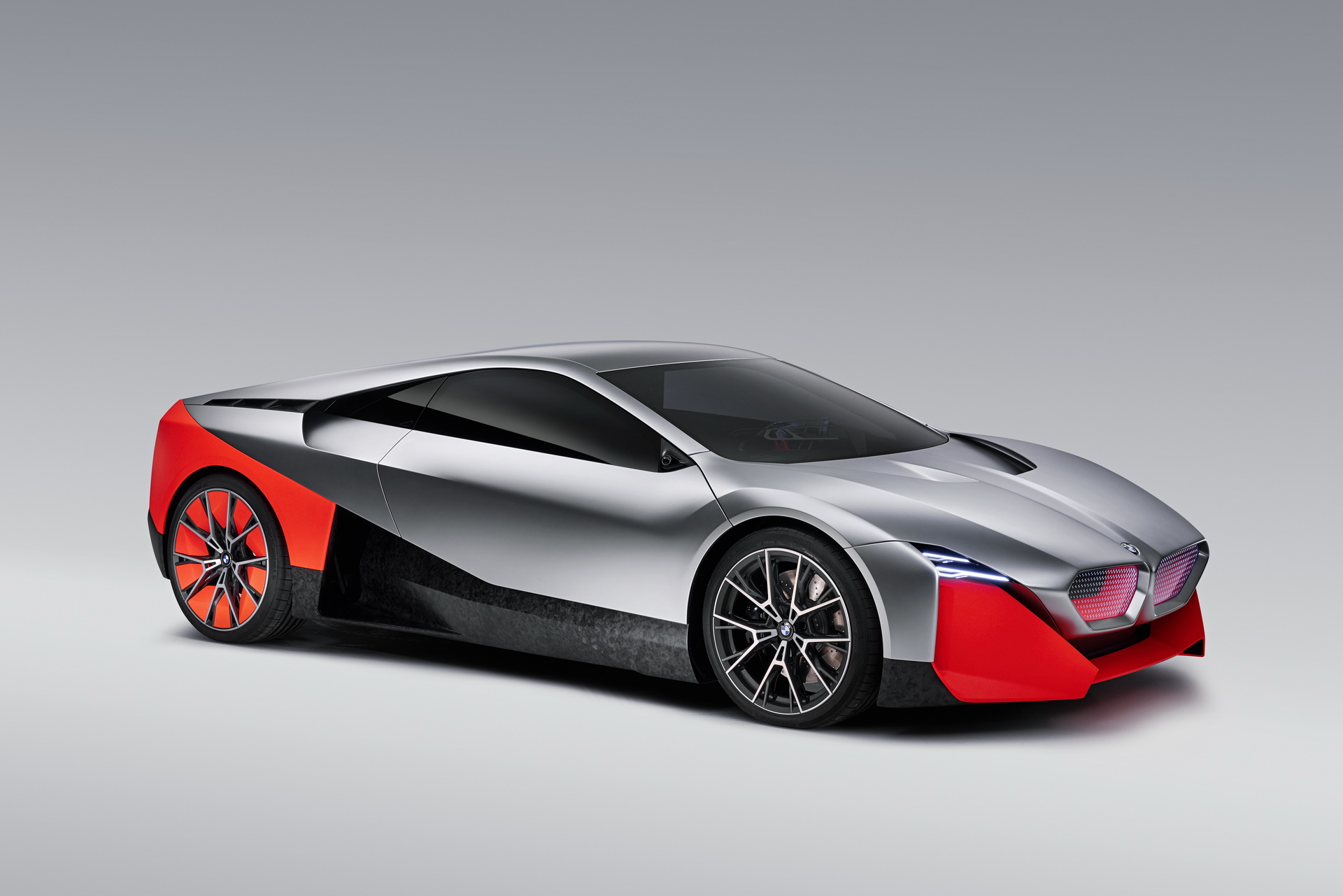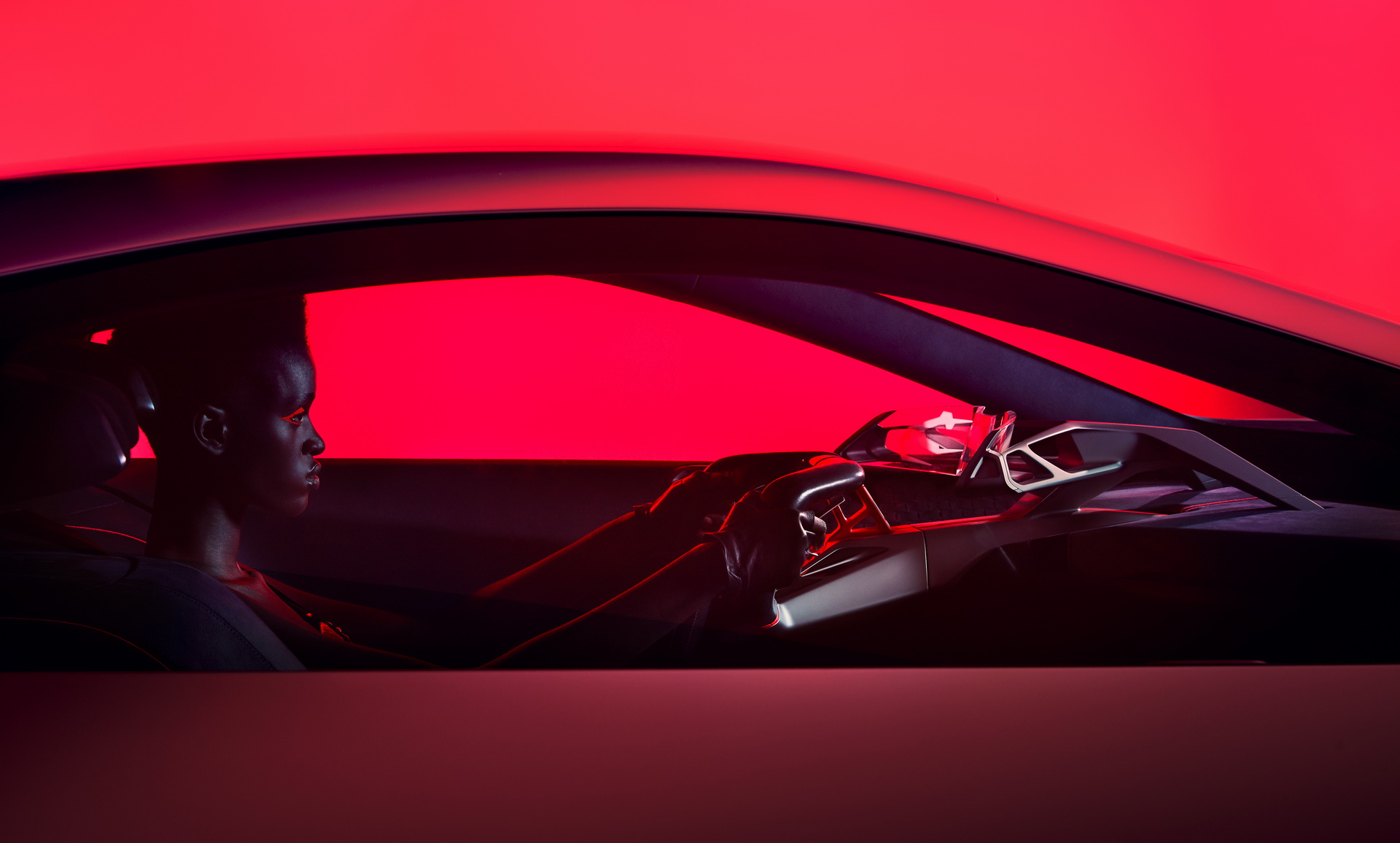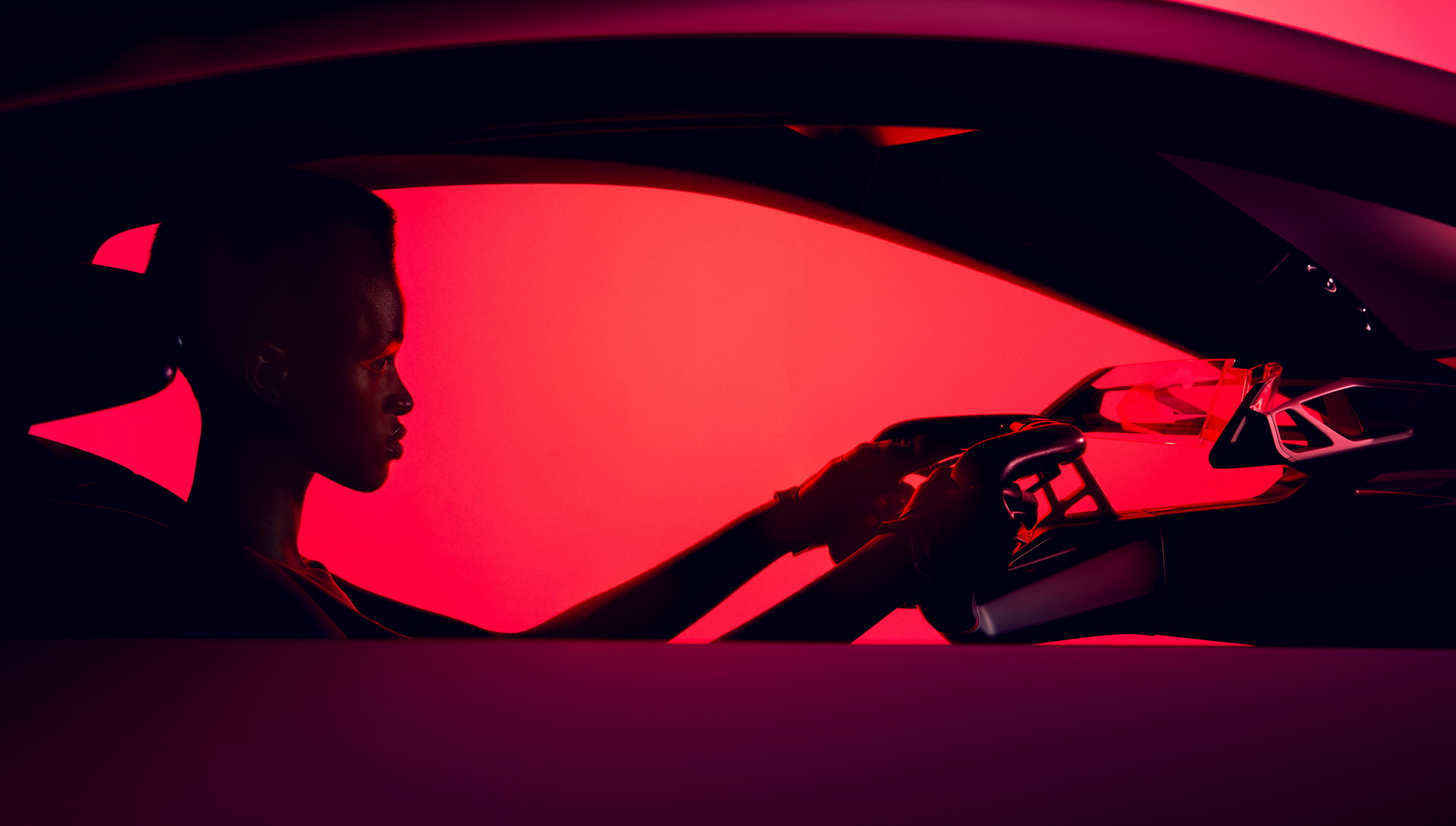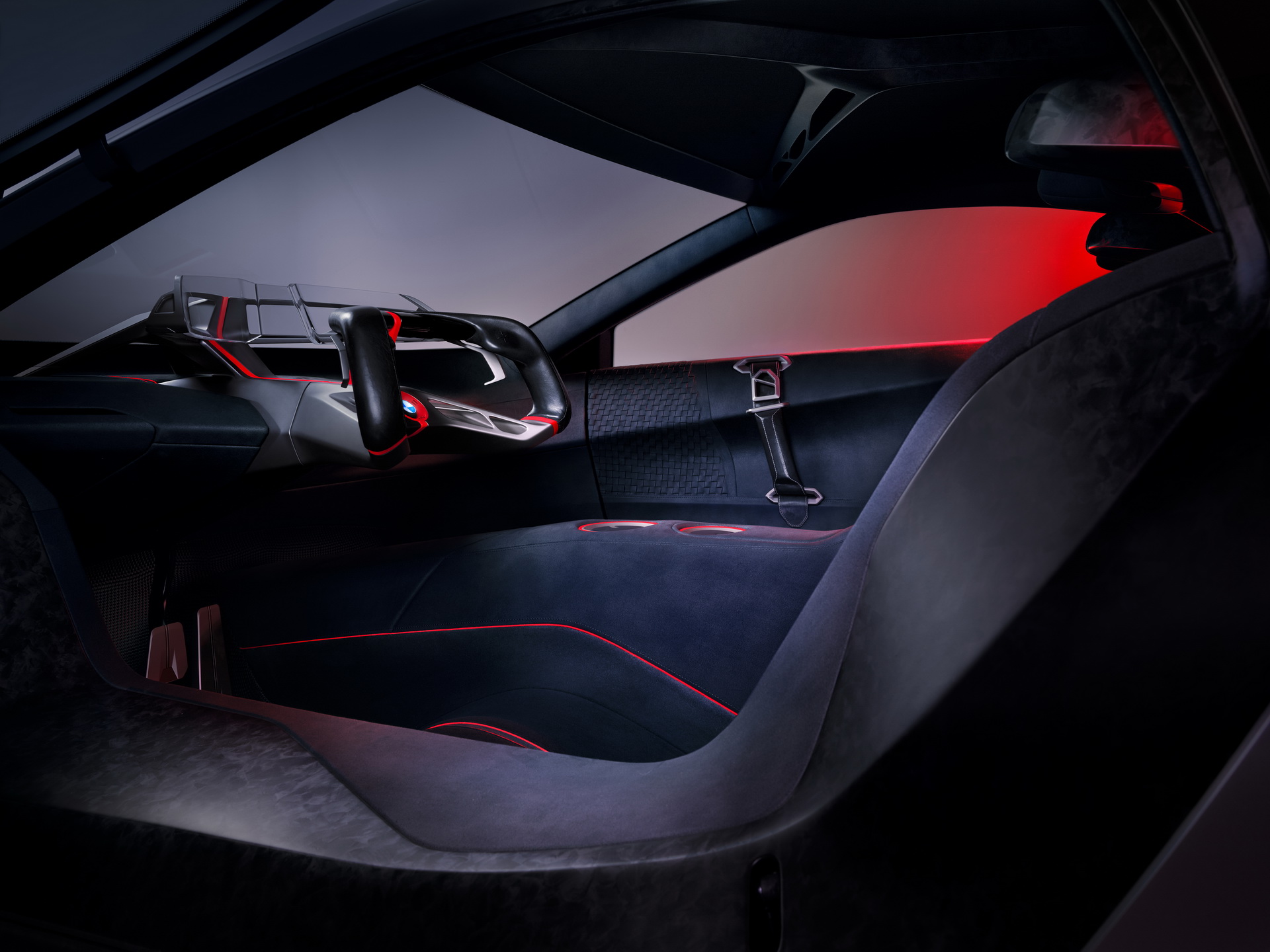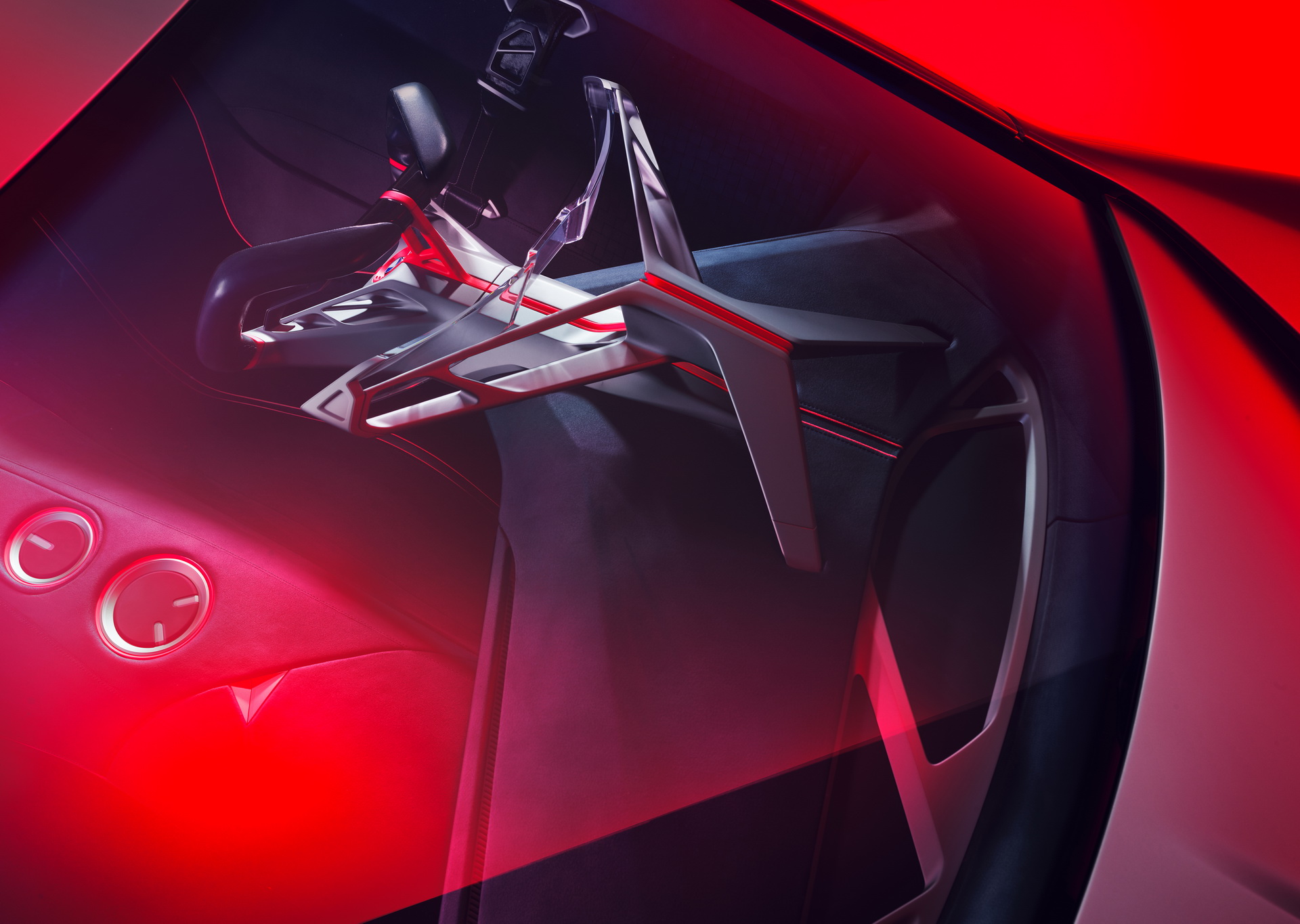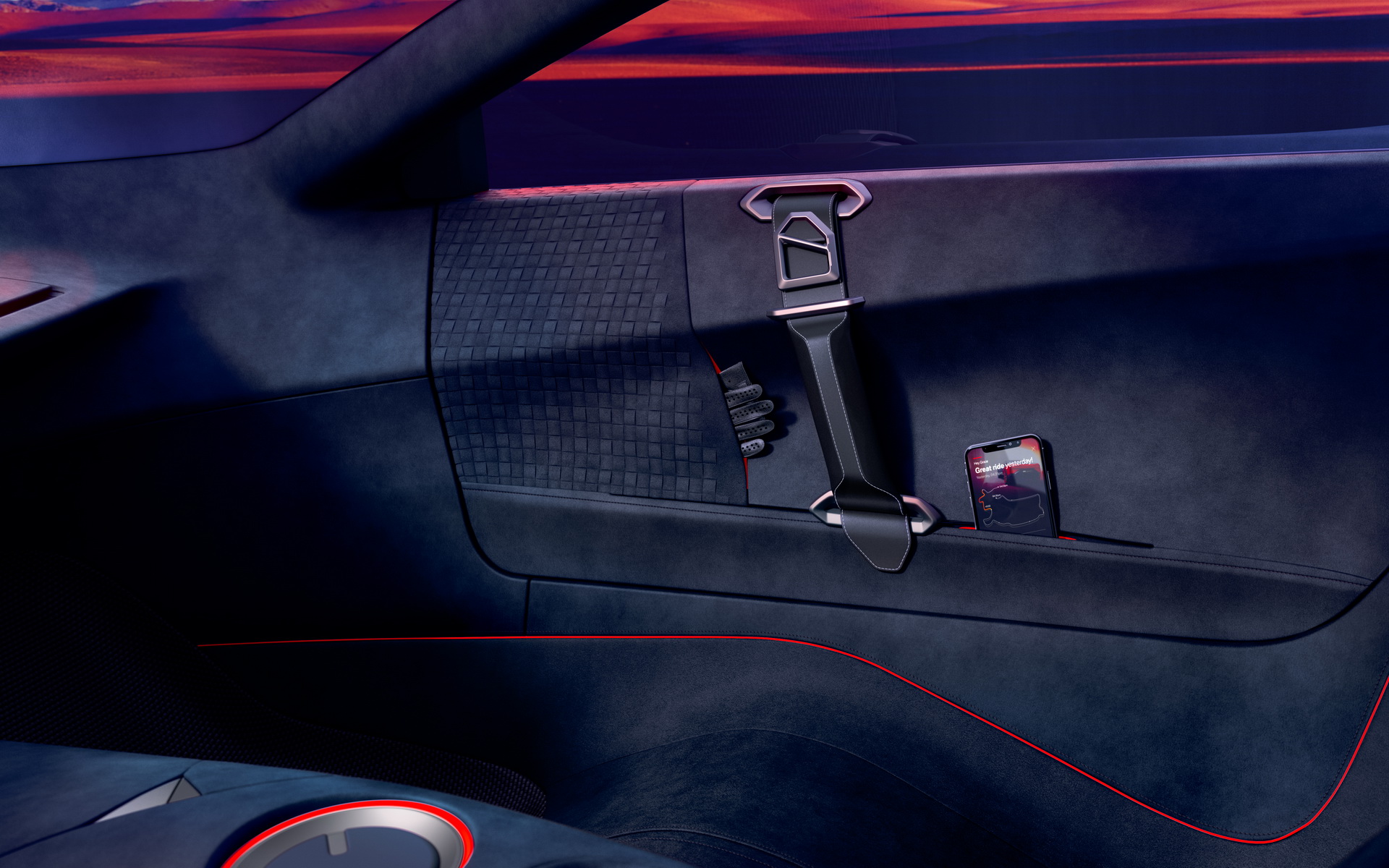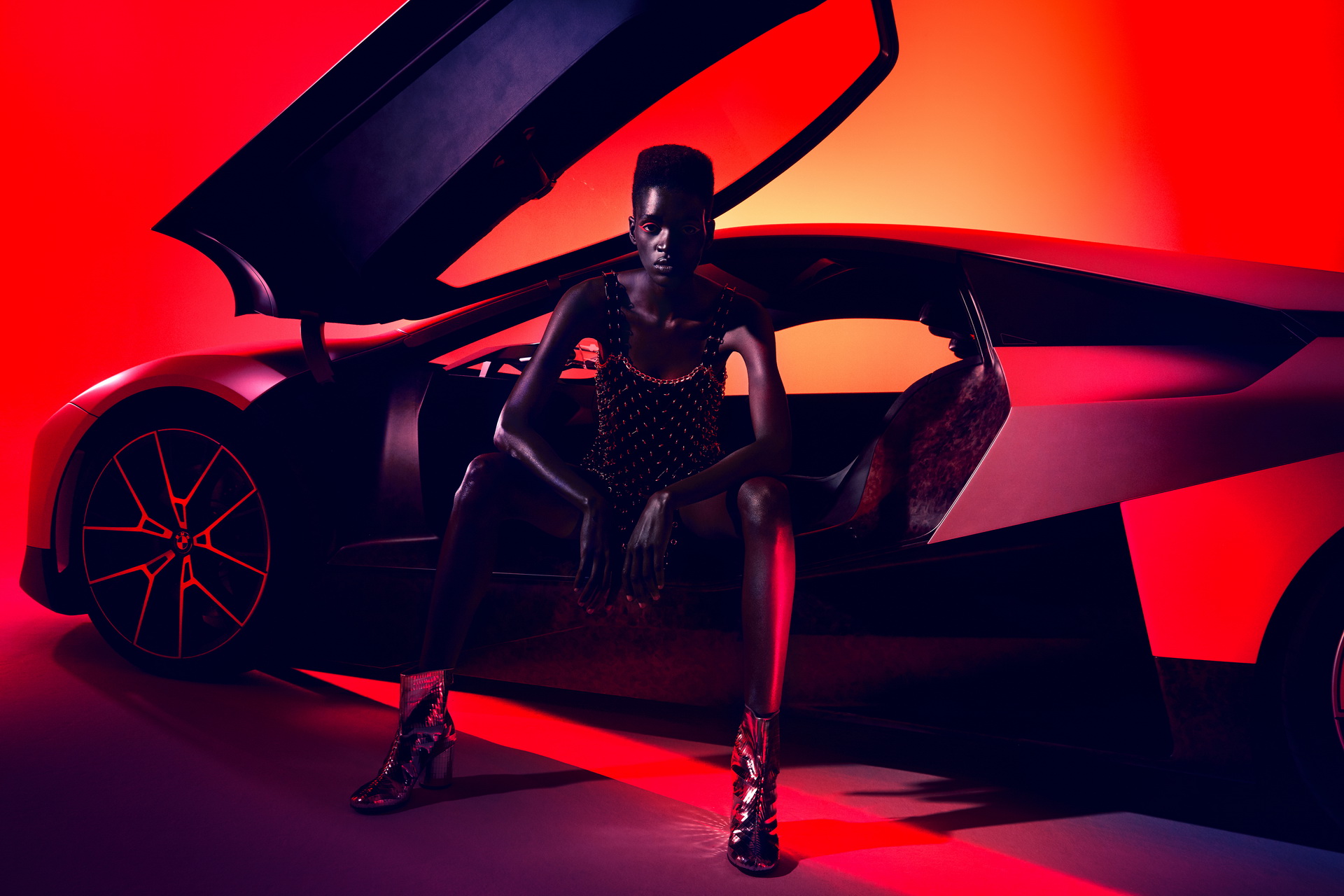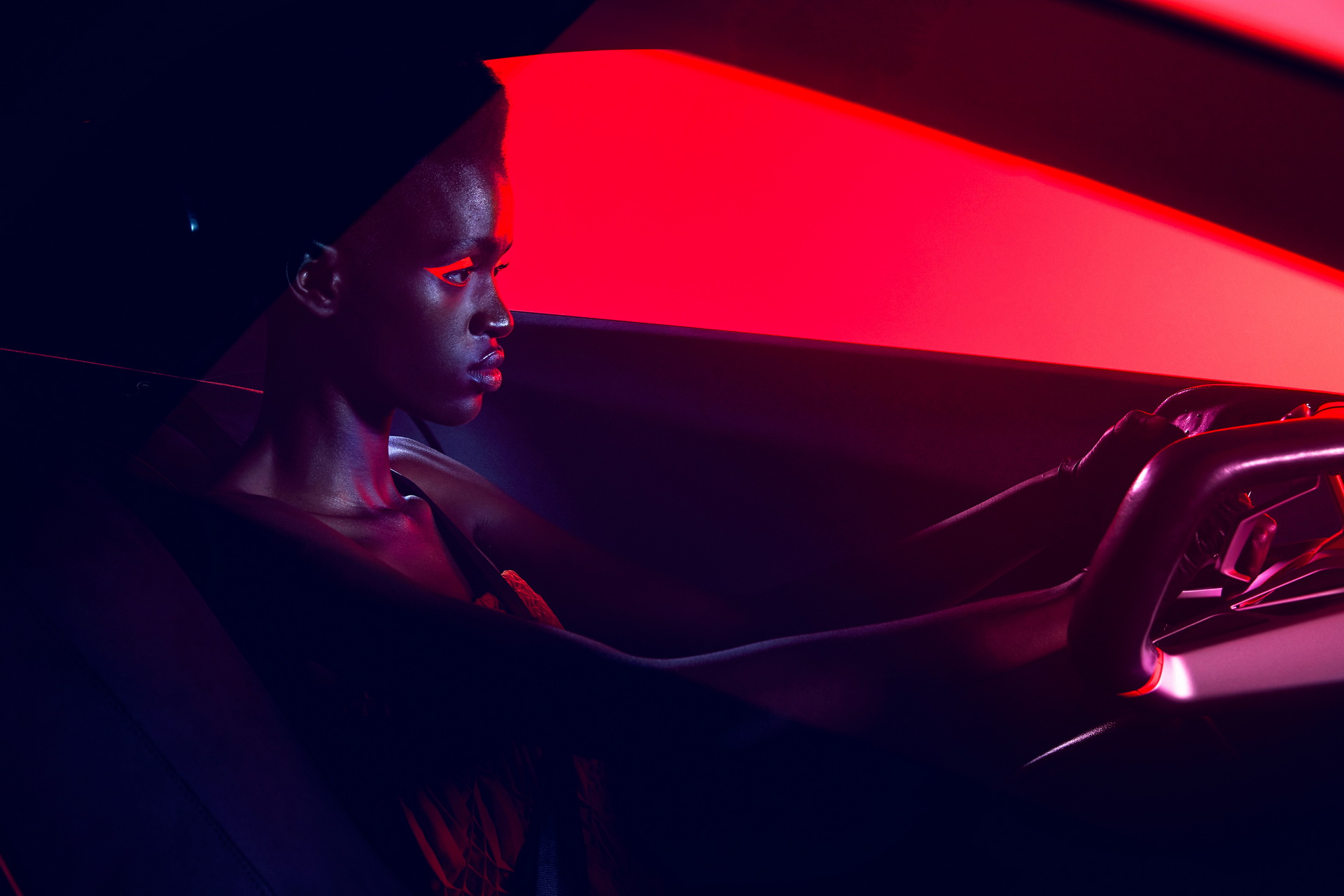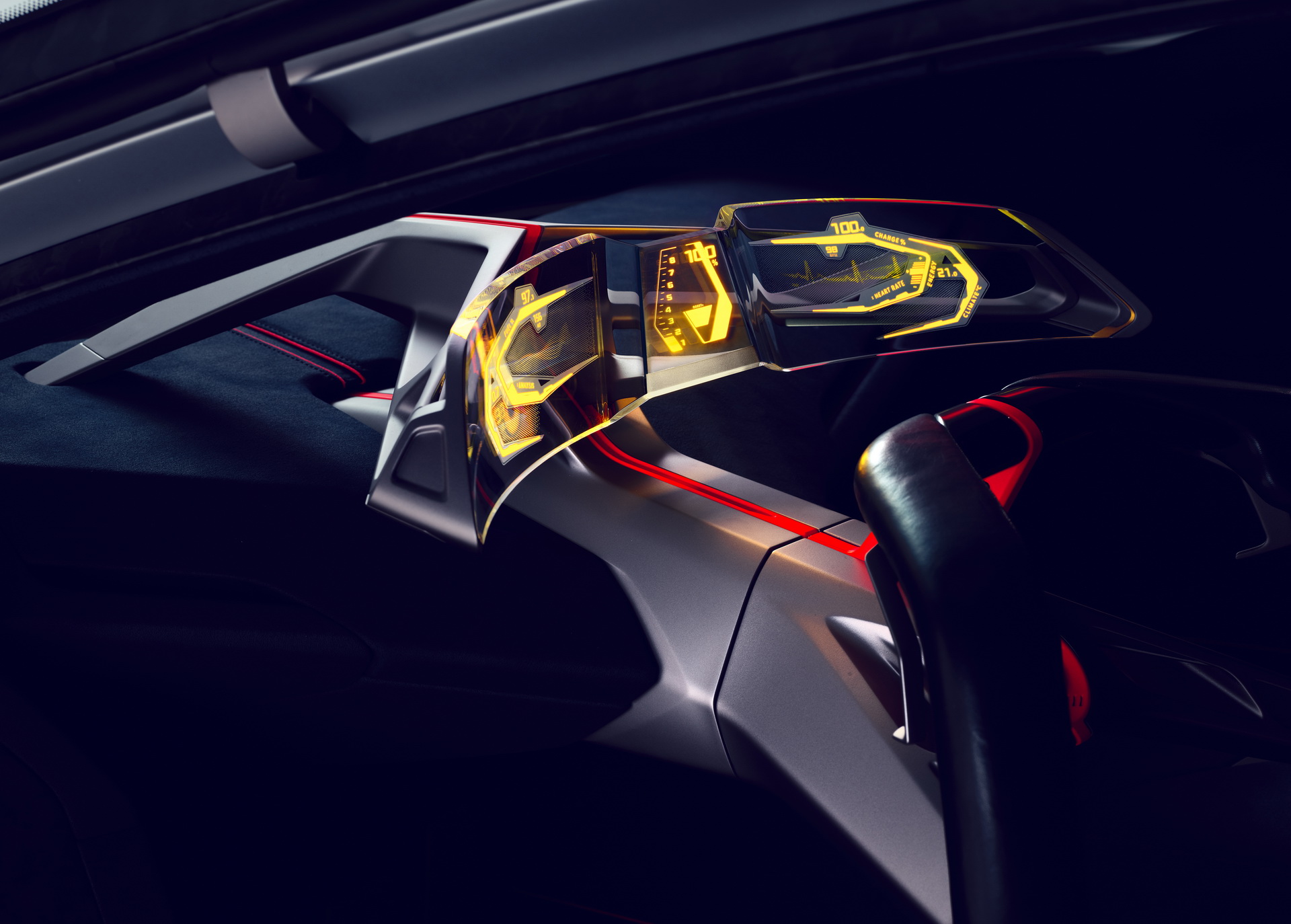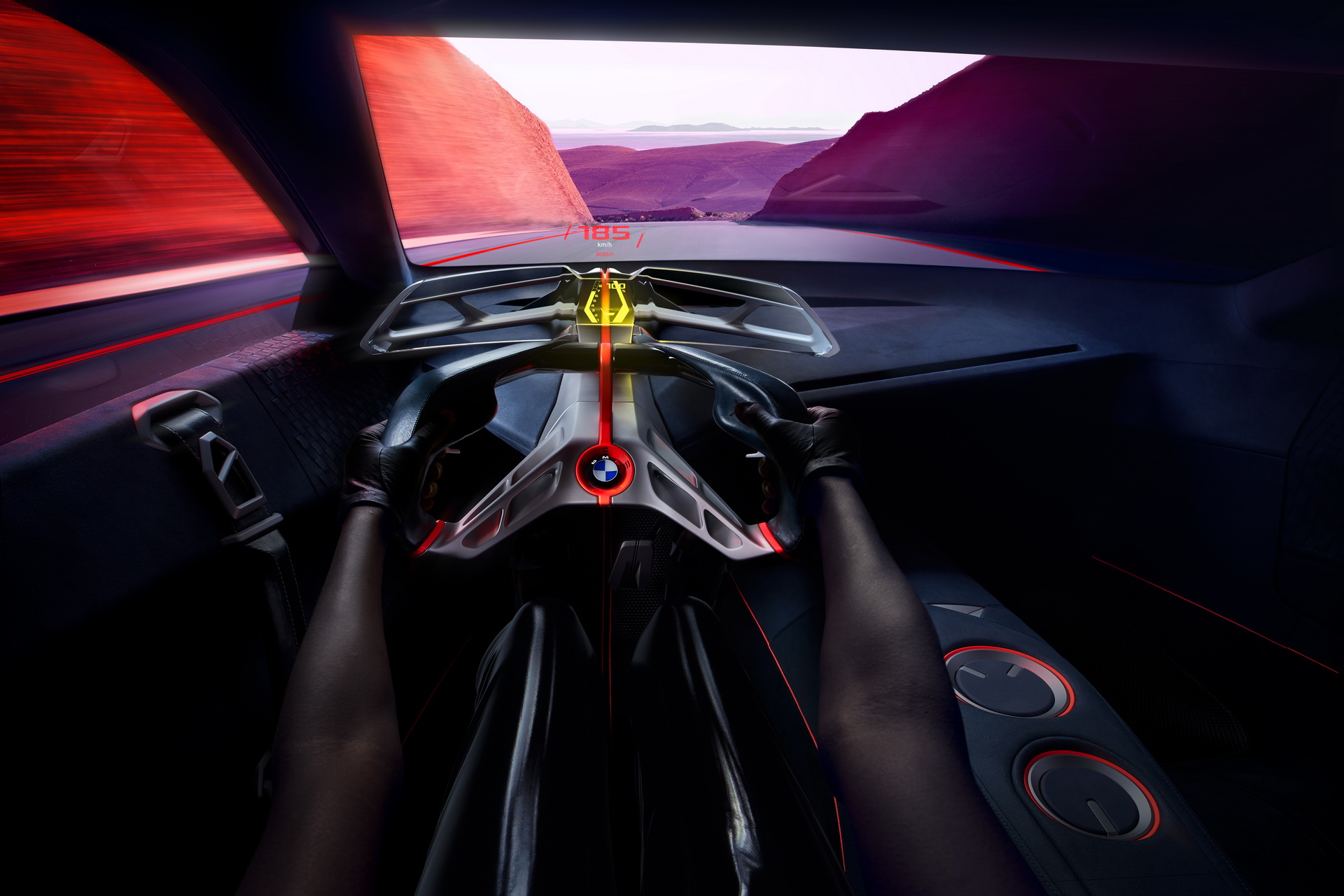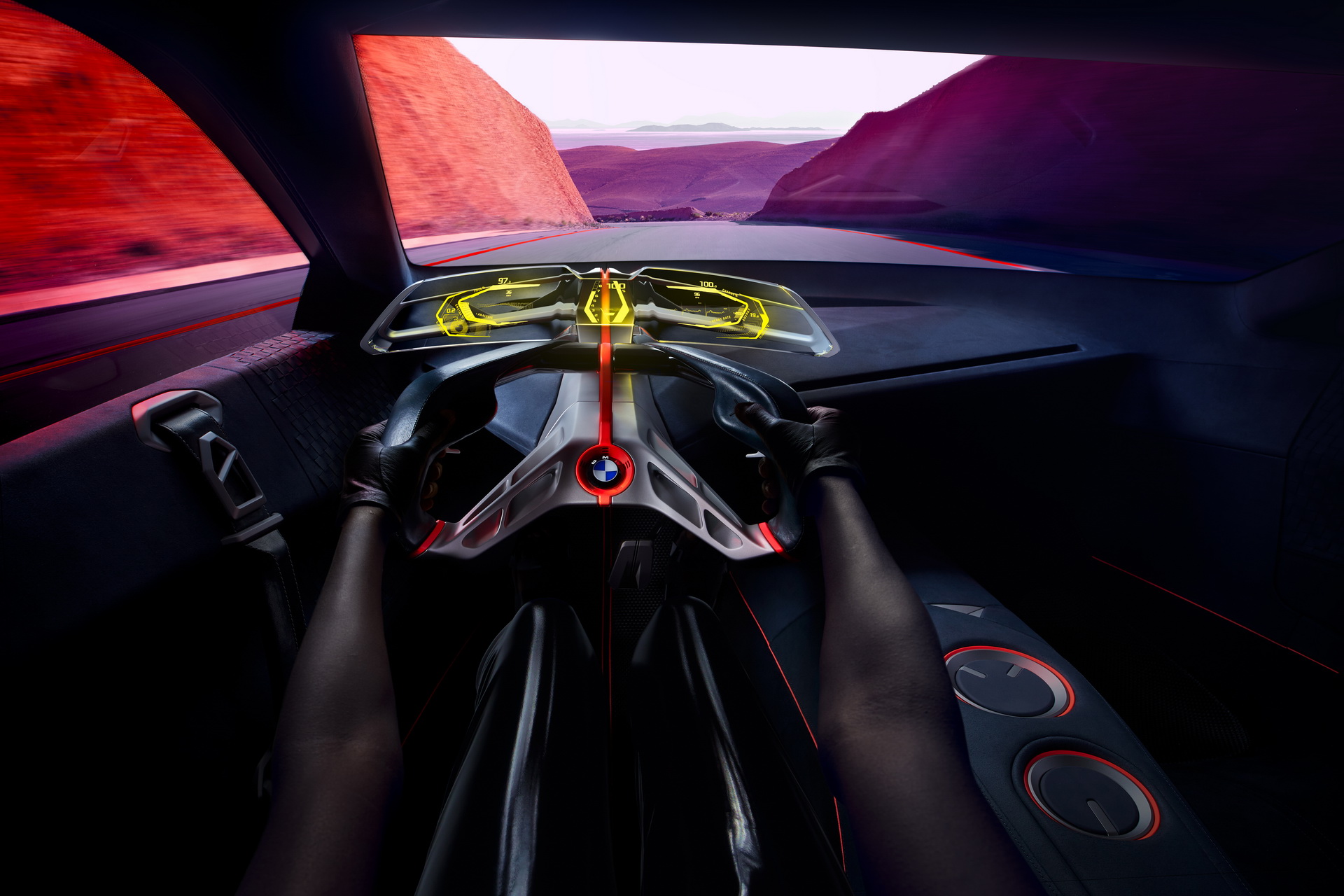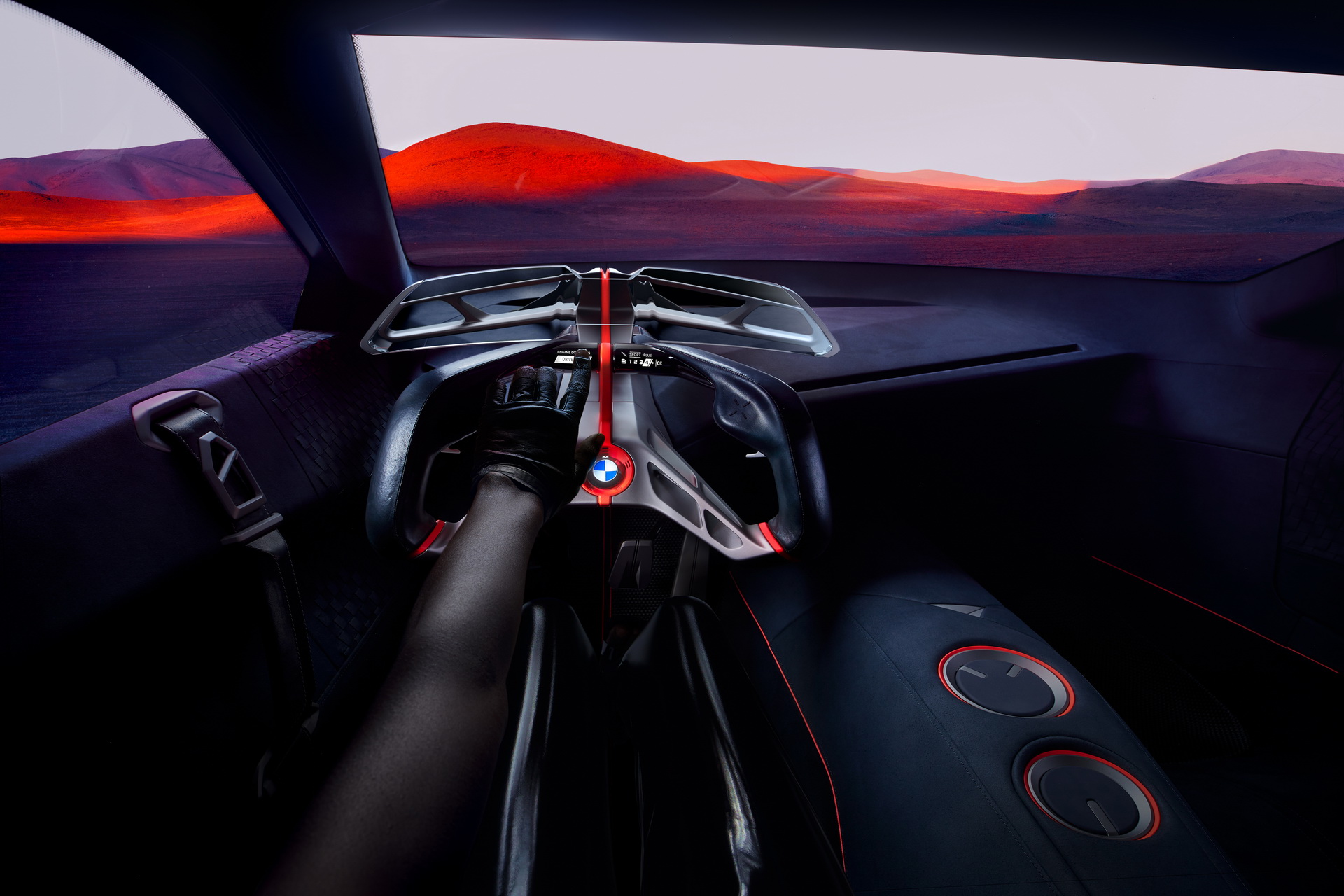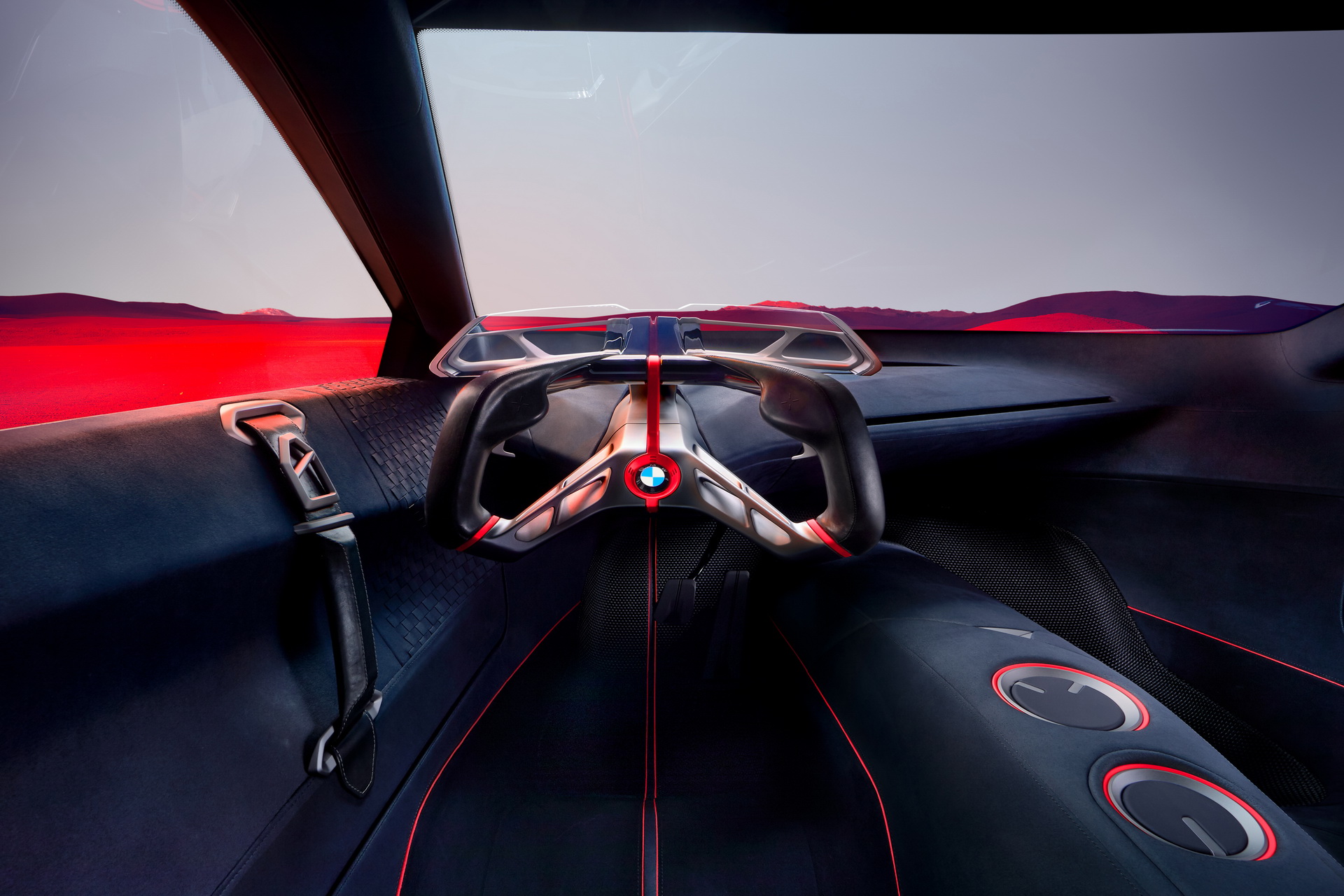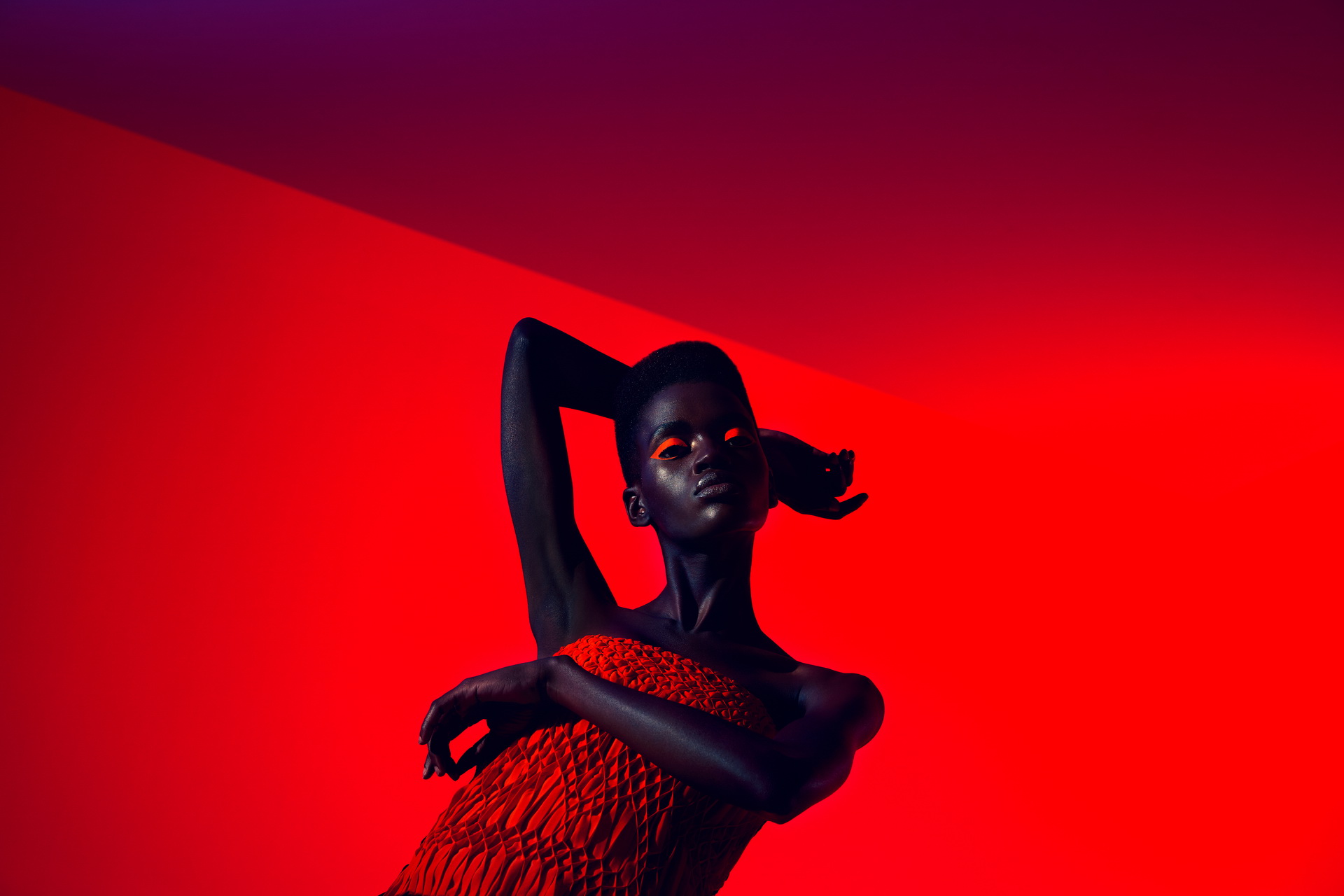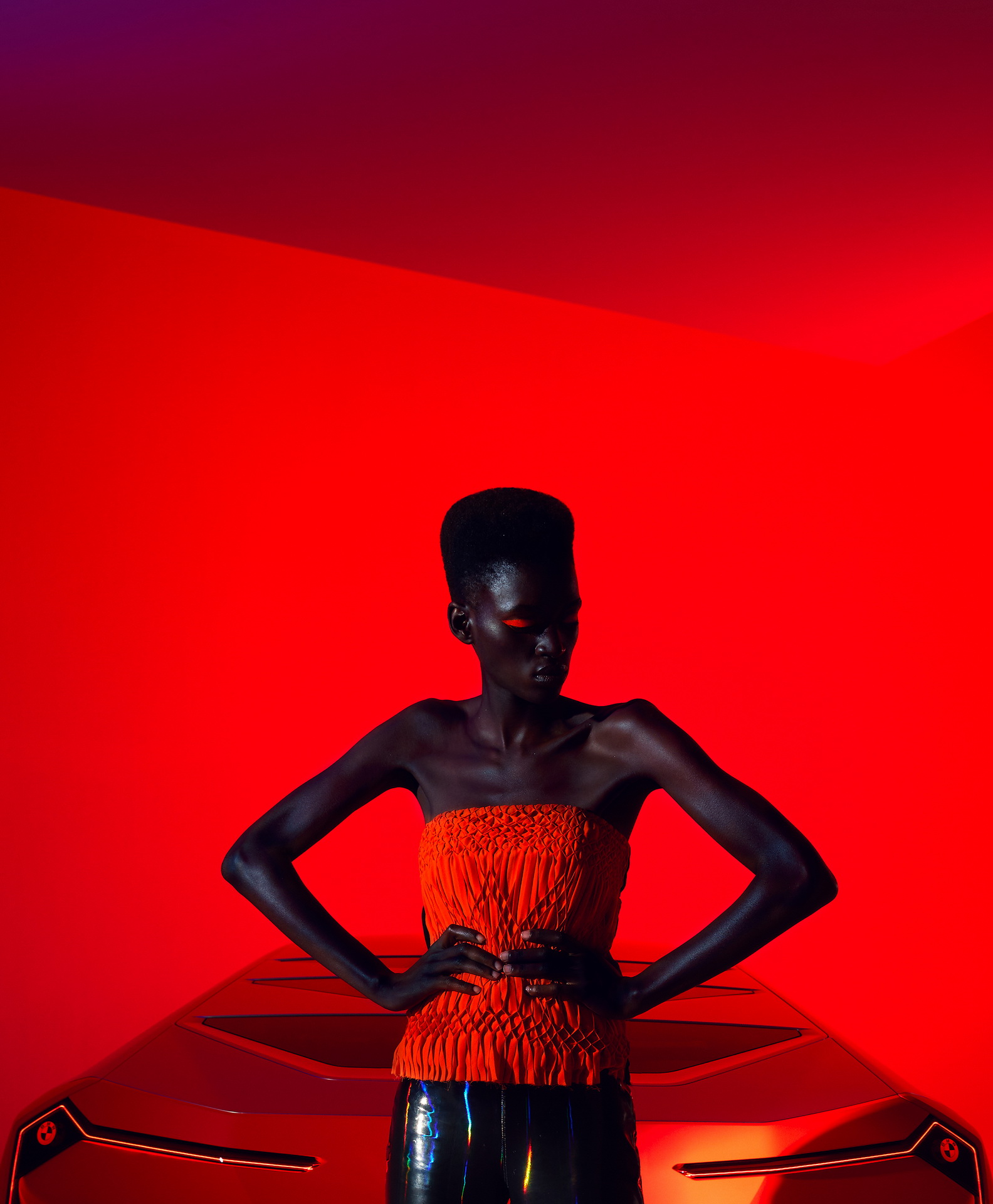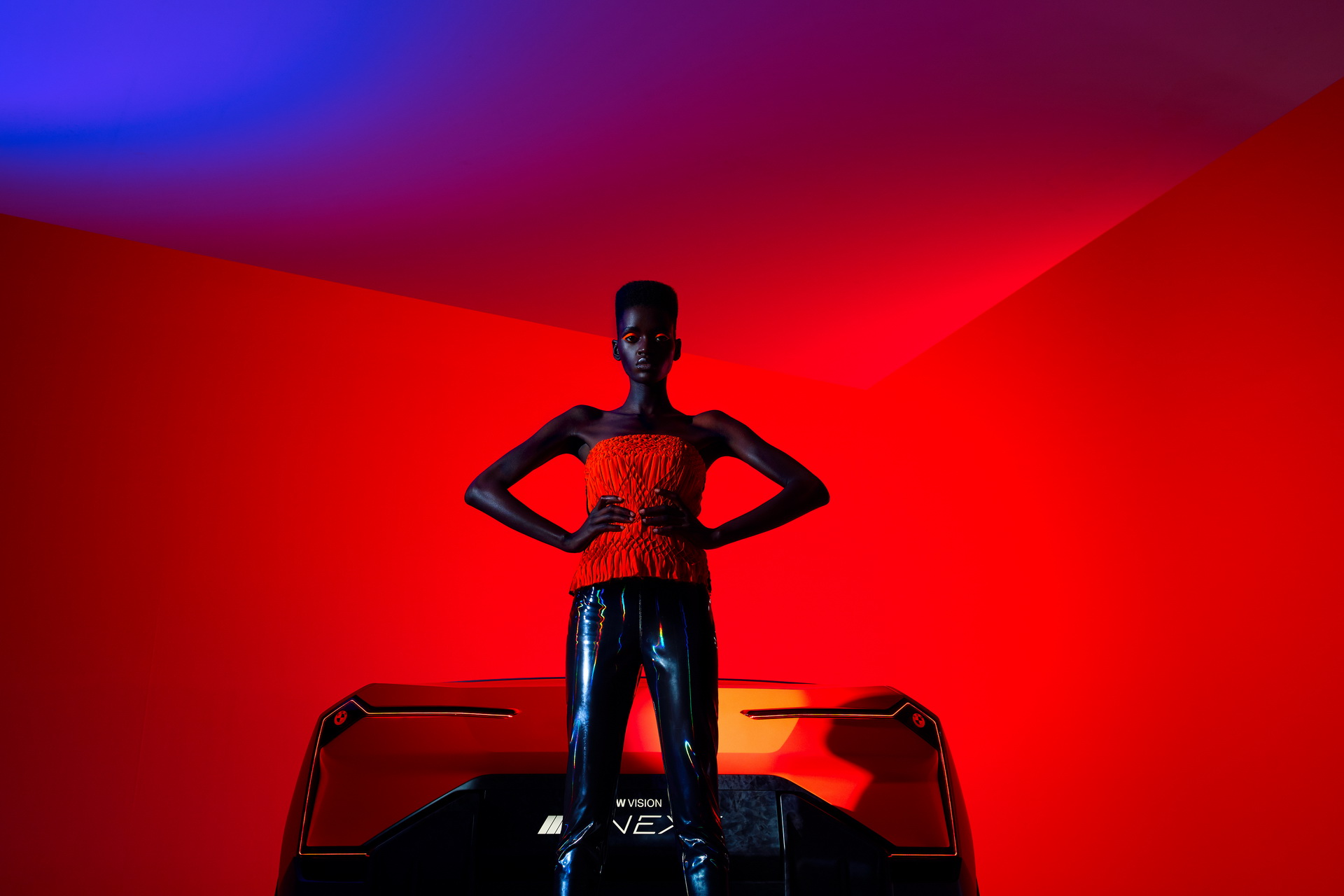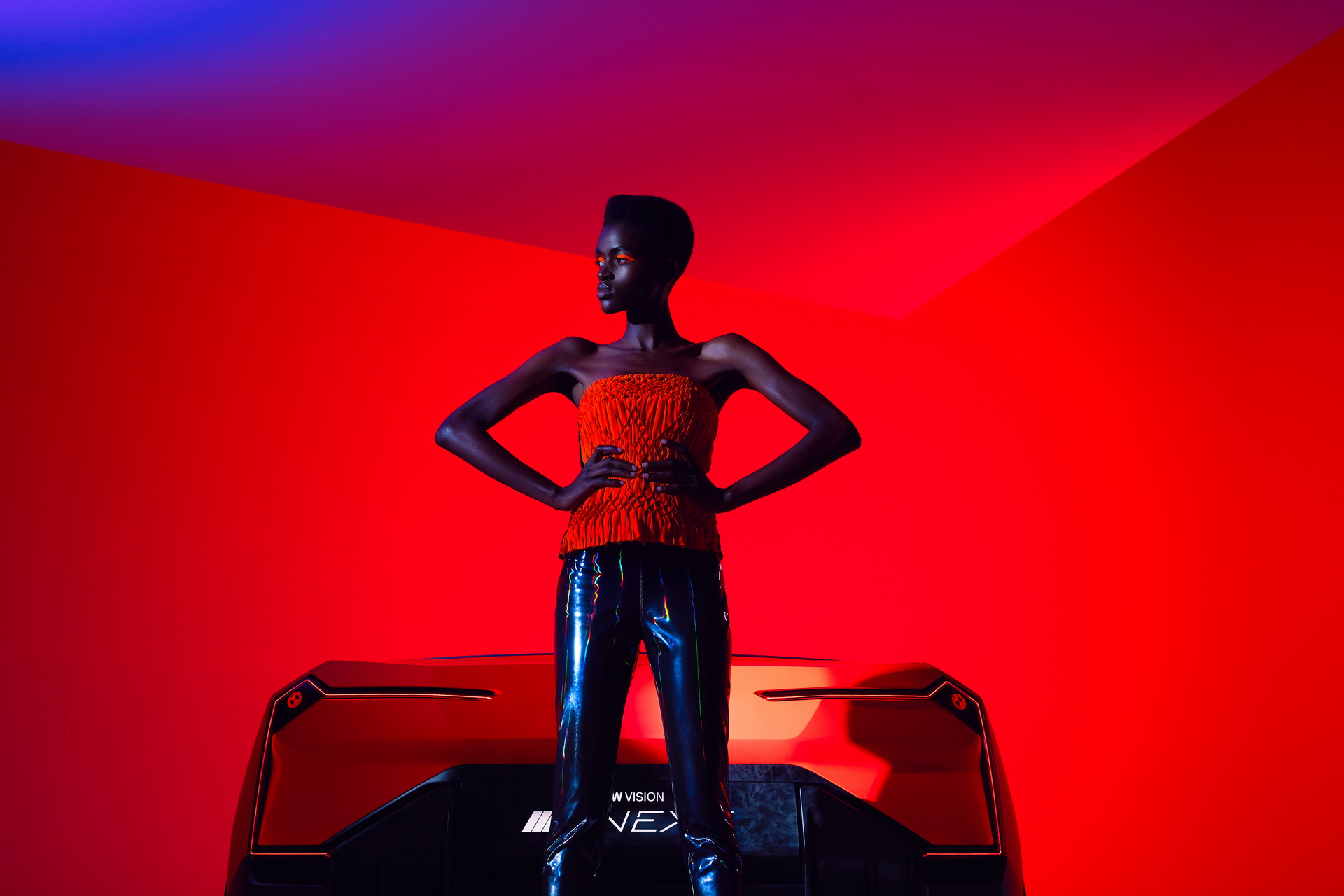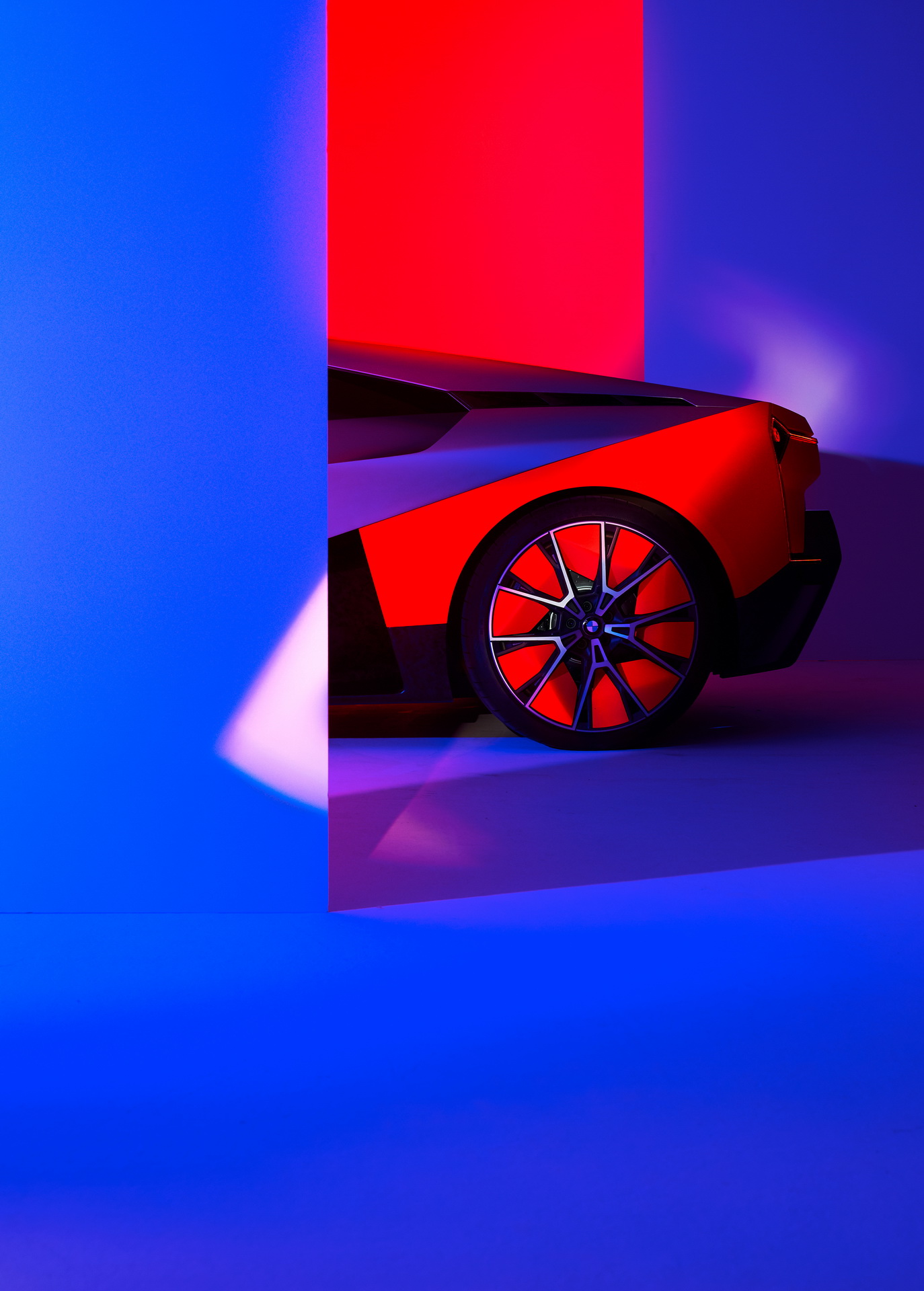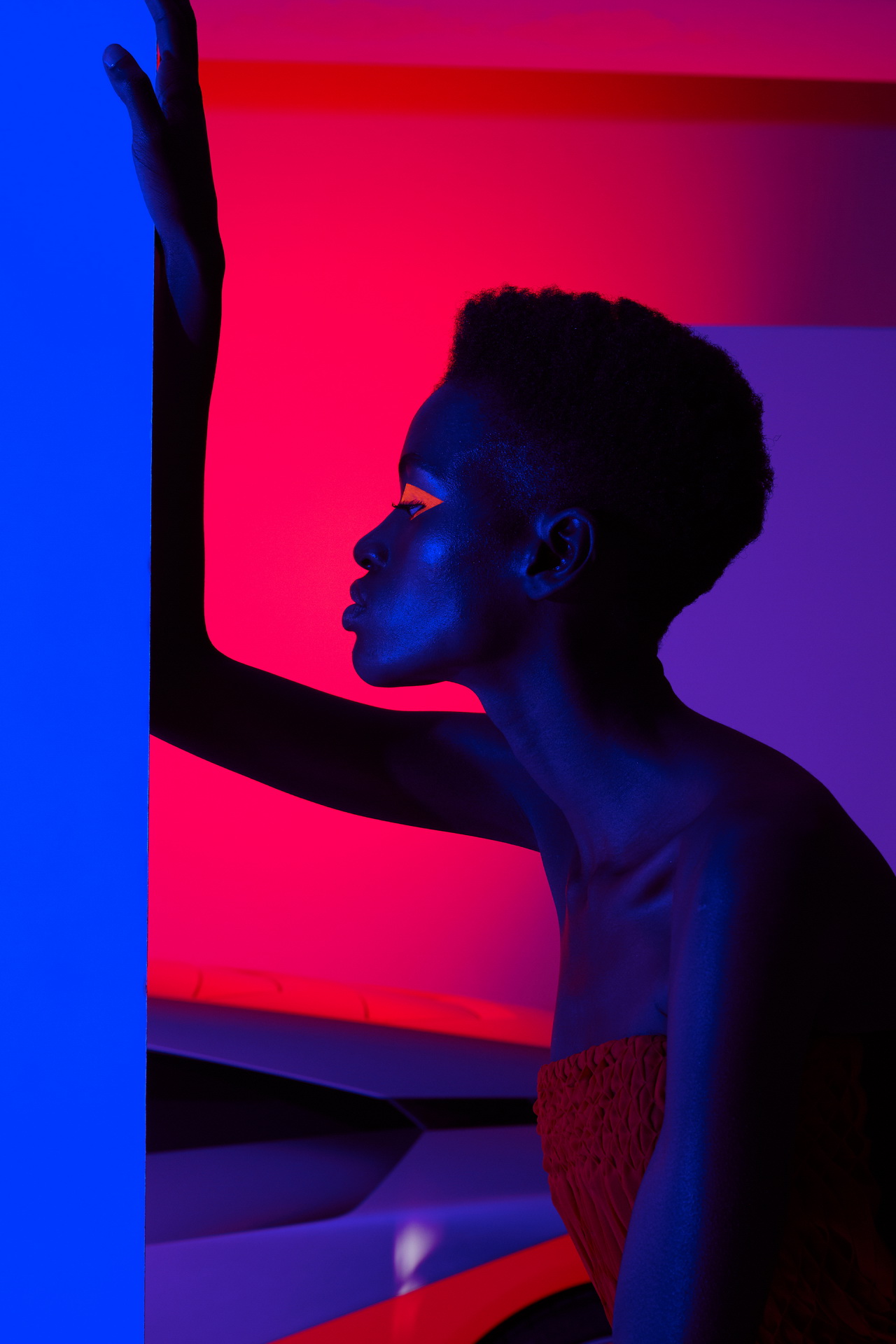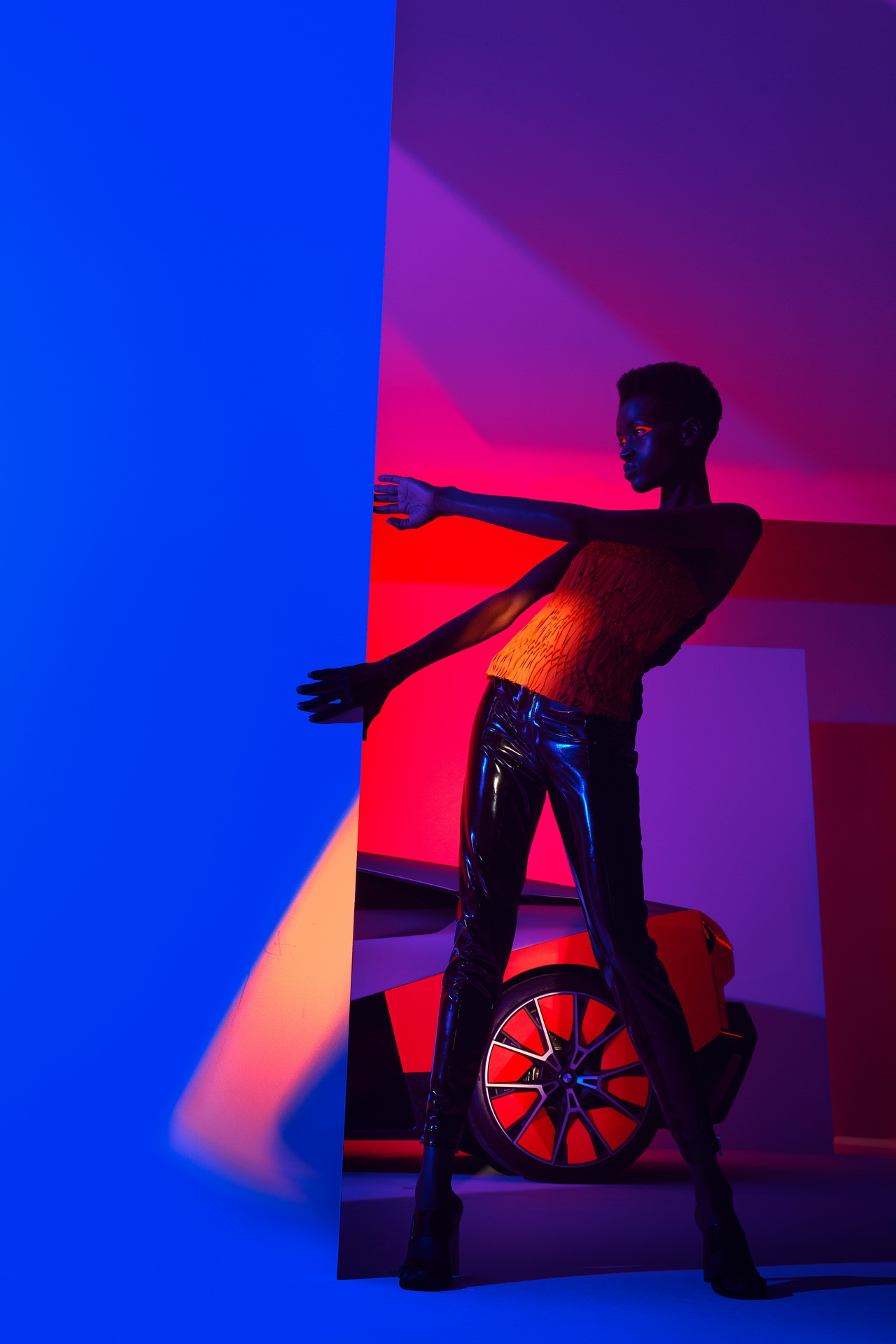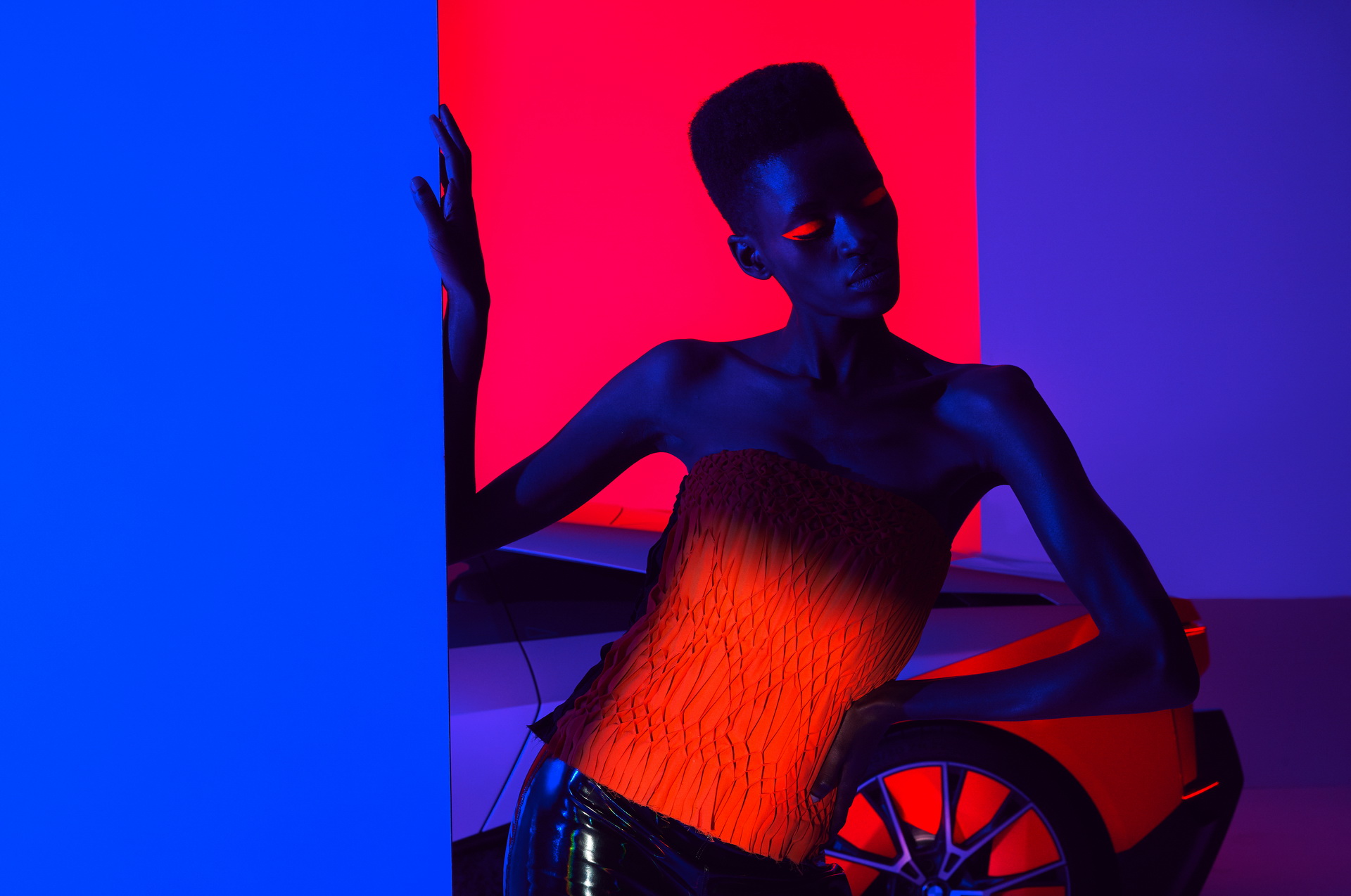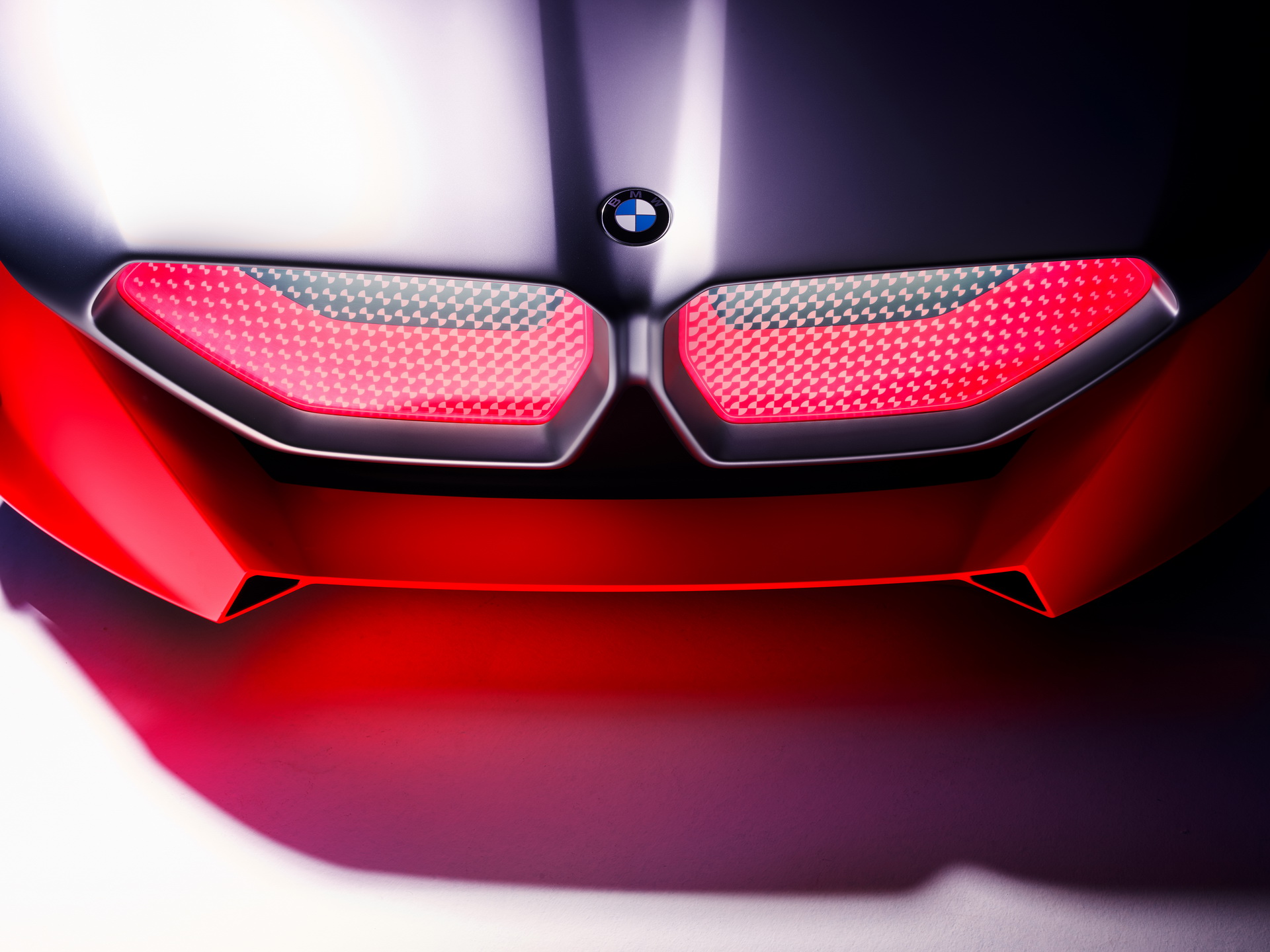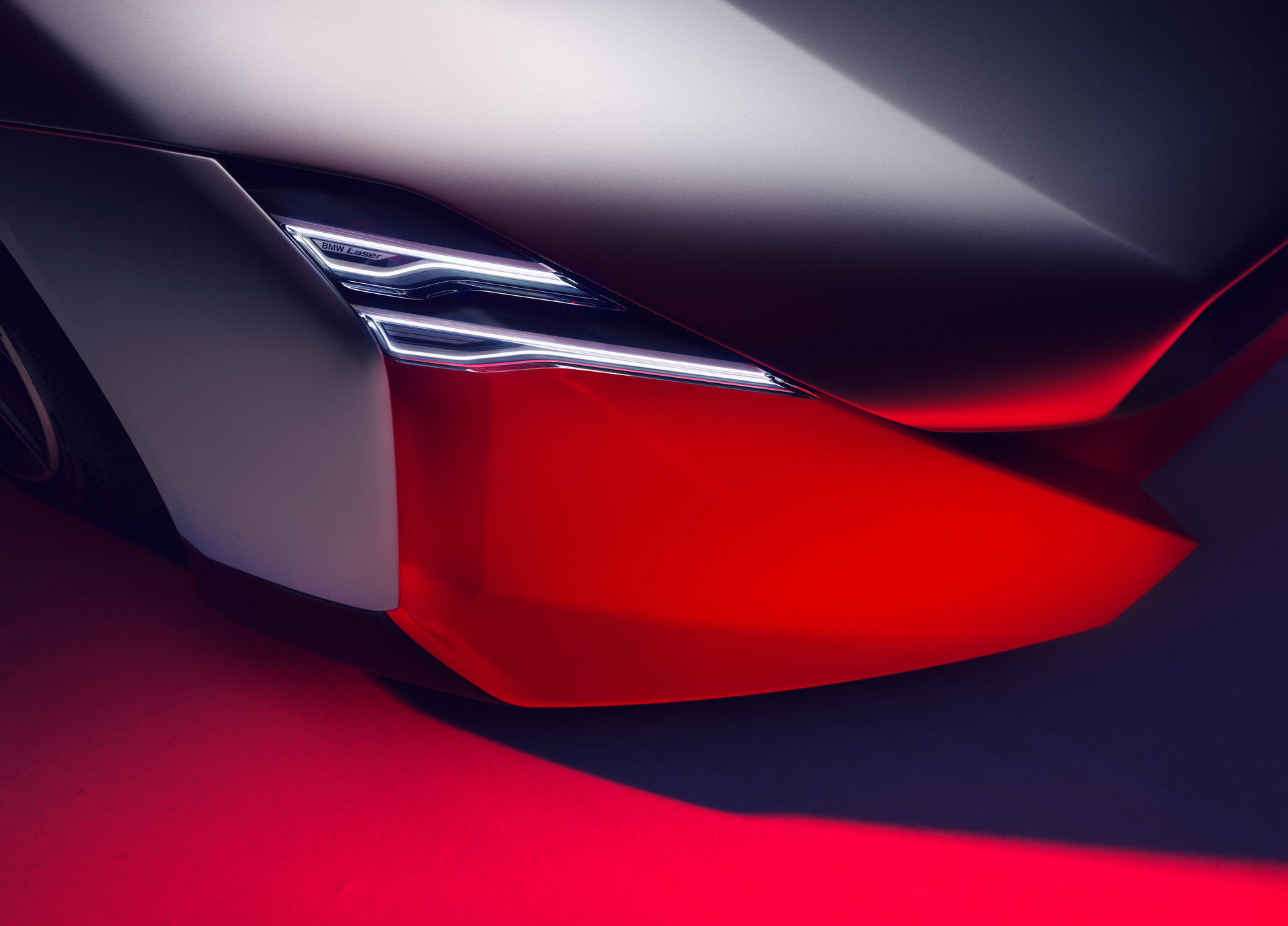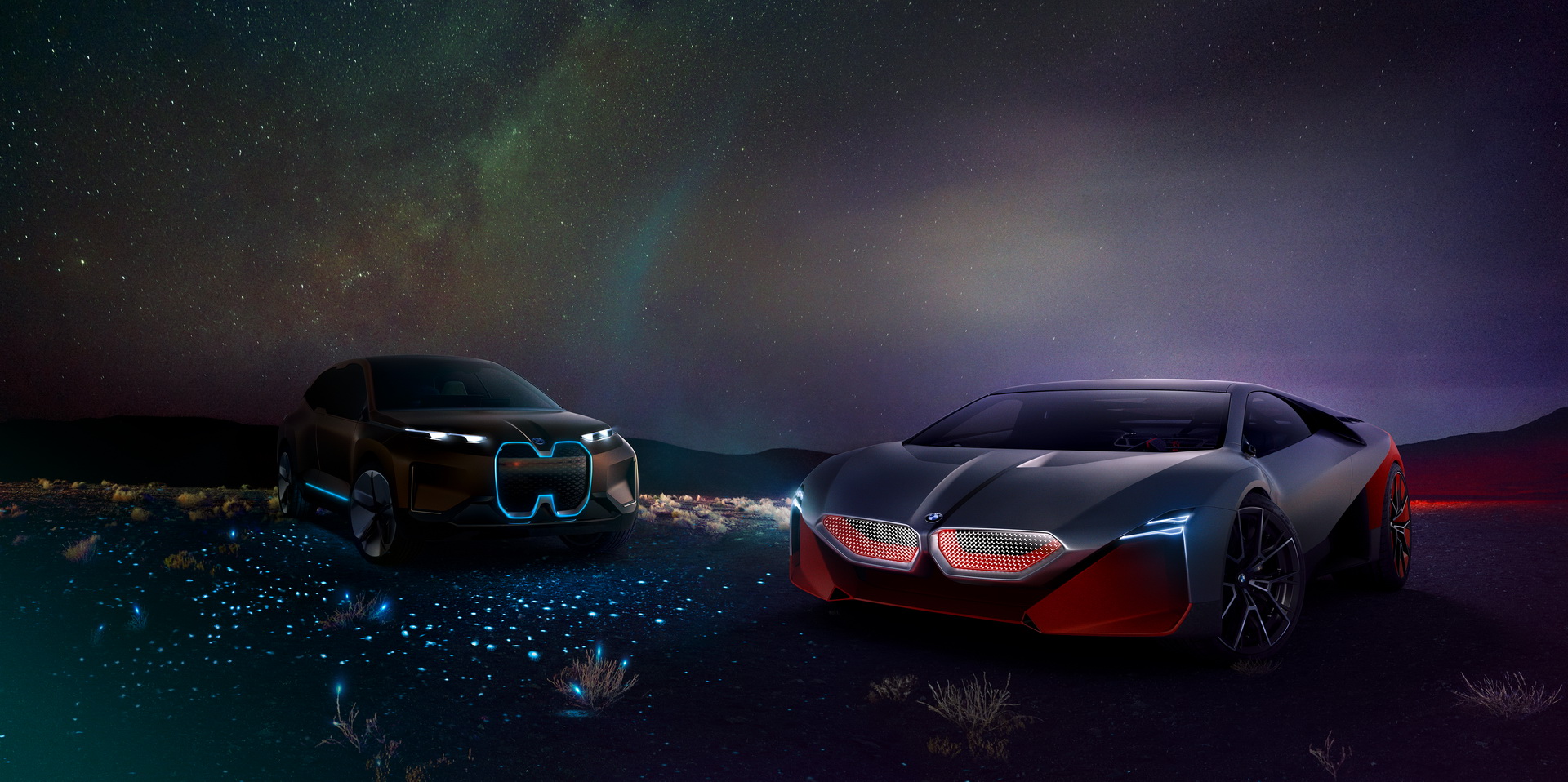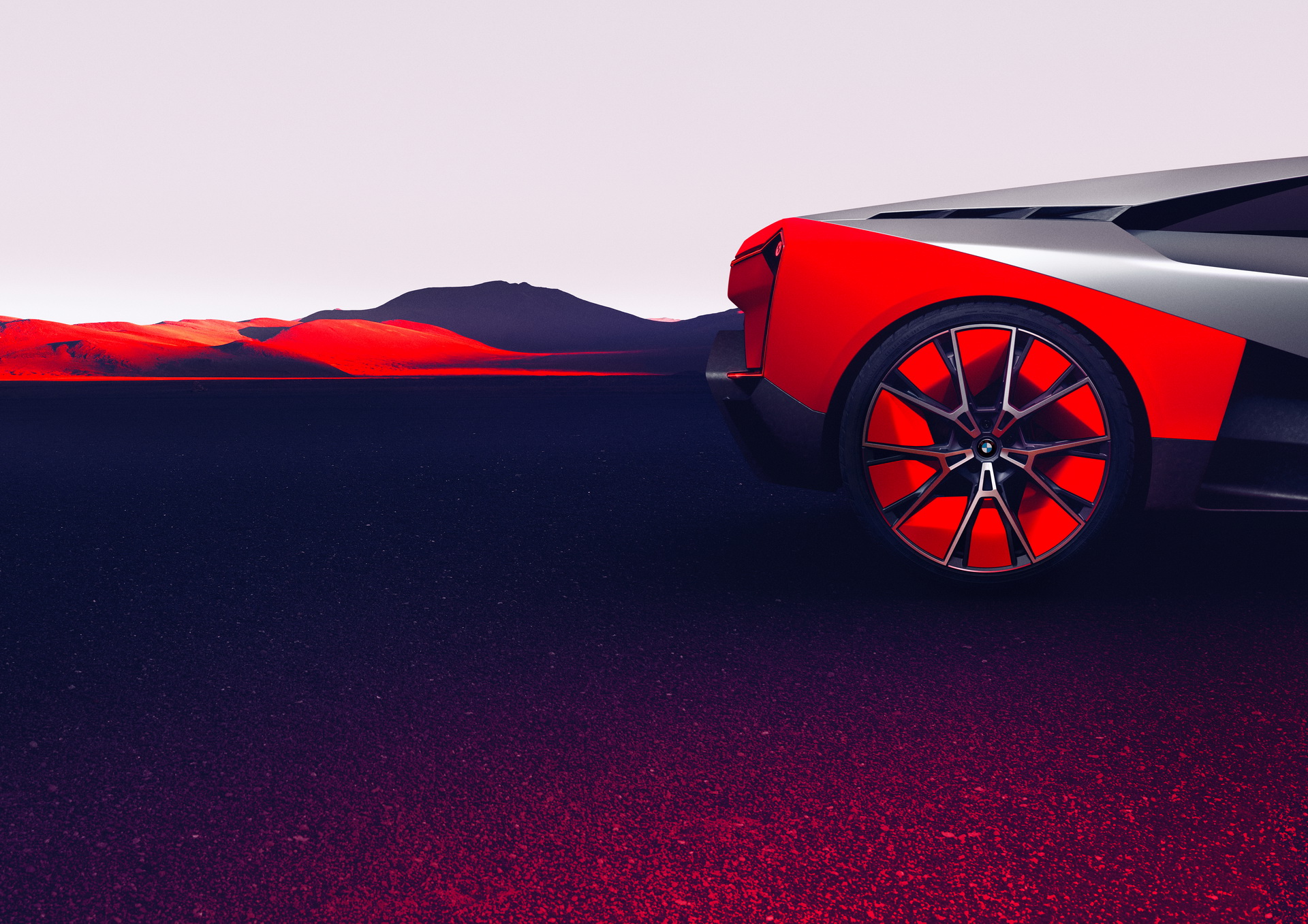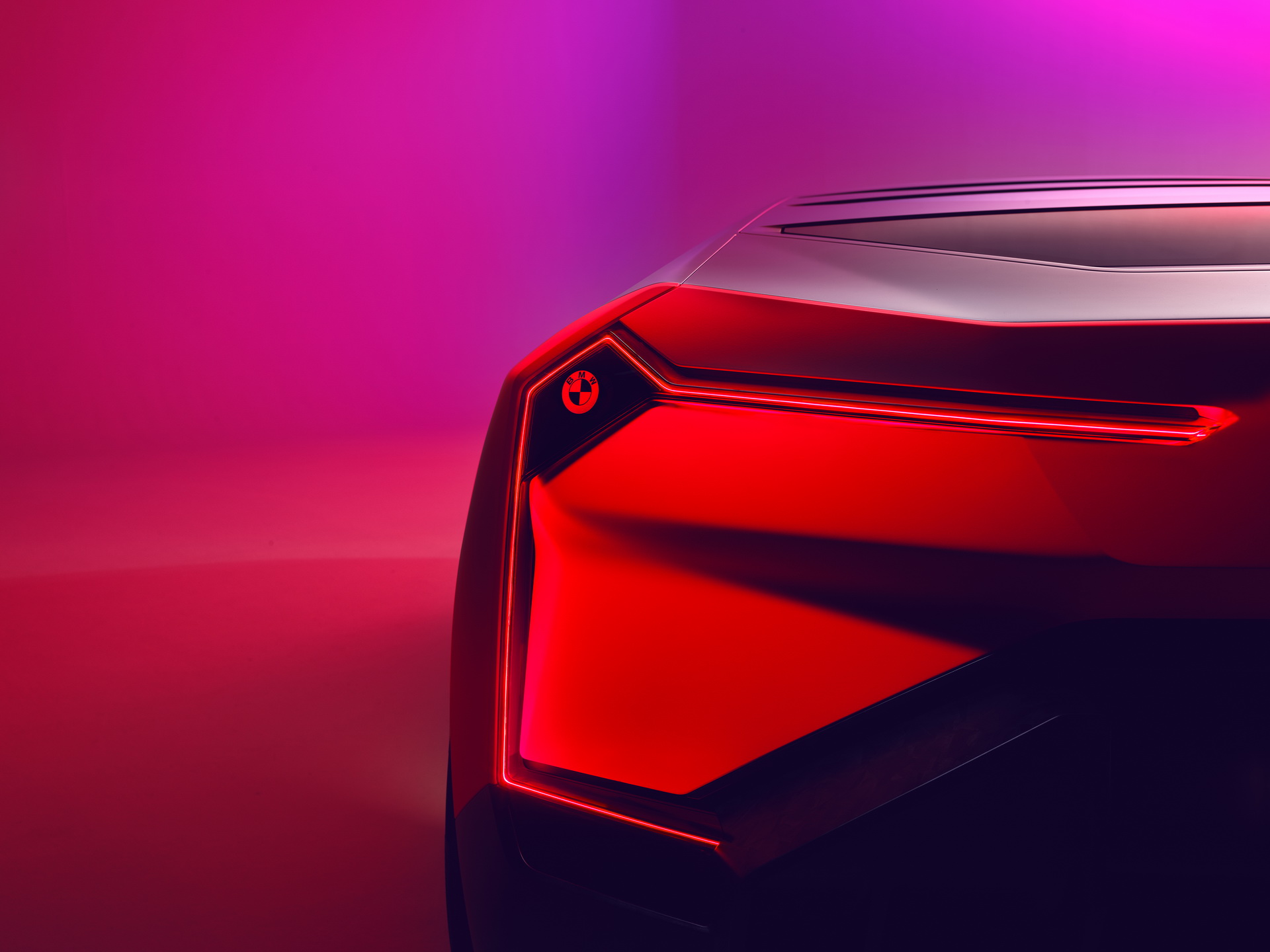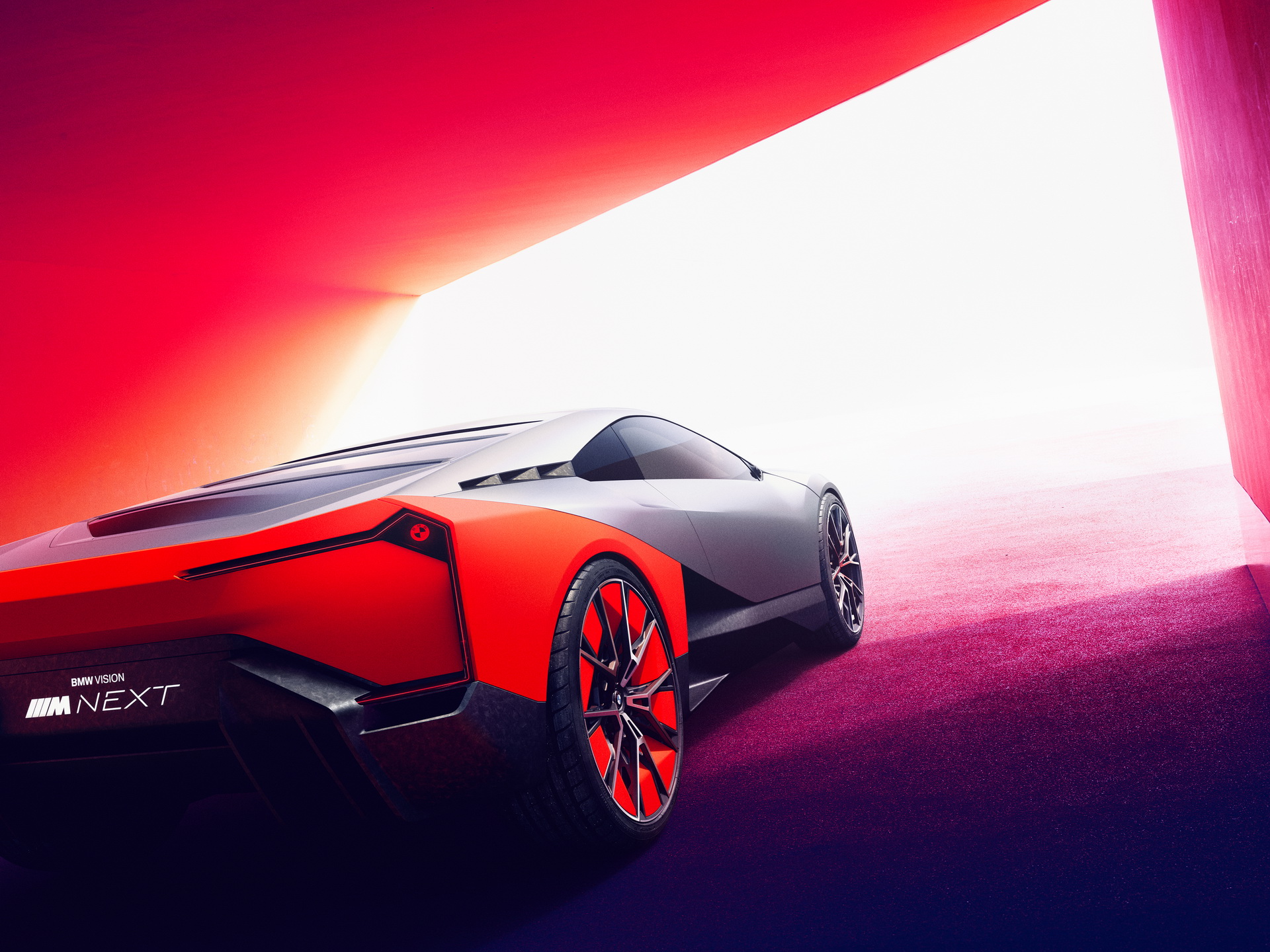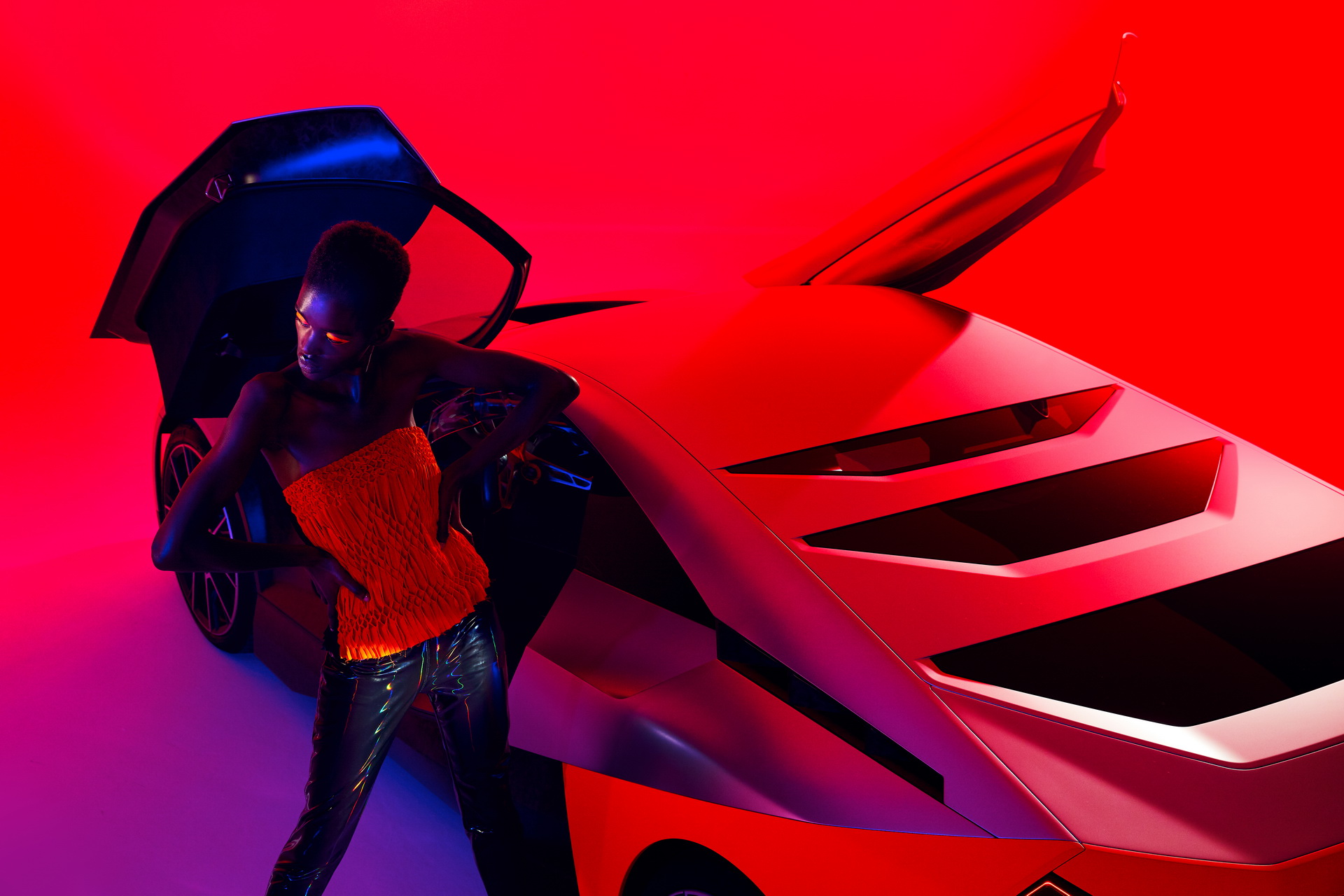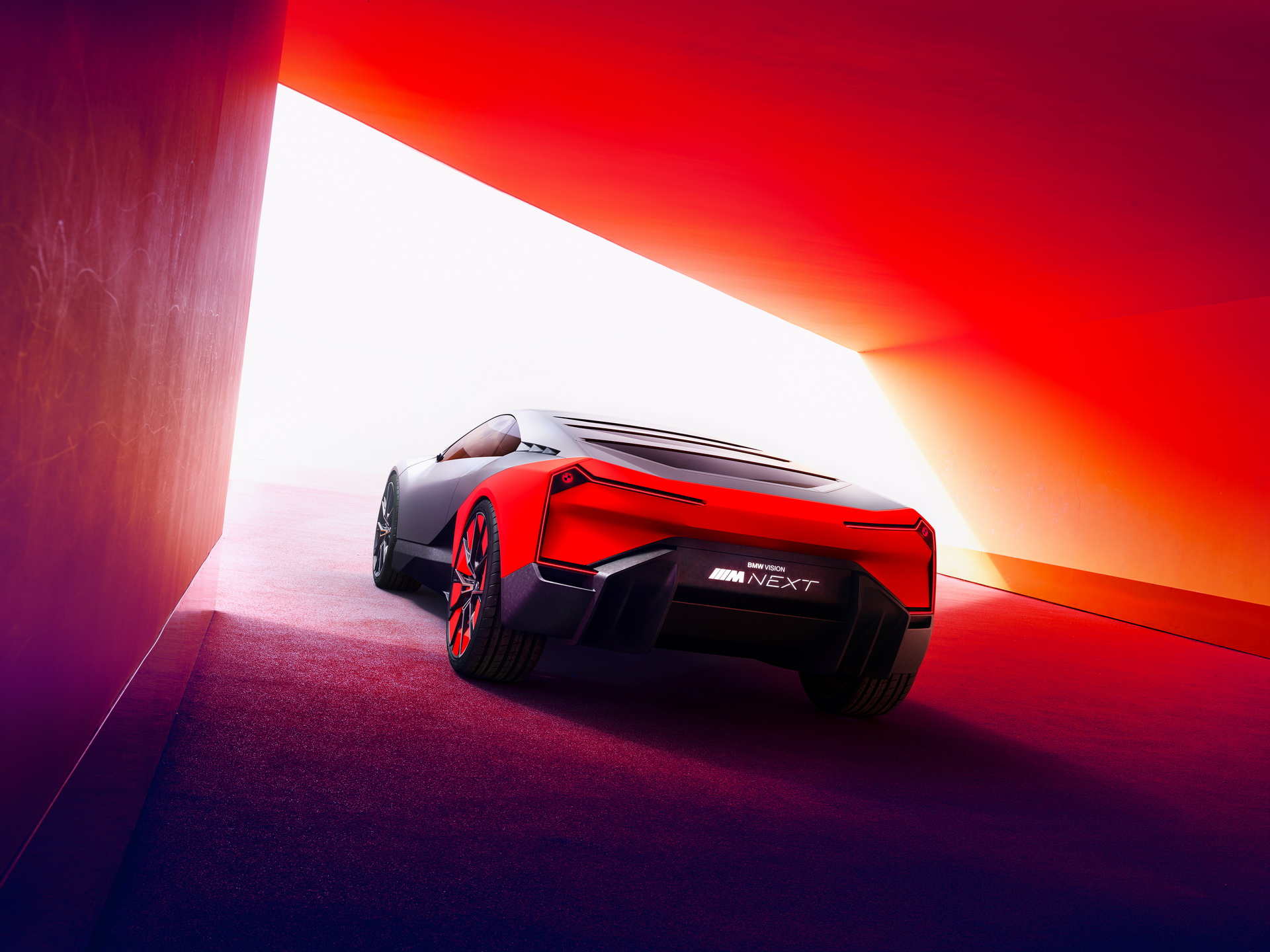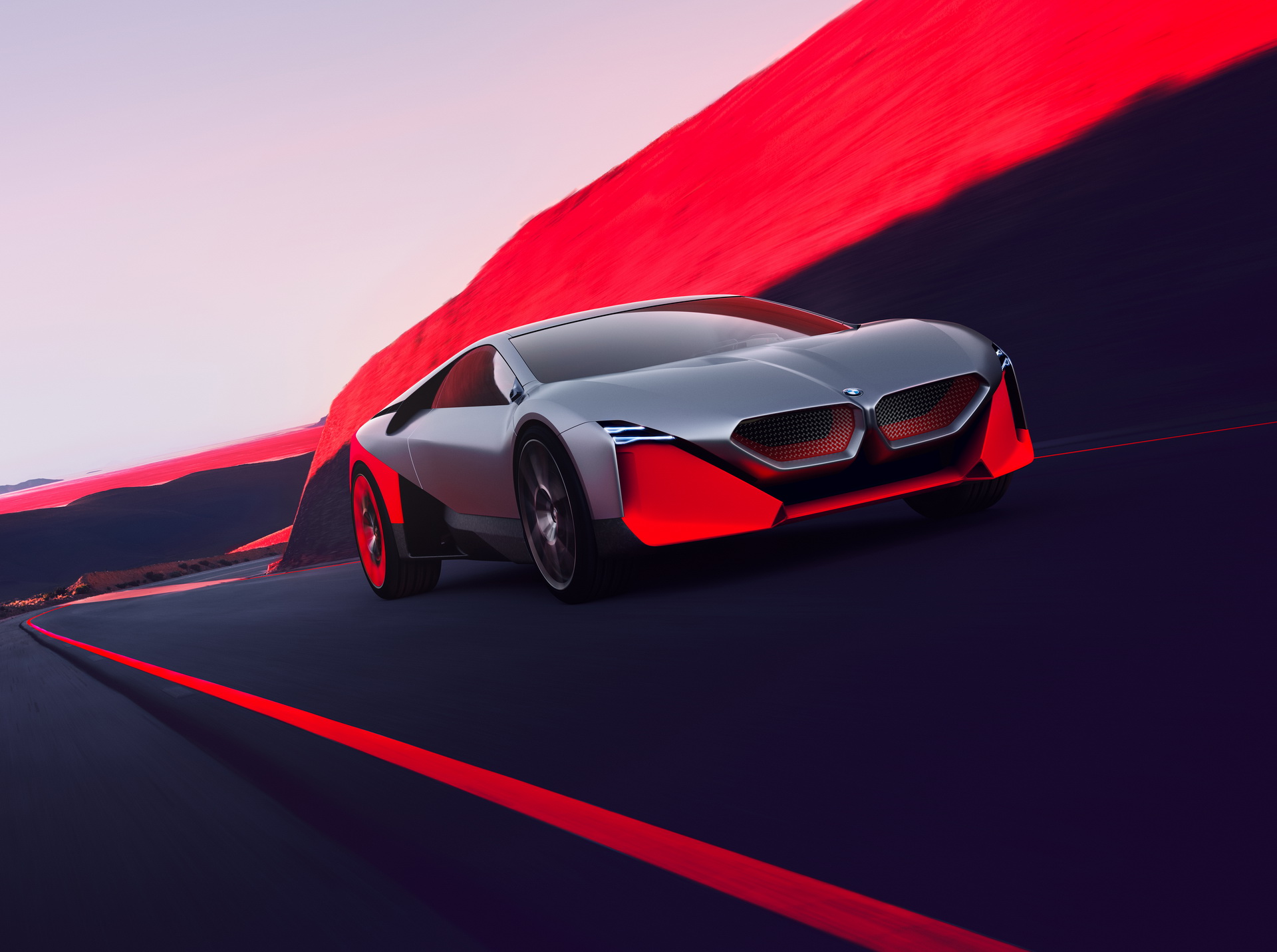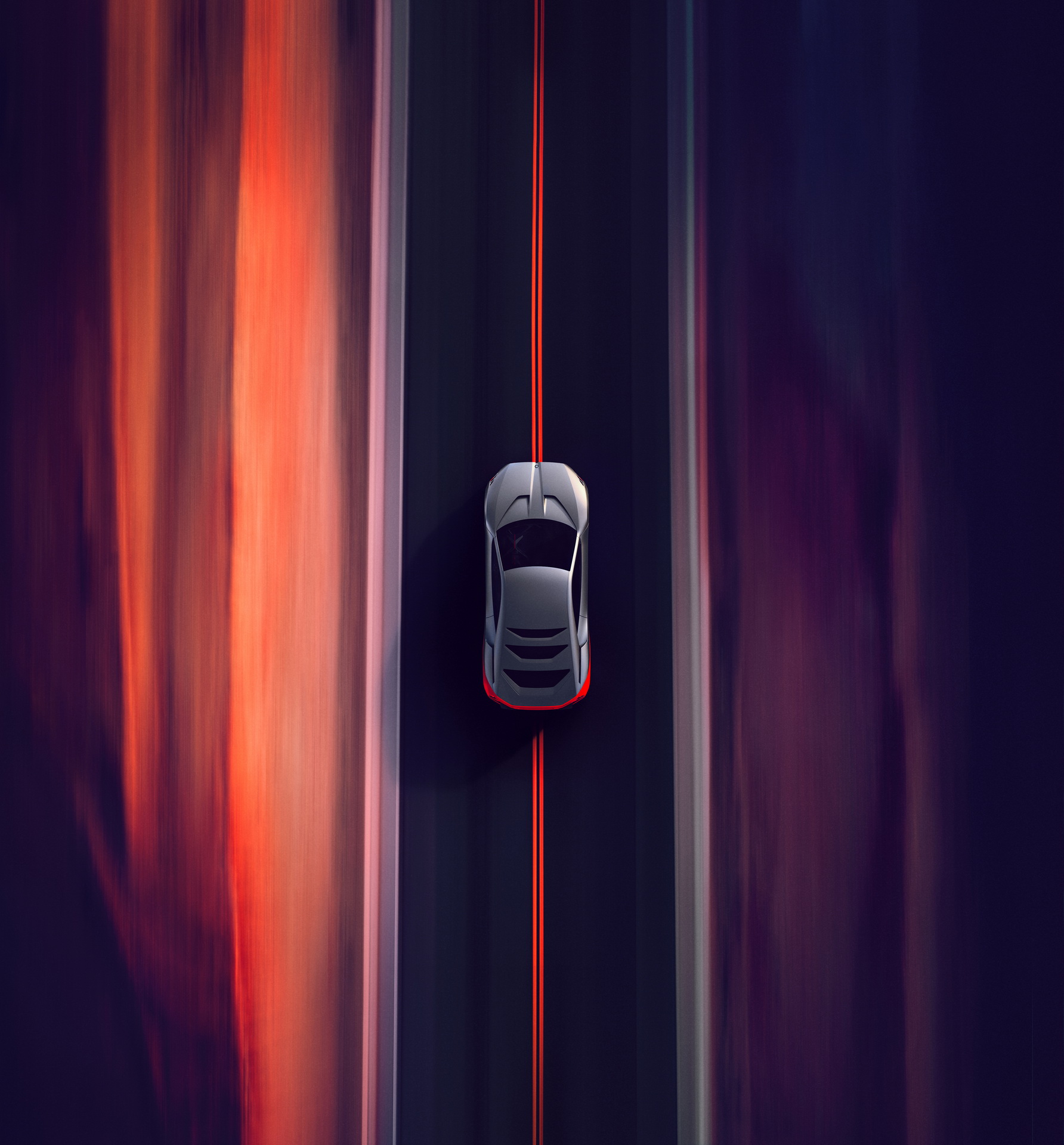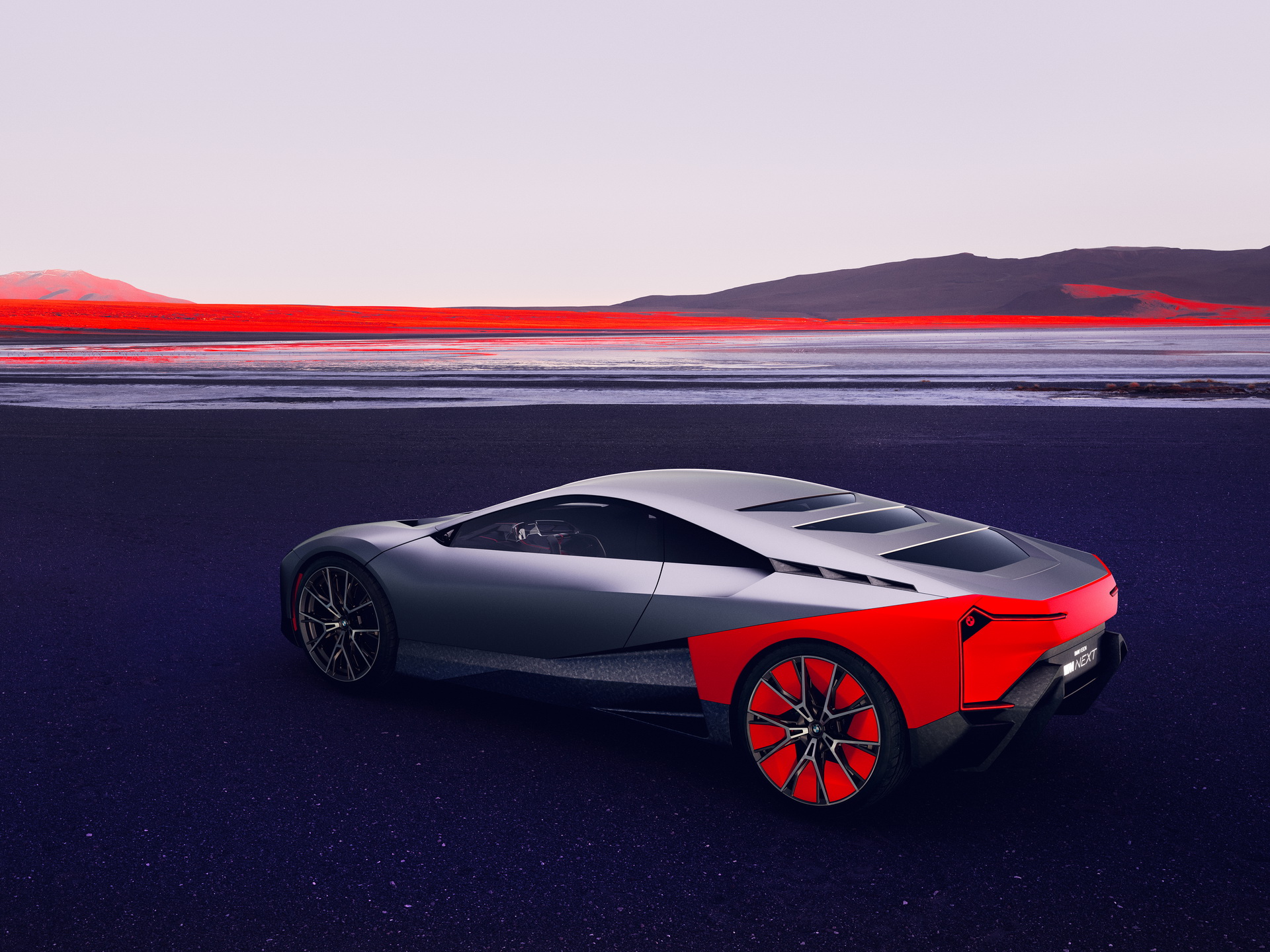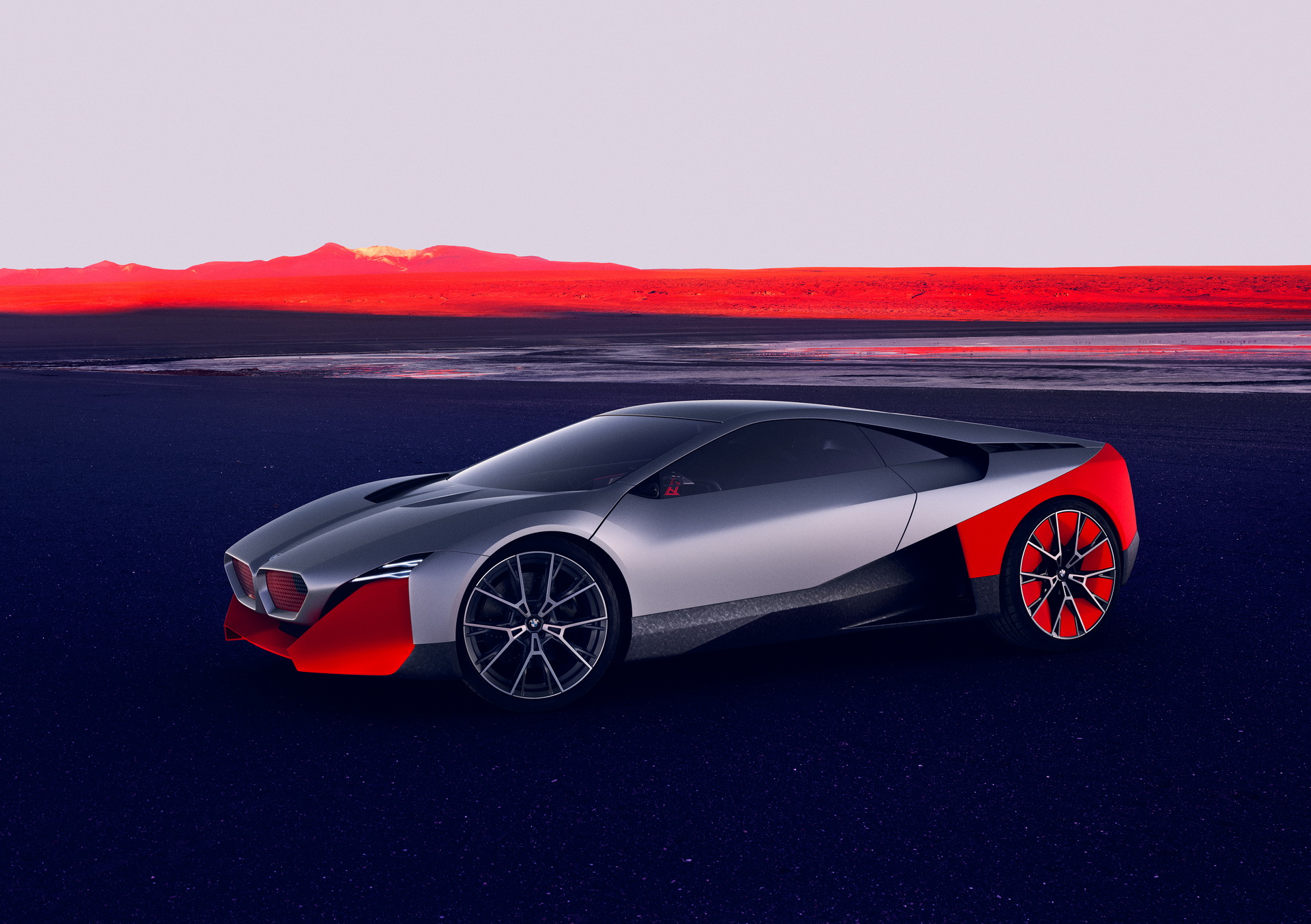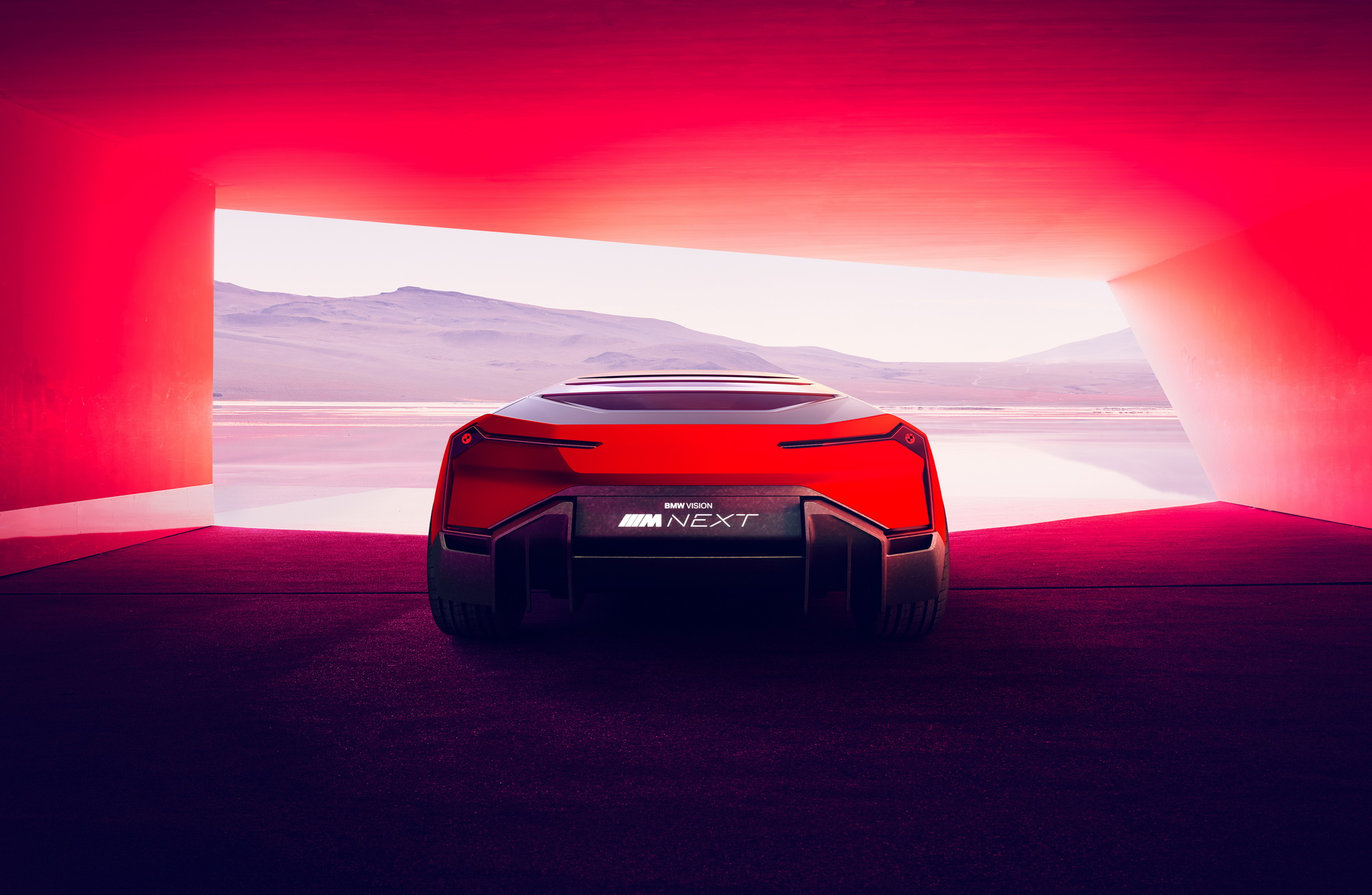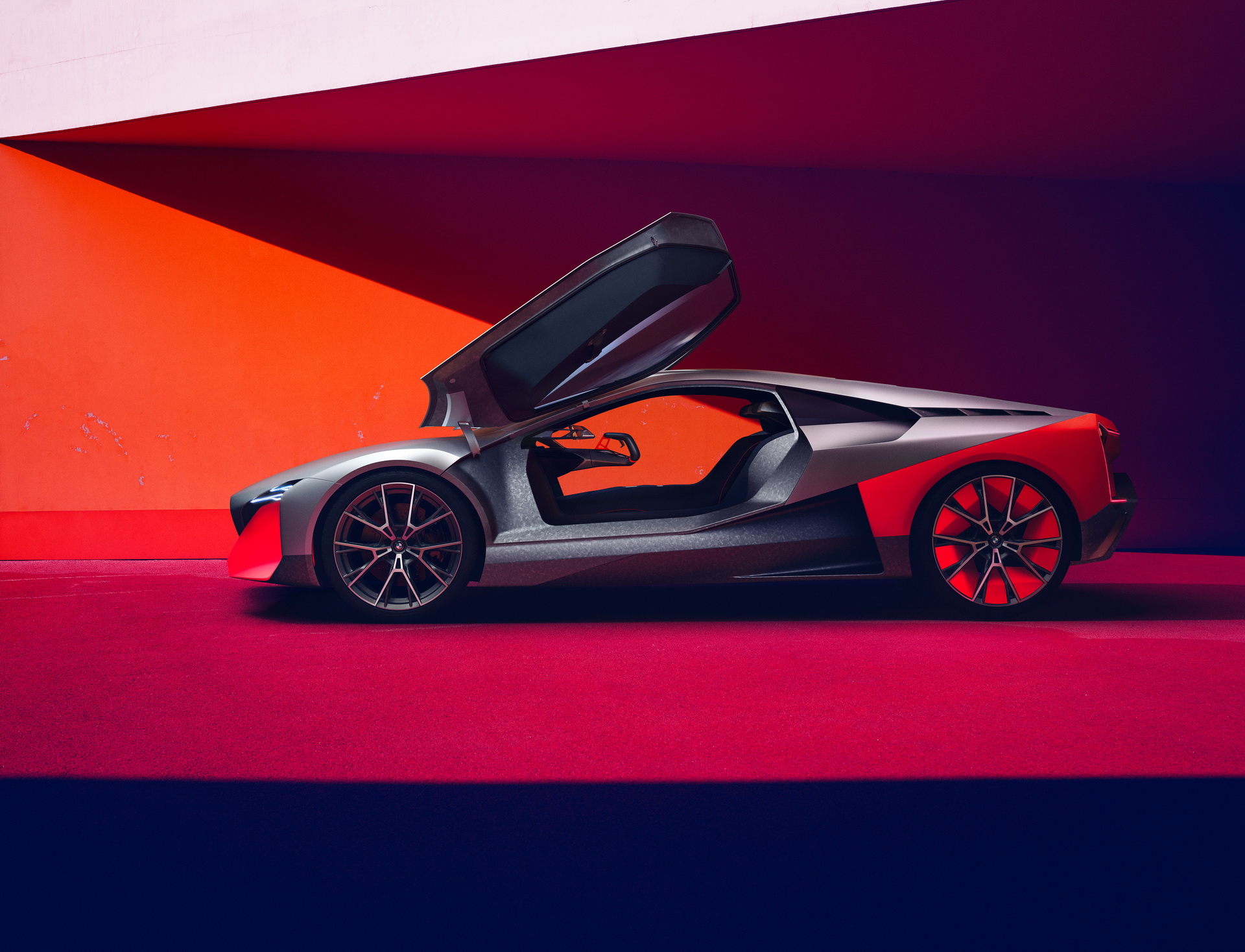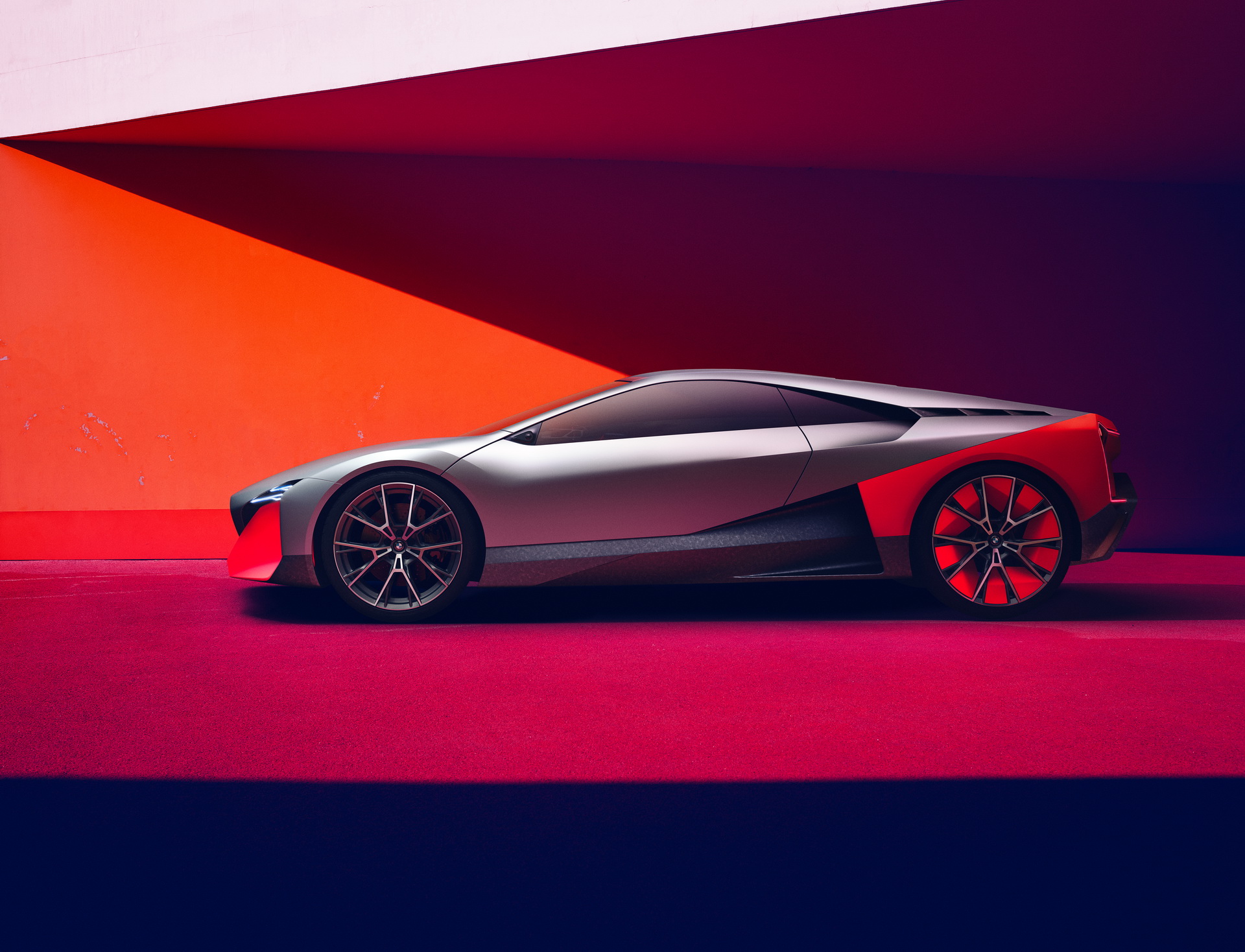In a future where people will be able to choose between being driven by their vehicle and driving their vehicle, BMW is looking to reassure us that their models will continue to focus on actively engaging the driver.
The Vision M Next concept was unveiled at BMW Welt, where the automaker is also showcasing its latest technological advances in the fields of design, autonomous driving, connectivity, electrification and services.
“The BMW Vision M Next provides a glimpse into the future of sporty driving,” stated the company’s senior design VP, Adrian van Hooydonk. “Where the BMW Vision iNEXT illustrated how autonomous driving is set to transform life on board our vehicles, the BMW Vision M NEXT demonstrates how state-of-the-art technology can also make the experience of driving yourself purer and more emotionally engaging. In both models, the focus is firmly on the people inside. Design and technology make the ‘EASE’ and ‘BOOST’ experiences more natural and more intense.”
What is ‘EASE’ and ‘BOOST’ you might ask? Apparently they represents the two available modes of travel, with EASE encompassing what it means to have the vehicle drive you around, whereas BOOST stands for the ultimate driving experience.
Let’s talk Vision M Next
Visually, this concept draws its inspiration from the iconic BMW Turbo as well as the BMW i8 plug-in hybrid. It also features futuristic design elements such as the low-slung, wedge-shape silhouette, gull-wing doors and a very interesting color scheme – the front and rear ends are finished in Thrilling Orange, whereas the rest of the car features a Cast Silver metallic paintwork.
Other fascinating exterior design details include the Laser Wire headlights, the blade-shaped air intake below the kidney grille, recycled carbon fiber side skirts, three-dimensional multi-spoke wheels, a clearly sculpted profile and a low-slung rear end with Laser Wire taillights and a BMW M1-like rear window.
Inside, there is facial recognition technology, allowing the car to unlock automatically when the driver approaches. By pressing the touch sensor on the gull-wing doors, a minimalist interior is revealed.
“The entire interior is focused on the BOOST Pod. The geometry has a deliberately low-key feel so that the driver can concentrate fully on the driving experience,” says Domagoj Dukec, VP of BMW Design.
Also read: BMW Hard At Work Trying To Boost Plug-In Hybrid Image In Europe
The BOOST Pod represents the interface between the driver and vehicle, giving the former all the control options and information he or she might need using three distinct visual tiers positioned in their field of view – two of them placed behind a steering wheel that even K.I.T.T would be envious of. The third is the full-surface Augmented Reality Head-Up Display, which is in the windshield.
As for materials, they range from woven synthetic fibers to anodized titanium and painted surfaces. BMW kept the use of leather to a minimum on purpose, which is why it can only be found on surfaces that the driver’s and passenger’s hands touch directly (steering wheel, door grab handles). The rest of the cabin is upholstered in a Midnight Blue microfiber fabric, which actually looks and feels similar to leather. As a finishing touch, there are Thrilling Orange contrasting inserts found throughout.
How fast does it go?
In the end, it always comes down to performance, especially with these types of vehicles. The BMW Vision M Next features a Power PHEV drive system that offers the choice between electric all-wheel drive and pure rear-wheel drive, with either all-electric propulsion or petrol power courtesy of a turbocharged four-cylinder petrol unit.
In total, the concept has a maximum system output of 441 kW (600 PS / 592 HP) which translates into a top speed of 186 mph (300 km/h). In a straight line, it can accelerate from zero to 62 mph (100 km/h) in just three seconds flat. As for its range in all-electric mode, that would be 62 miles (100 km), making this car suitable for city centers with zero-emissions zones.



